
Burnt umber
What color is Burnt umber? What are the examples of Burnt umber color in life? What color is close to burnt umber? What looks best in Burnt umber? What strange or uncommon things can be of the Burnt umber color? What color is dabis hair? The Burnt Umber Odyssey Burnt umber, Illustrations
What color is Burnt umber?
It is a dark, warm, and reddish-brown color that is made by heating raw umber, a natural earth pigment.
The name "umber" comes from the Italian word "terra d'ombra", which means "earth of Umbria", a region in Italy where the pigment was first mined.
Burnt umber has been used as a paint color for thousands of years, dating back to the Neolithic period.
It was popular among many famous artists, especially during the Baroque era, when it was used to create dramatic contrast between light and dark in paintings.
Some of the artists who used burnt umber were Rembrandt and Caravaggio.
Burnt umber can be created by mixing the primary colors blue, green, and red, with a dash of yellow.
The hexadecimal color code for burnt umber is #8A3324, and the RGB color code is 138, 51, 36
The hue, saturation, and lightness values are 8.8°, 58.6%, and 34.1%.
It is a rich and versatile color that can be used for various purposes, such as painting, drawing, coloring, decorating, or designing.
This color can evoke a sense of warmth, earthiness, elegance, or nostalgia, depending on the context and mood.
Burnt umber is also known as the painter's color, as it can help to create realistic shadows, depth, and texture in artworks.
Burnt umber is the color of the earth
The soil that nourishes the seeds of life
The clay that shapes the vessels of art
The dust that covers the traces of time
Burnt umber is the color of the fire
The flame that burns with passion and desire
The spark that ignites the creative power
The glow that warms the darkest hour
Burnt umber is the color of the history
The pigment that paints the stories of the past
The tone that adds the drama and the mystery
The hue that makes the memories last
Example of the palette with the Burnt umber color
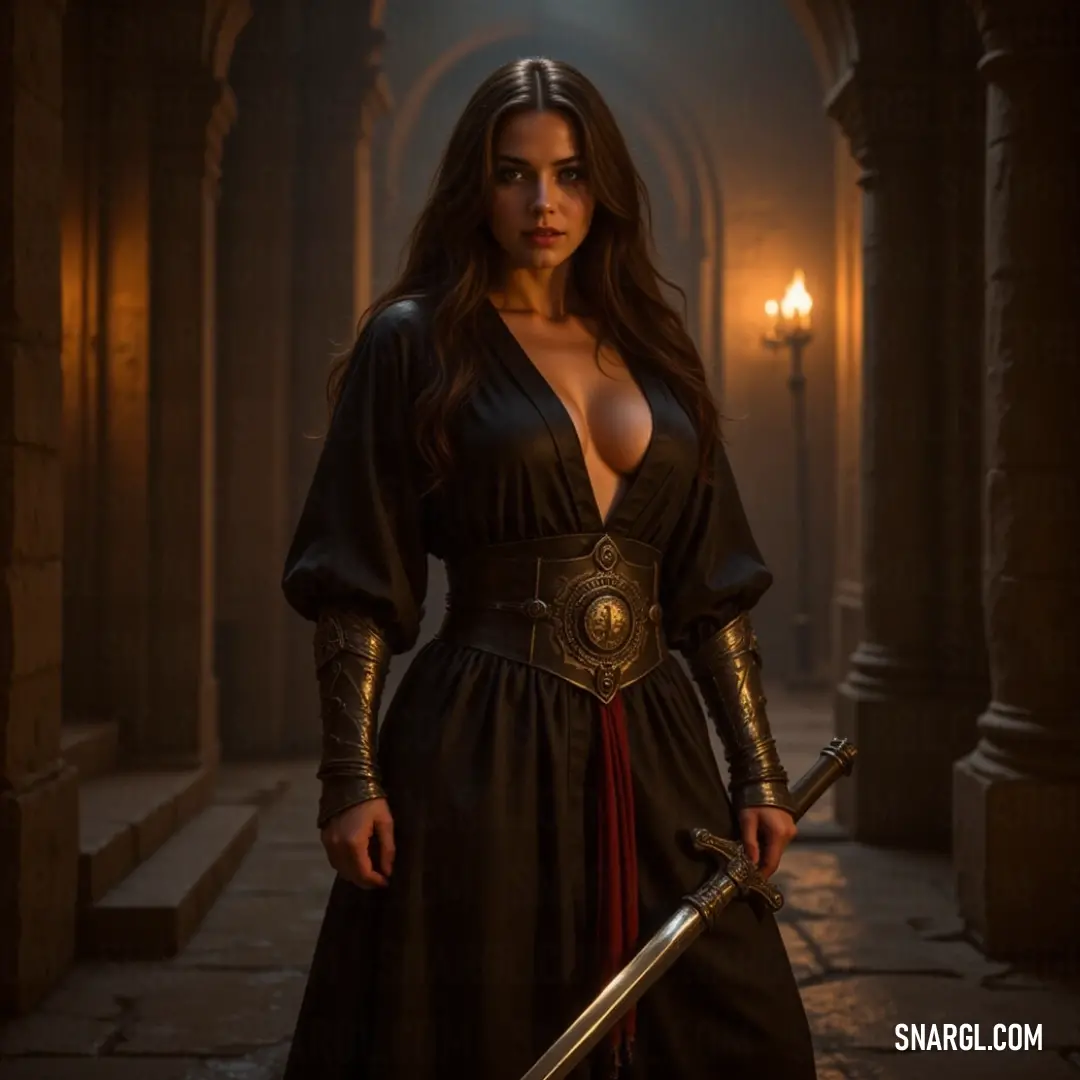
See these colors in NCS, PANTONE, RAL palettes...
Example of the palette with the Burnt umber color
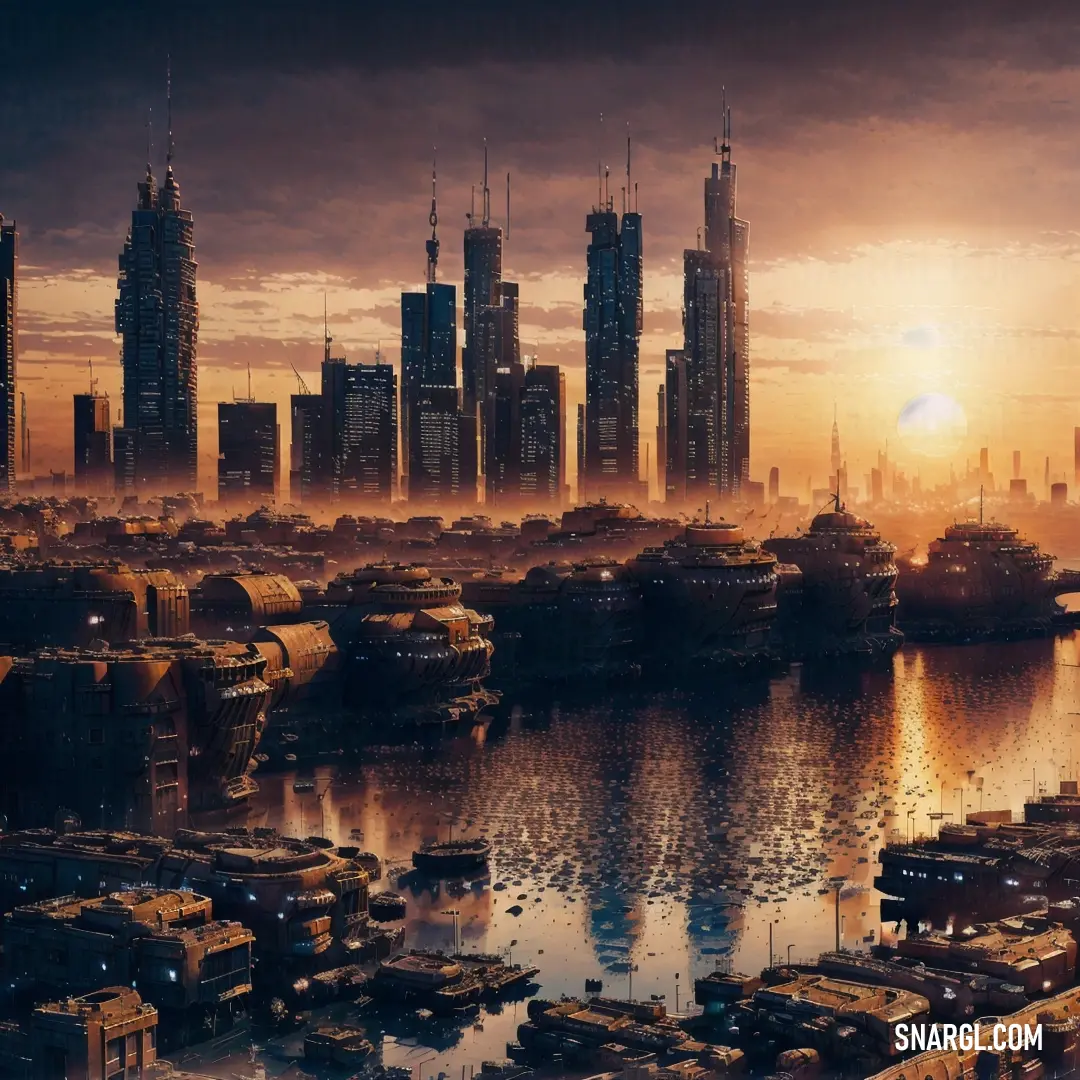
See these colors in NCS, PANTONE, RAL palettes...
What are the examples of Burnt umber color in life?
Burnt umber and other natural earth pigments have been used for centuries in painting, as they can create rich, dark tones and contrast.
Some examples of burnt umber color in life are:
Wood: Many types of wood, such as oak, walnut, mahogany, and cherry, have a burnt umber color or hue.
It can be stained with burnt umber pigment to enhance its natural beauty and warmth.Leather: Leather is a durable material made from animal skin, often dyed with various colors.
Burnt umber is a common color for leather, as it gives it a rustic and vintage look.
Leather can be used for clothing, furniture, bags, shoes, and more.Soil: Soil is the mixture of organic and inorganic materials that covers the surface of the earth.
It can have different colors depending on its composition and location.
Burnt umber is a color that can be found in some soils, especially those that are rich in iron and manganese oxides.Coffee beans: Coffee beans are the seeds of the coffee plant, which are roasted and ground to make coffee.
Coffee beans can have different colors depending on their roast level, from light to dark.
Burnt umber is a color that can be seen in some dark-roasted coffee beans, which have a strong and bitter flavor.Chocolate: Chocolate is a sweet and delicious food made from cocoa beans, which are also roasted and ground.
It can have different colors depending on its cocoa content, from white to dark.
Example of the palette with the Burnt umber color
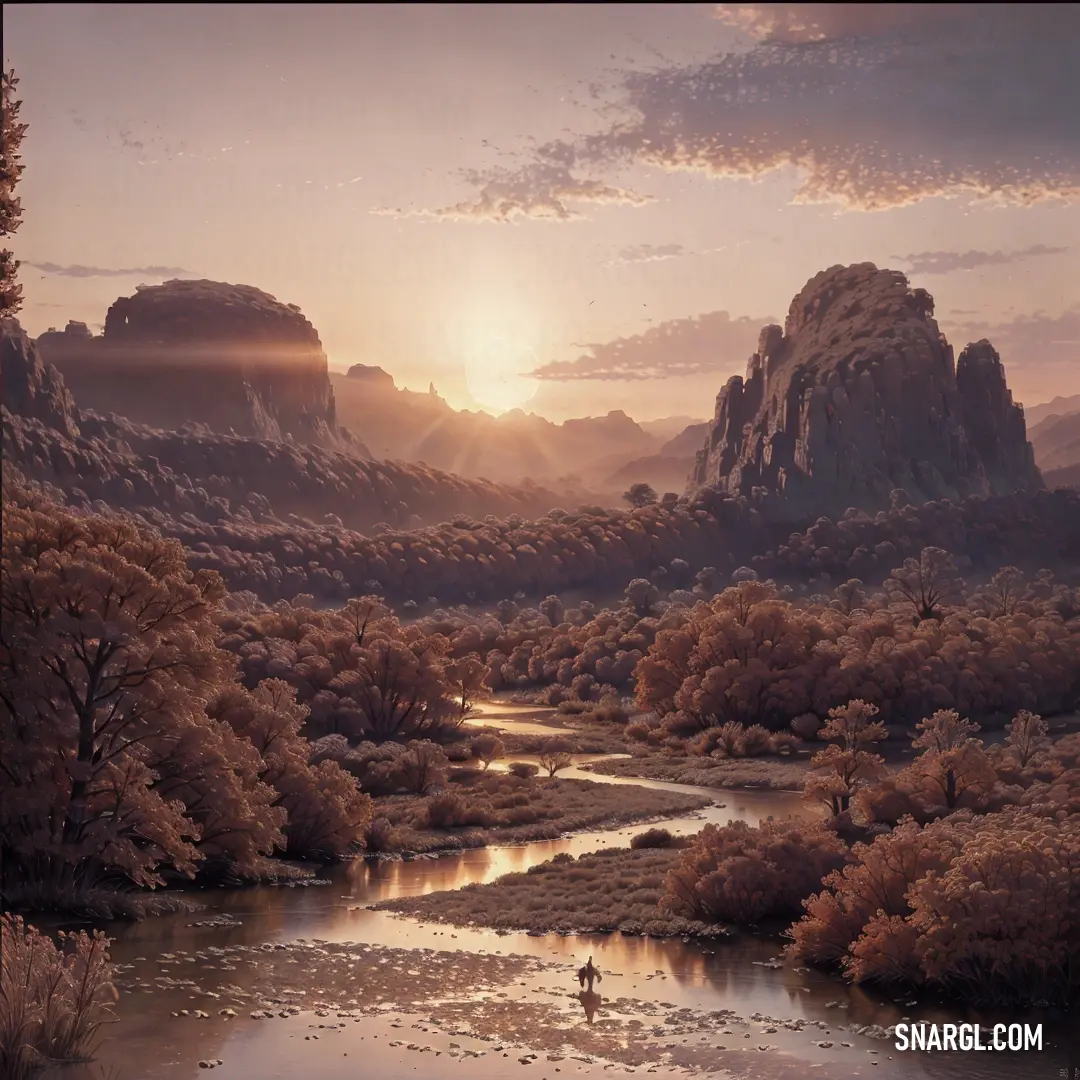
See these colors in NCS, PANTONE, RAL palettes...
Example of the palette with the Burnt umber color
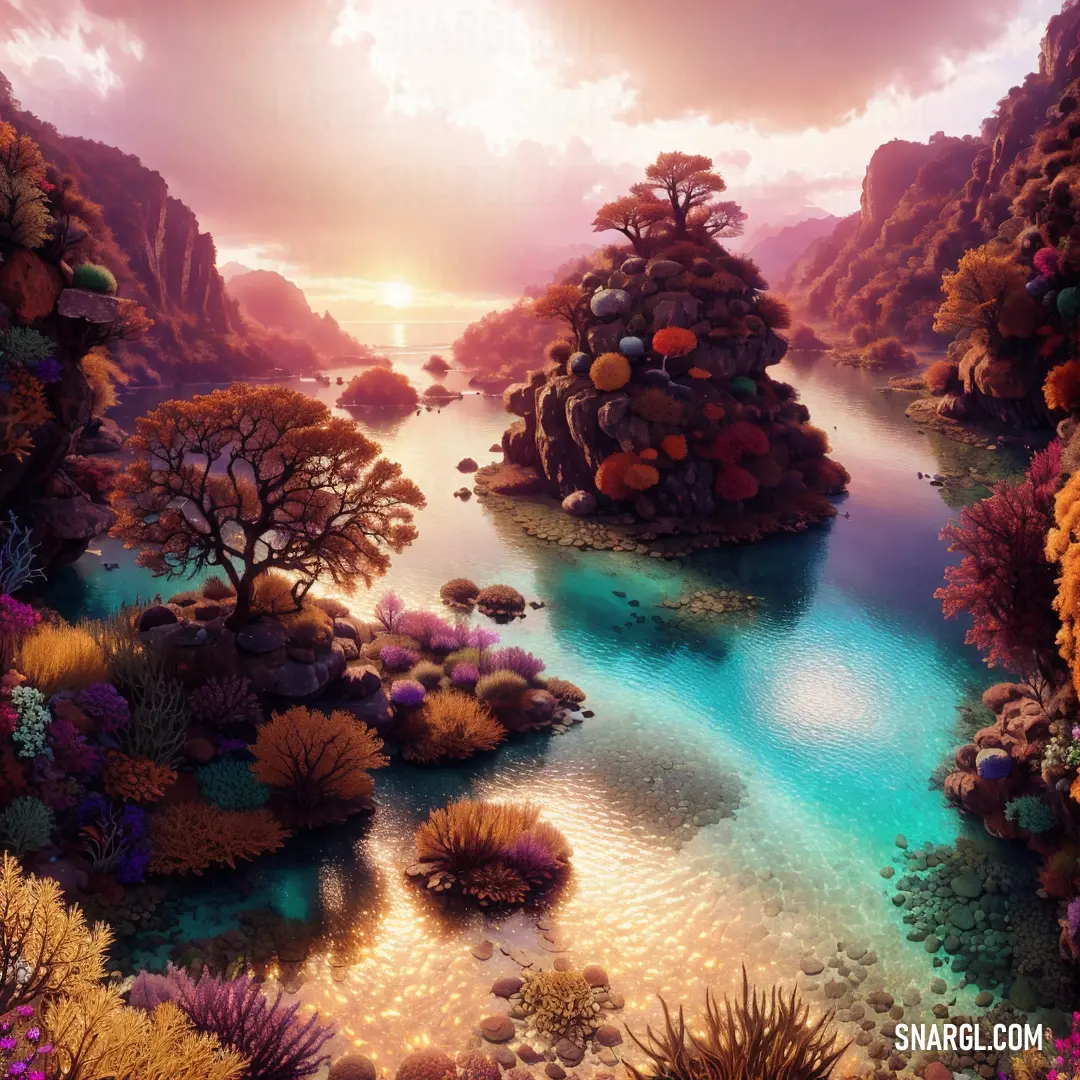
See these colors in NCS, PANTONE, RAL palettes...
What color is close to burnt umber?
Example of the palette with the Burnt umber color
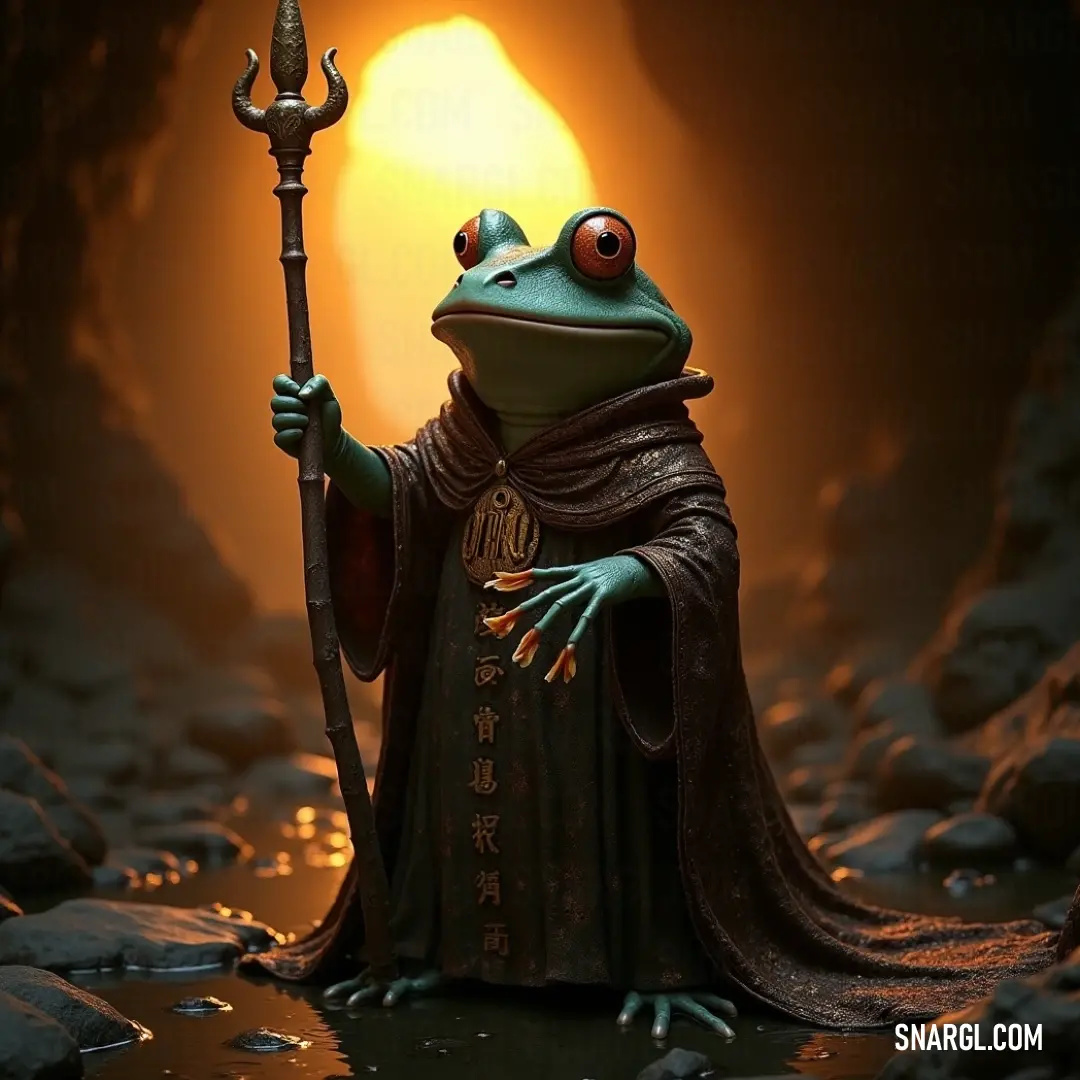
See these colors in NCS, PANTONE, RAL palettes...
Example of the palette with the Burnt umber color
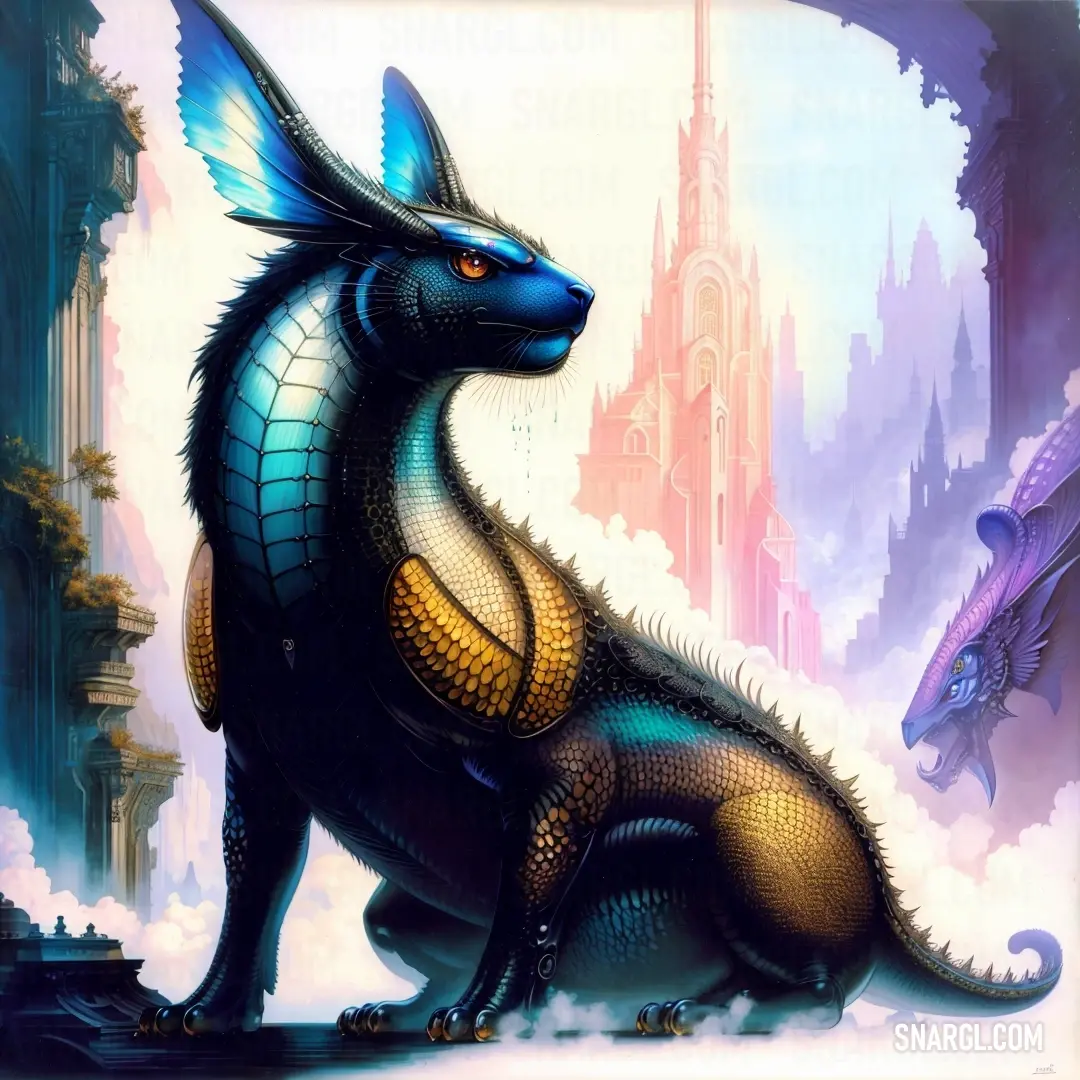
See these colors in NCS, PANTONE, RAL palettes...
What looks best in Burnt umber?
It can also complement many other colors and enhance their beauty.
Here are some examples of what looks best in burnt umber:
Furniture: Burnt umber can be a great choice for wooden furniture, such as tables, chairs, cabinets, or shelves.
It can add a rustic and natural charm to your home, as well as a sense of stability and comfort.
Burnt umber furniture can also contrast well with lighter colors, such as white, cream, or beige, creating a balanced and harmonious look.Walls: Burnt umber can be used as a wall color to create a dramatic and sophisticated backdrop for your room.
It can make your space feel more intimate and cozy, as well as accentuate the architectural features of your room, such as fireplaces, moldings, or windows.
Burnt umber walls can also work well with metallic accents, such as gold, silver, or bronze, adding some sparkle and glamour to your space.Clothing: Burnt umber can be a flattering and versatile color to wear, especially in the fall and winter seasons.
It can complement many skin tones and hair colors, as well as bring out the warmth and depth of your eyes.
Burnt umber clothing can also pair well with many other colors, such as green, blue, purple, or orange, creating a colorful and stylish outfit.
Example of the palette with the Burnt umber color
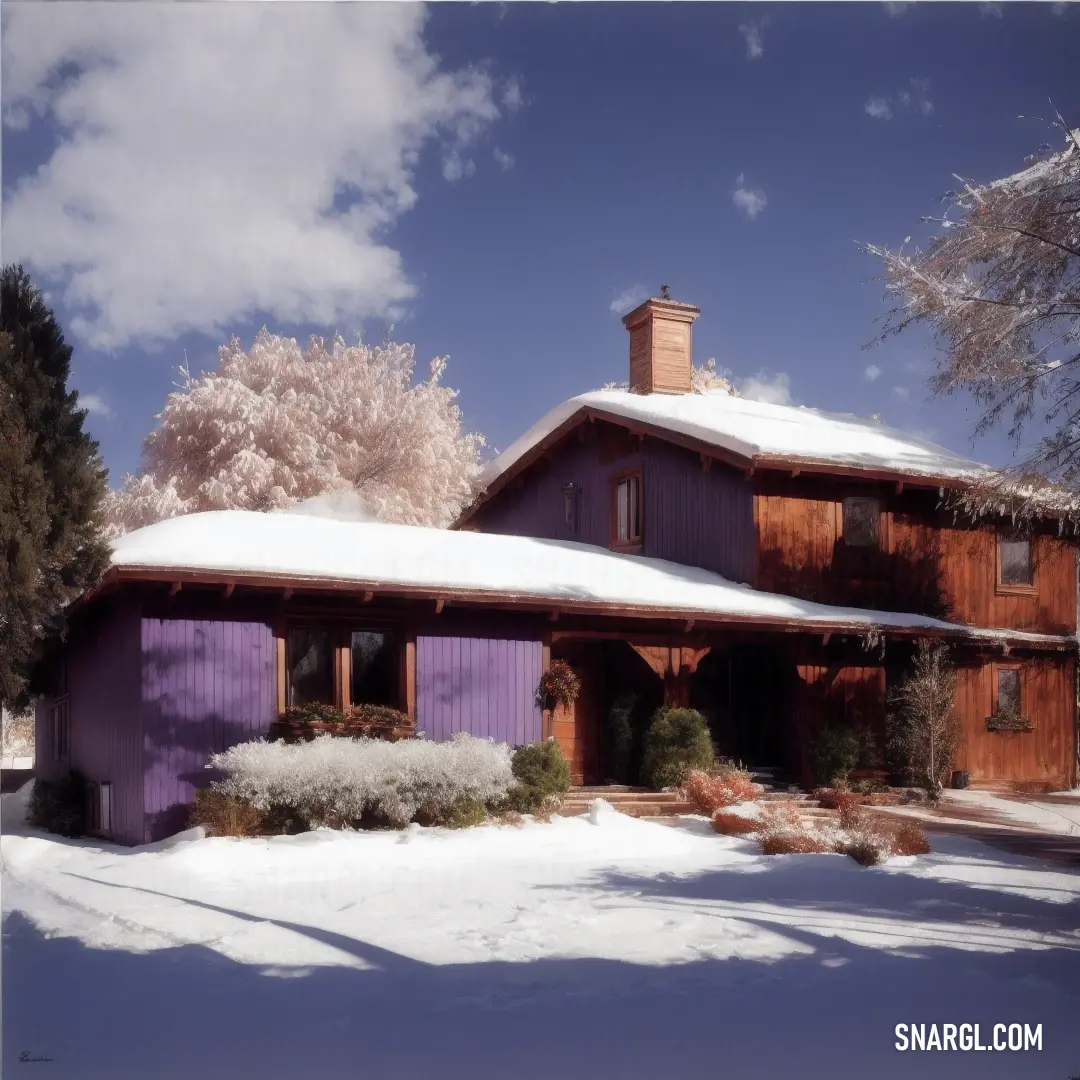
See these colors in NCS, PANTONE, RAL palettes...
Example of the palette with the Burnt umber color
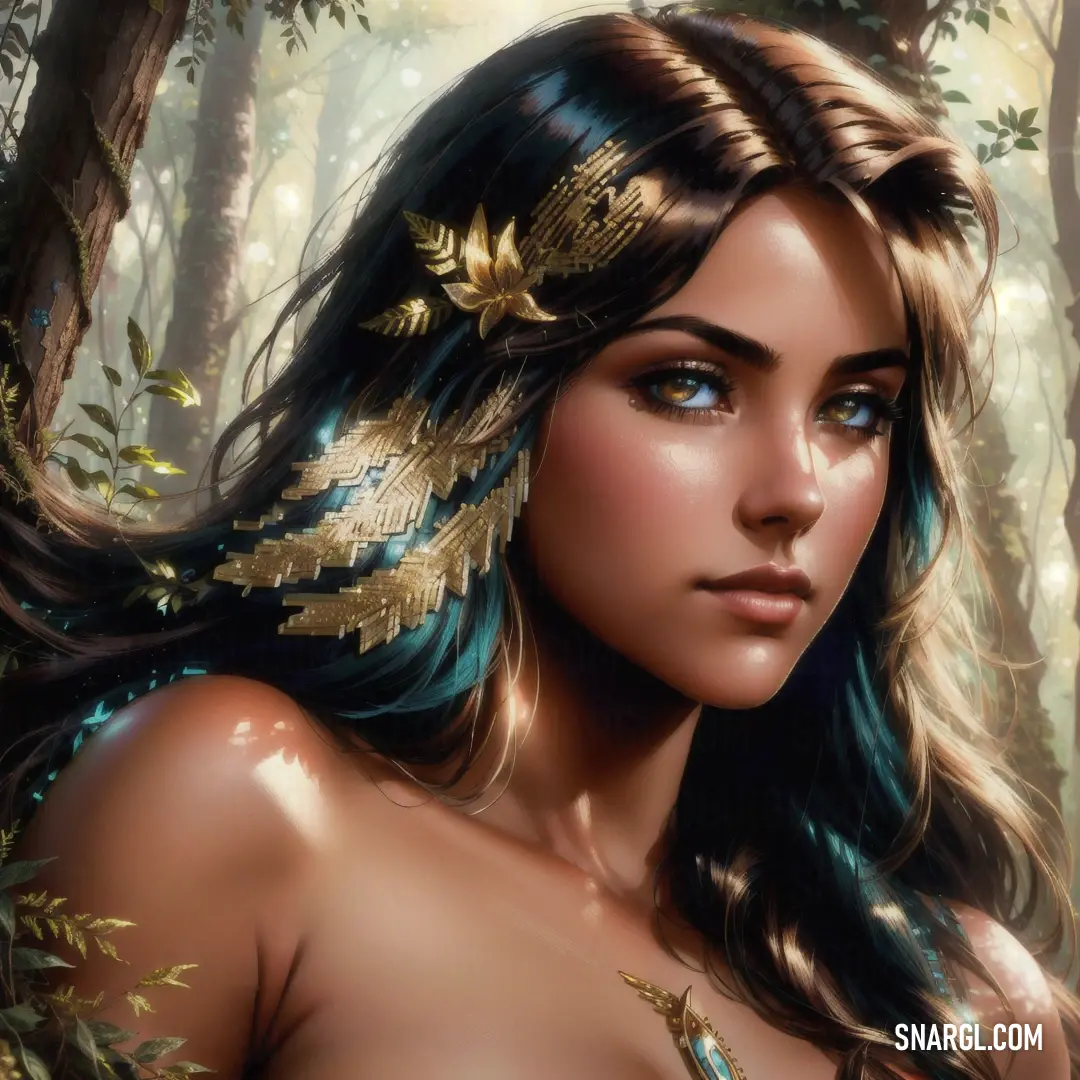
See these colors in NCS, PANTONE, RAL palettes...
What strange or uncommon things can be of the Burnt umber color?
Example of the palette with the Burnt umber color
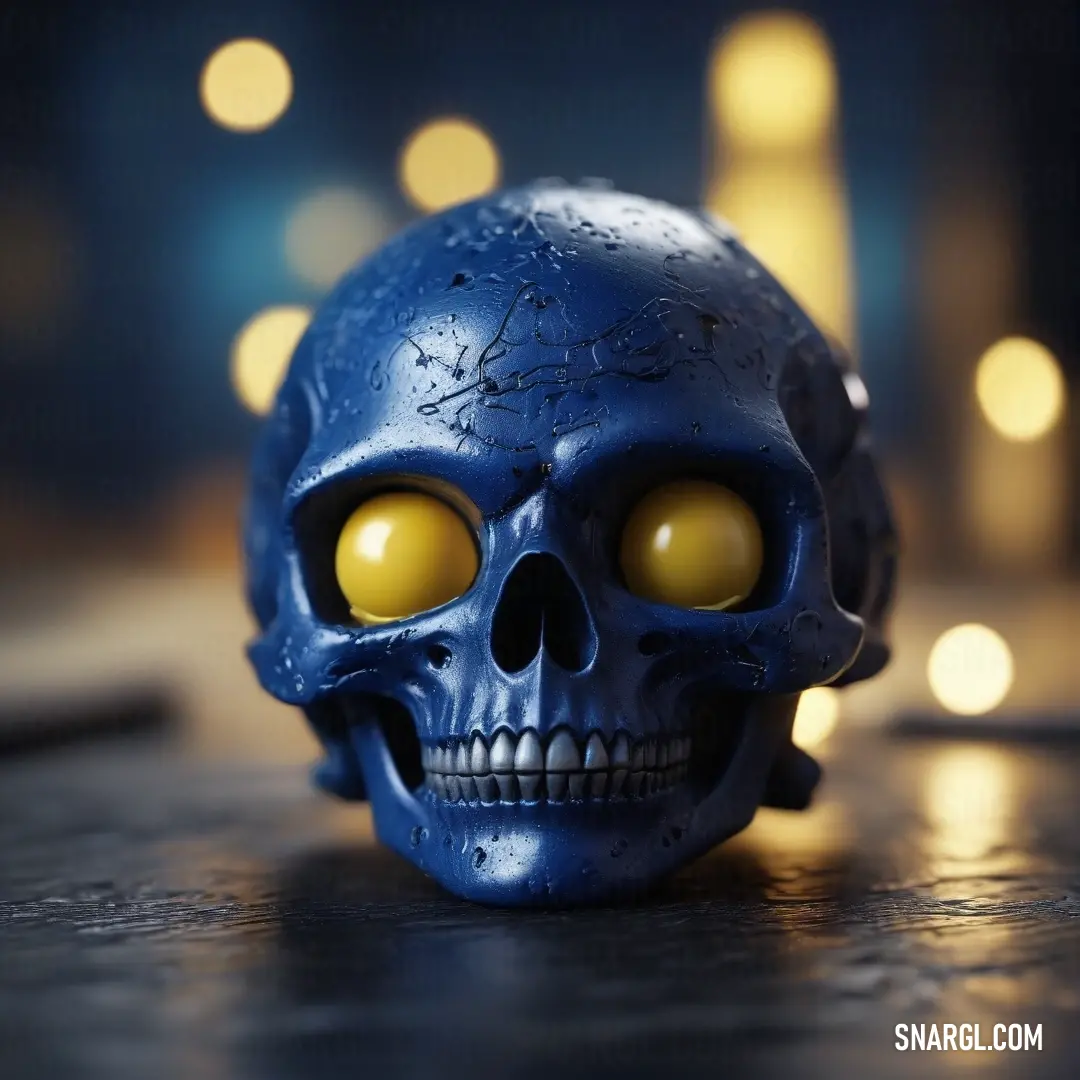
See these colors in NCS, PANTONE, RAL palettes...
What color is dabis hair?
Example of the palette with the Burnt umber color
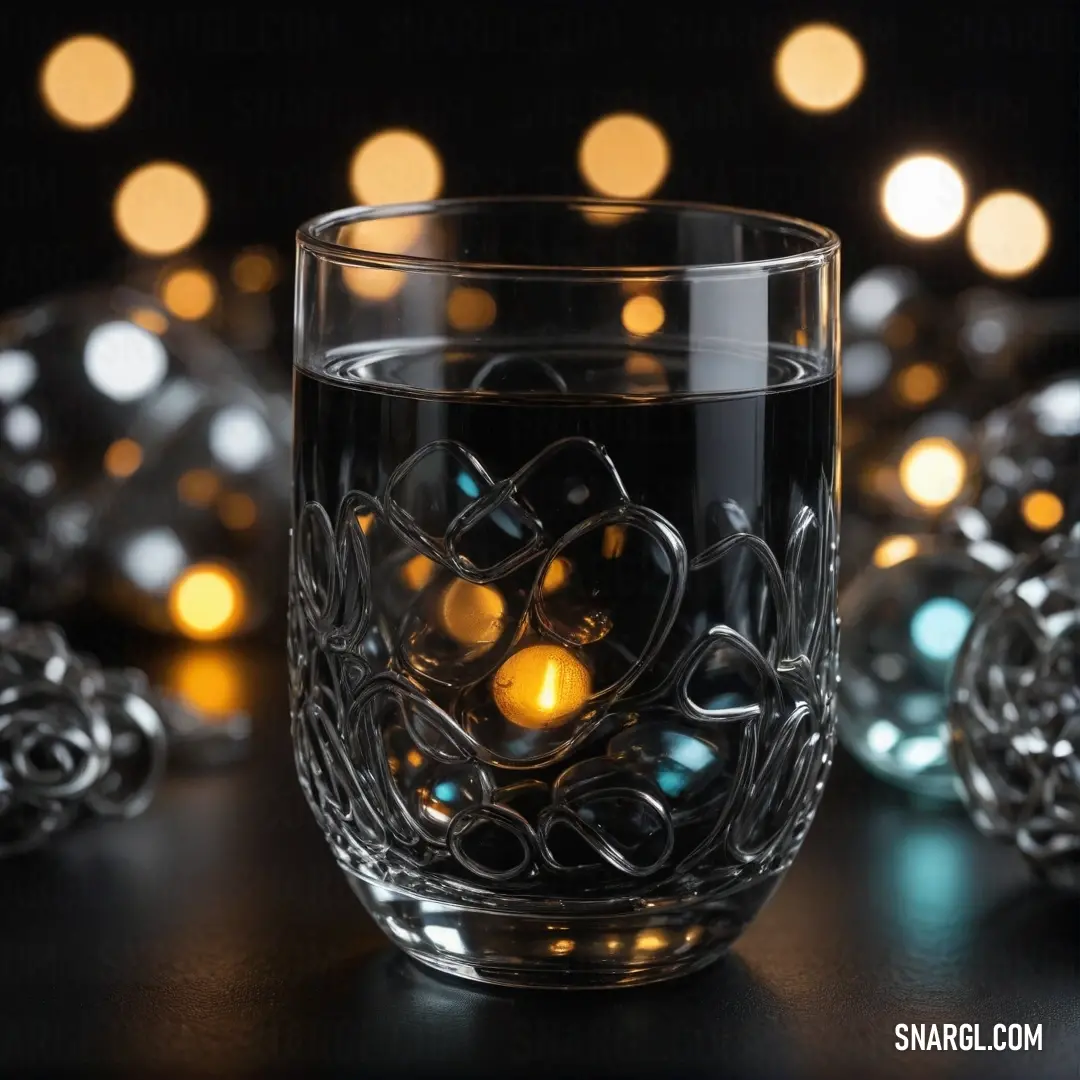
See these colors in NCS, PANTONE, RAL palettes...
Example of the palette with the Burnt umber color
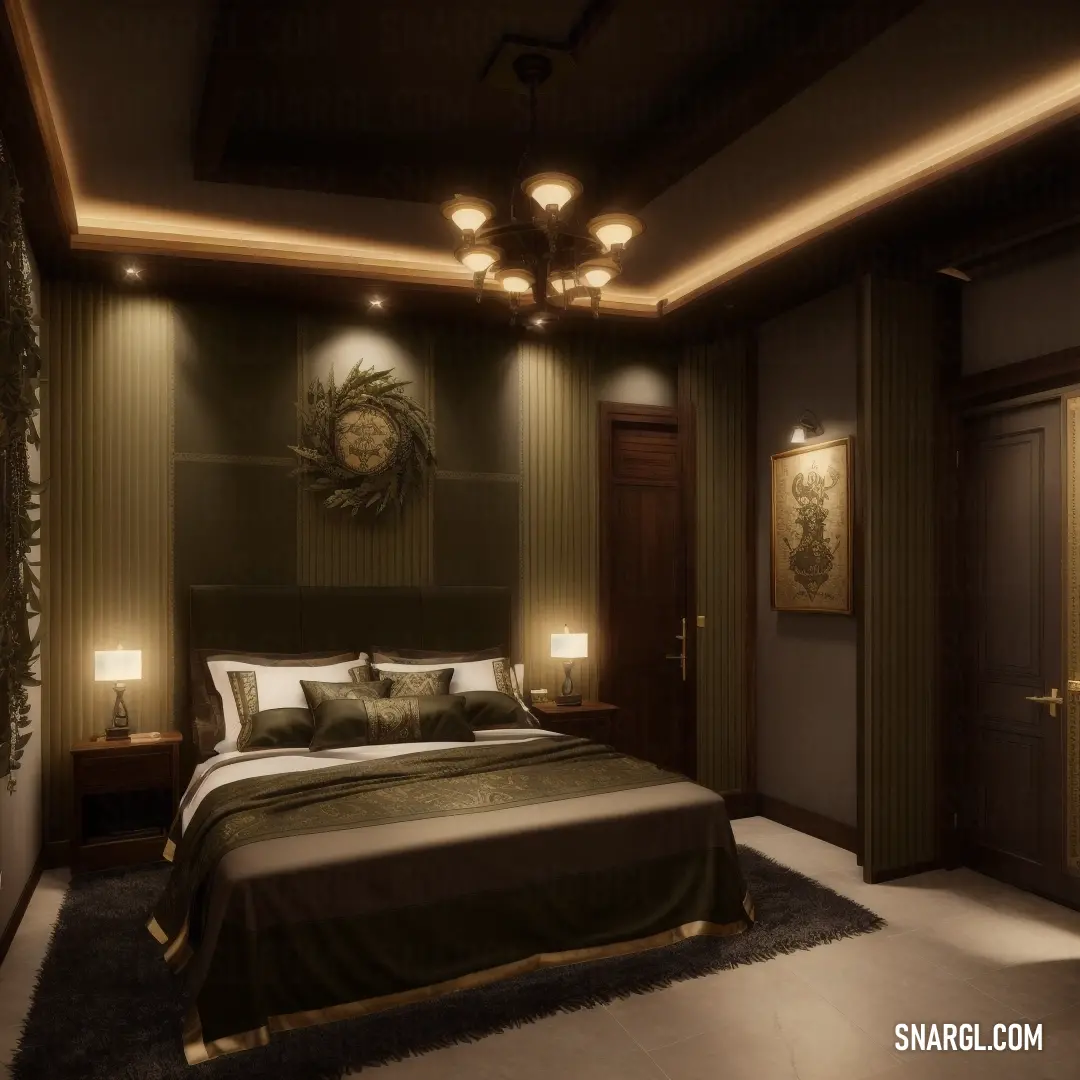
See these colors in NCS, PANTONE, RAL palettes...
The Burnt Umber Odyssey
One day, a writer named Scarlett Buffalo arrived in Marlin's Cove. Scarlett was in search of inspiration for her next novel and had heard tales of Ralph's unique fishing techniques. Intrigued, she decided to stay in the village for a while and observe Ralph's daily routines.

Scarlett was a woman of vivid imagination and keen observation. She noticed how the burnt umber color seemed to blend seamlessly with the natural surroundings, creating a sense of harmony and tranquility. This sparked an idea in her mind – what if she could use this color in her writing to evoke similar feelings in her readers?
One evening, as the sun dipped below the horizon, casting a burnt umber glow over the sea, Scarlett approached Ralph with a proposition. "Ralph, I believe your favorite color holds a secret power. Would you be willing to help me explore its potential in a new way?"
Ralph, always up for an adventure, agreed. Together, they embarked on a journey to discover the hidden magic of burnt umber. They started by painting Ralph's boat entirely in burnt umber, transforming it into a floating masterpiece. The boat seemed to glide more smoothly through the water, as if the color itself was guiding it.
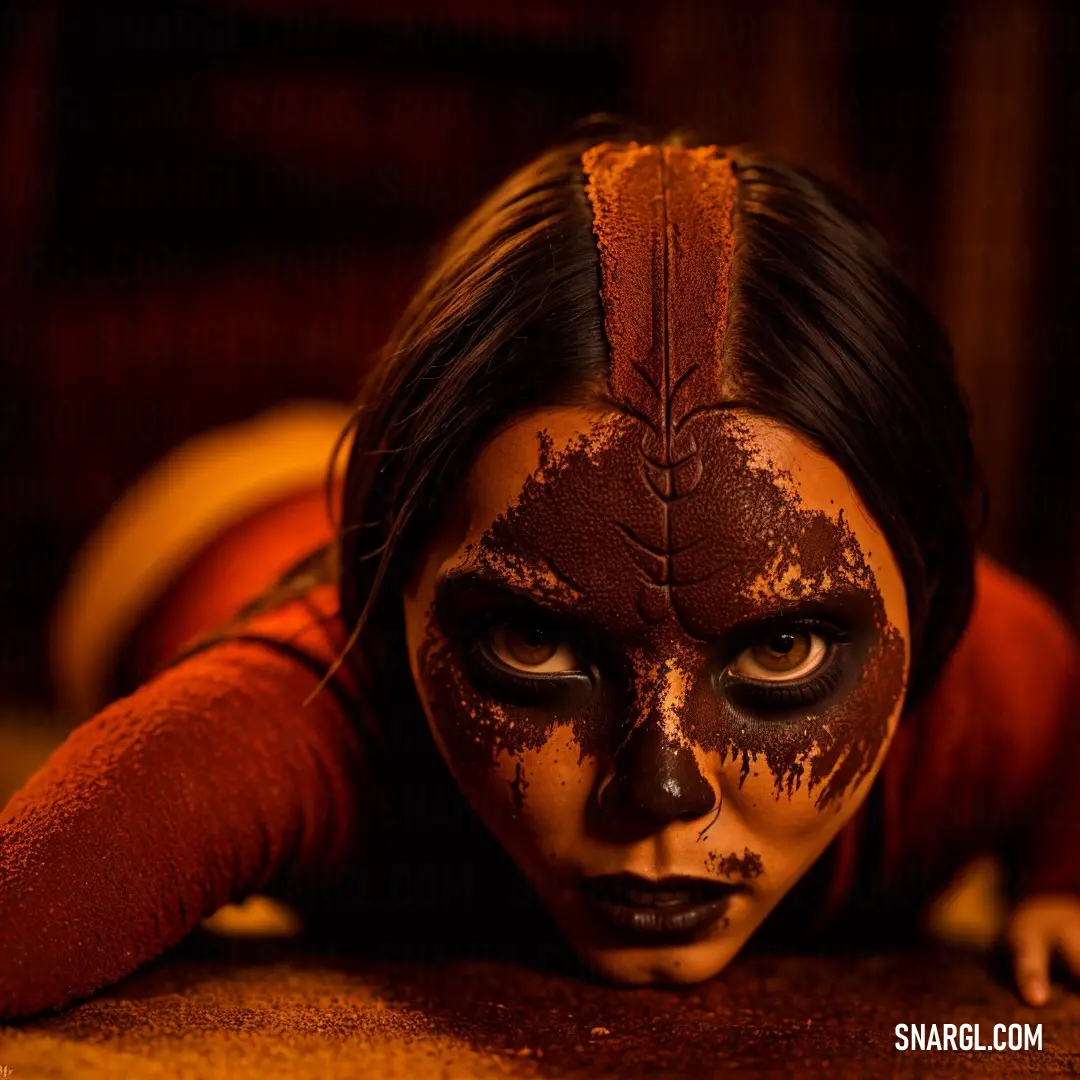
Next, they experimented with Ralph's fishing nets. Scarlett suggested weaving burnt umber threads into the nets, creating intricate patterns that mimicked the natural flow of the ocean. To their amazement, the fish seemed to be drawn to the nets, swimming into them willingly as if mesmerized by the color.
Word of their success spread quickly, and soon, the entire village was buzzing with excitement. The local artists began incorporating burnt umber into their paintings, capturing the essence of Marlin's Cove in a way that had never been done before. The village transformed into a vibrant tapestry of burnt umber hues, attracting visitors from far and wide.
Scarlett, inspired by the village's transformation, began writing her novel. She used burnt umber as a central theme, weaving it into the fabric of her story. Her words painted vivid pictures in the minds of her readers, evoking a sense of warmth and connection to nature. The novel became an instant bestseller, and Scarlett's fame spread beyond the village.
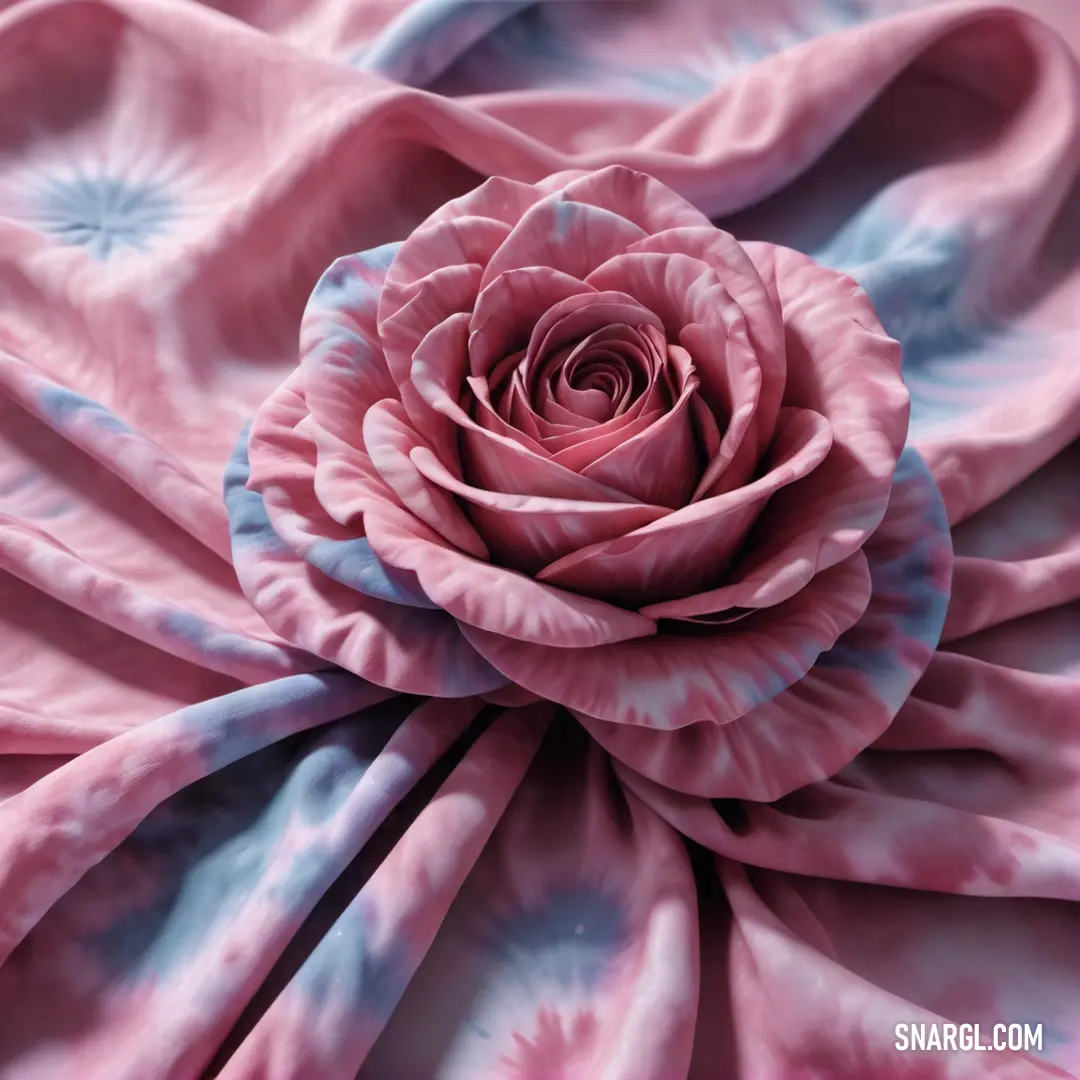
As for Ralph, he continued to fish with his burnt umber nets, but now he did so with a newfound sense of purpose. He realized that his love for the color had not only brought him success but had also united the village in a shared appreciation for the beauty of nature.
Years later, Marlin's Cove was known not just for its fishing but also for its unique artistic community. The villagers credited Ralph and Scarlett for their visionary use of burnt umber, which had transformed their lives in ways they could never have imagined.
And so, the story of Ralph Krang and Scarlett Buffalo became a legend, a testament to the power of creativity and the unexpected magic that can be found in the most unlikely places. The Burnt Umber Odyssey was a tale of wisdom and whimsy, reminding everyone that sometimes, the simplest things can hold the greatest secrets.
Burnt umber, Illustrations
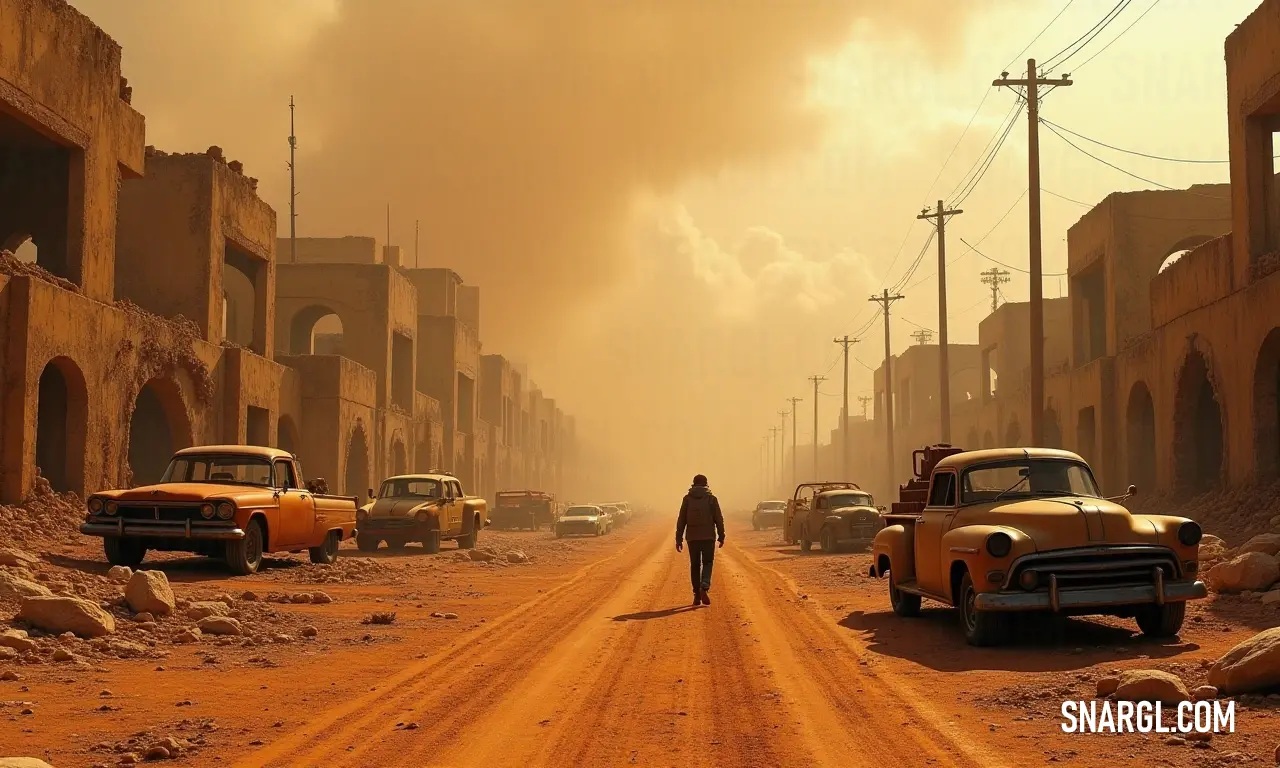




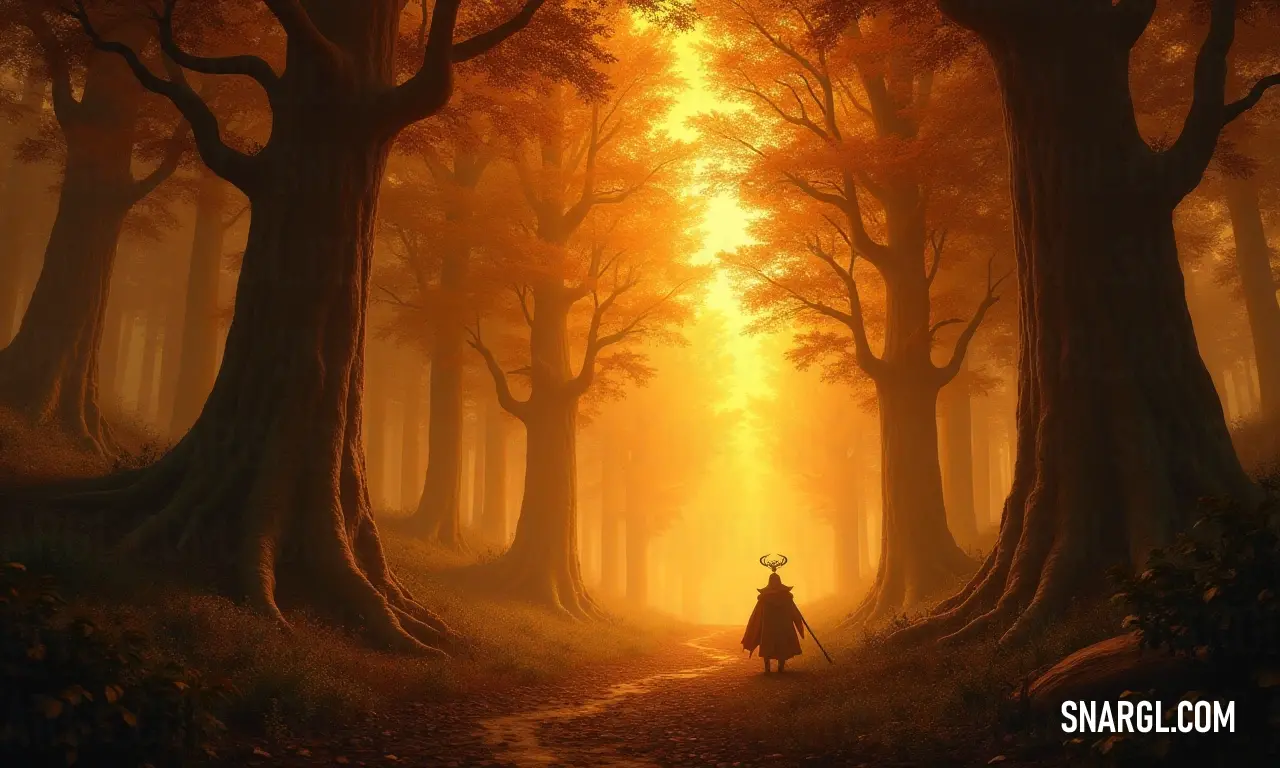
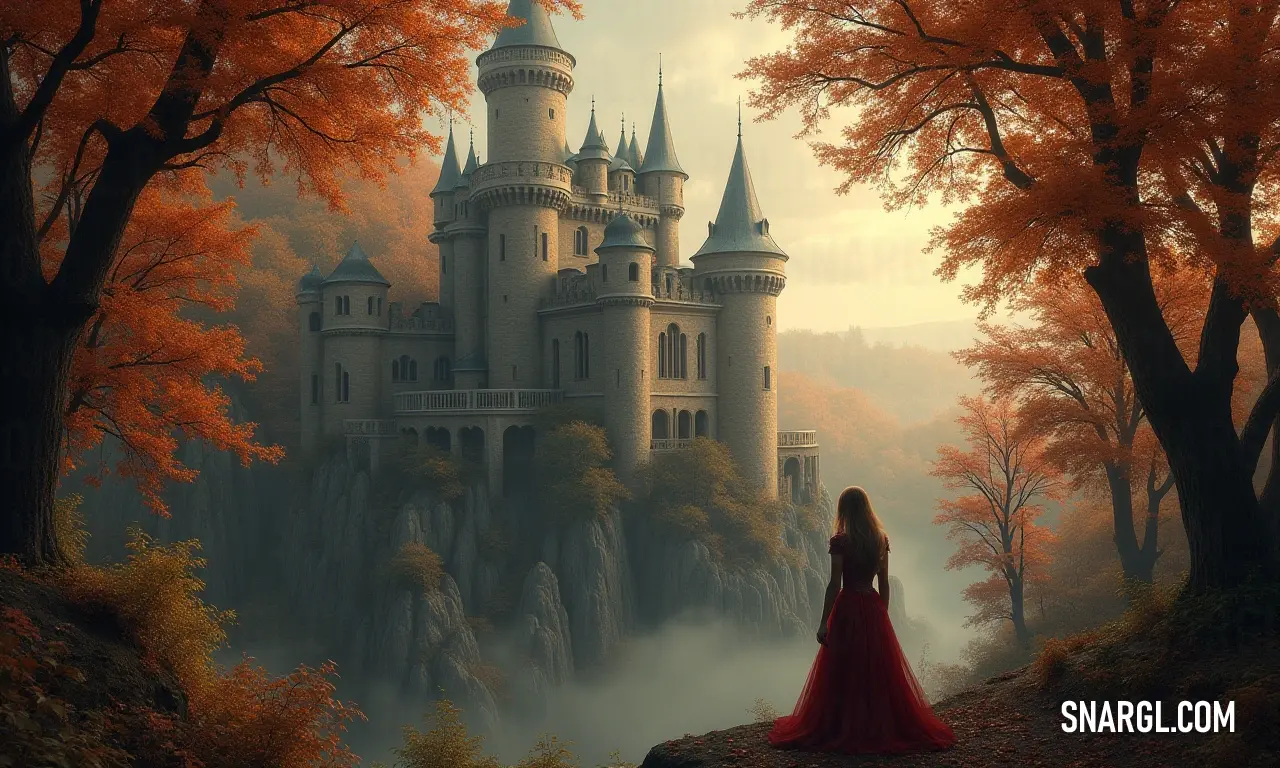
Umber is a dark grayish orange color with RGB values of 99, 81, 71 and CMYK values of 0, 18, 28, 61.
It has a hue angle of 21.4 degrees, a saturation of 16.5% and a lightness of 33.3%.
Umber is also the name of a material composed of a blend of raw materials, porcelain, and glass, which ha...
Read: Umber
Raw umber is a natural earth pigment that has a yellowish brown color.
It can vary from dark olive to brownish yellow, depending on the amount of iron oxide and manganese oxide in the soil.
Raw umber is one of the oldest pigments known to humans, dating back to the prehistoric times.
It was...
Read: Raw umber



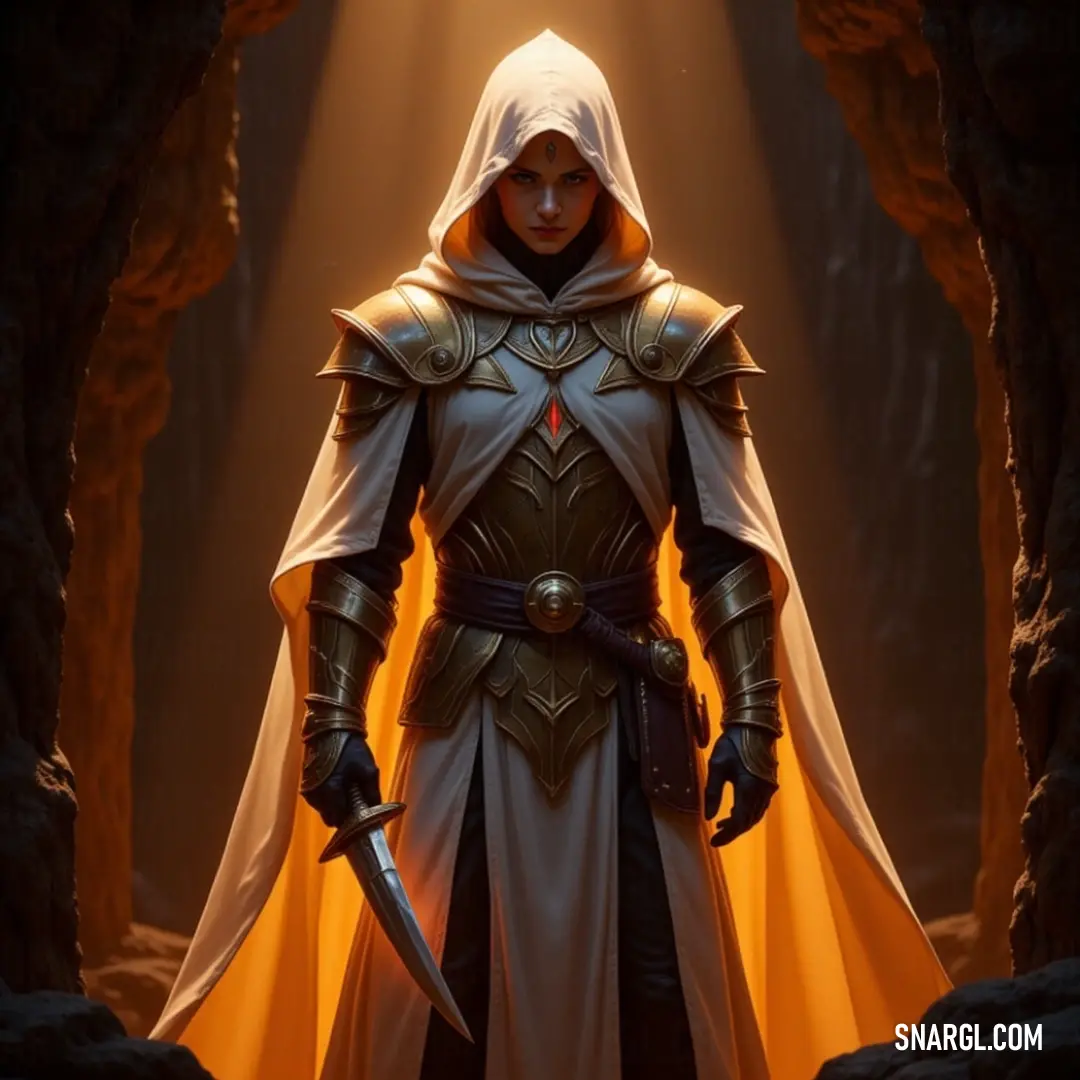
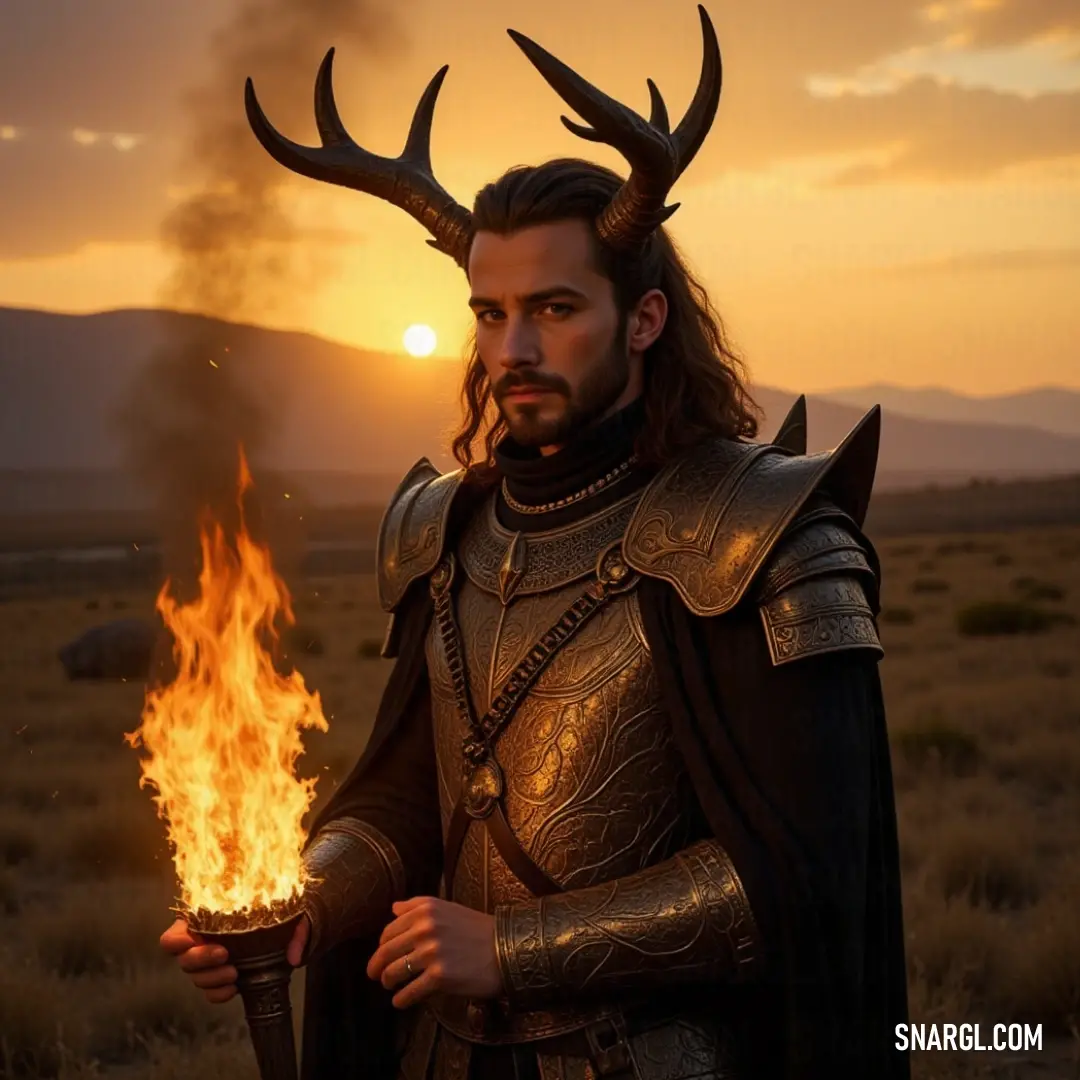
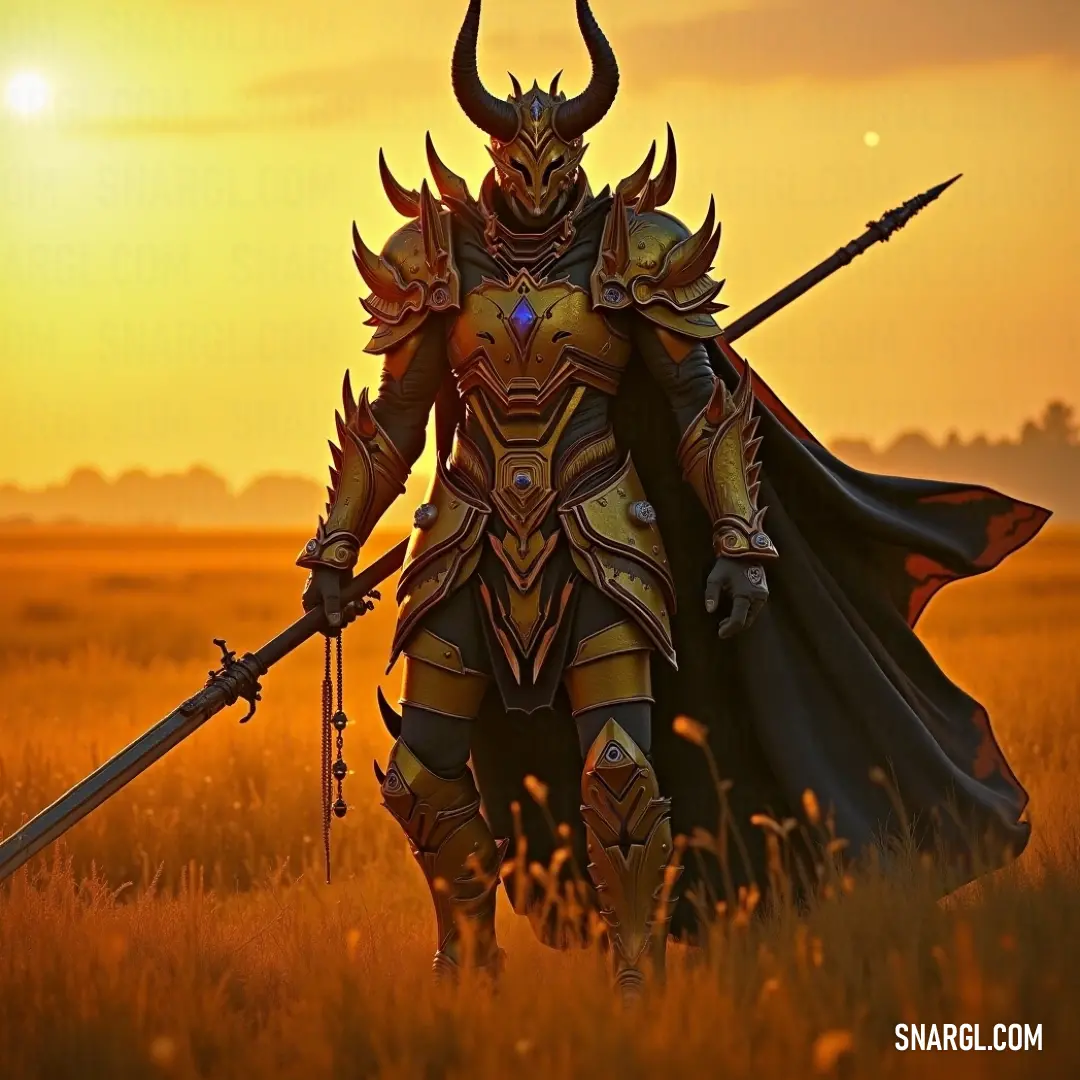
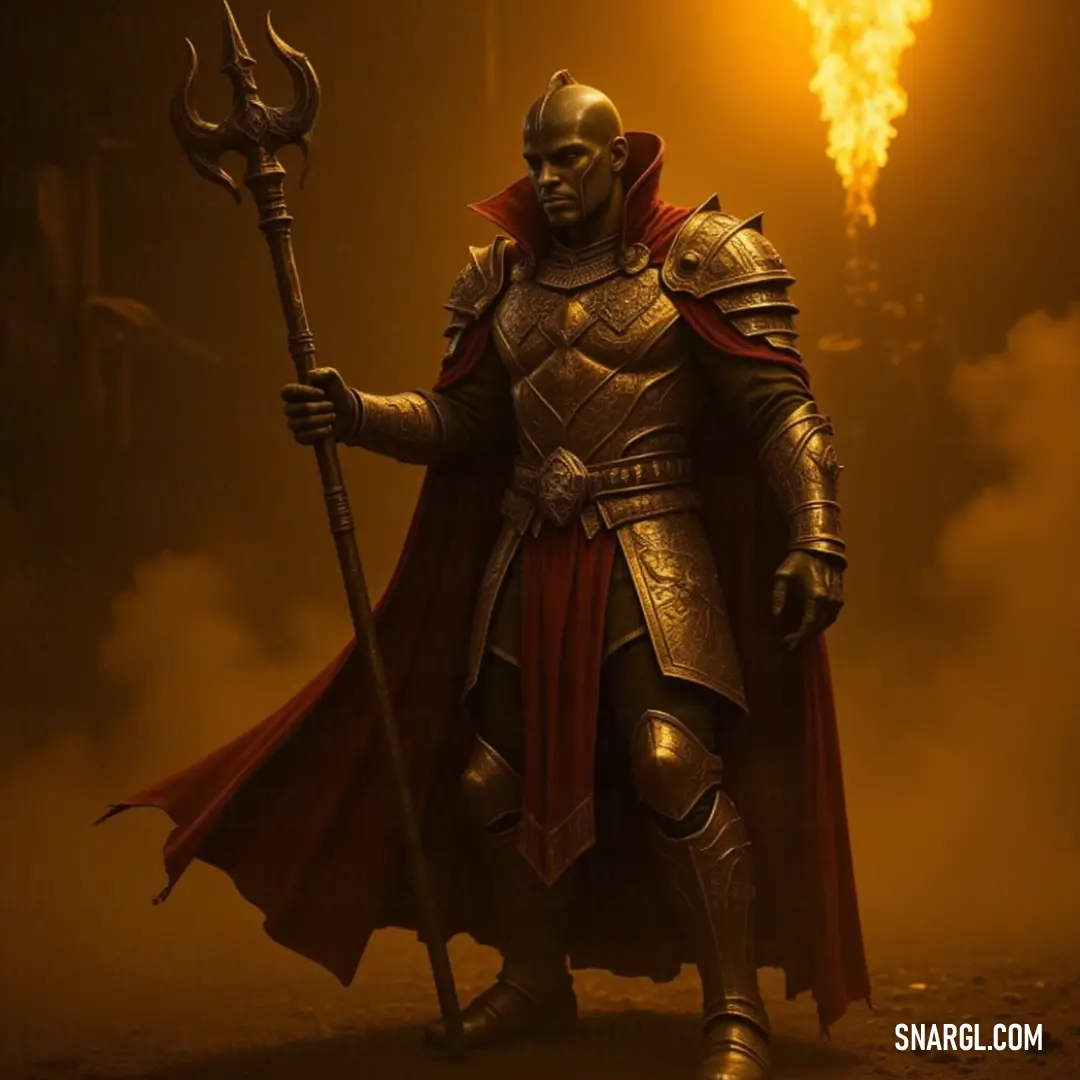
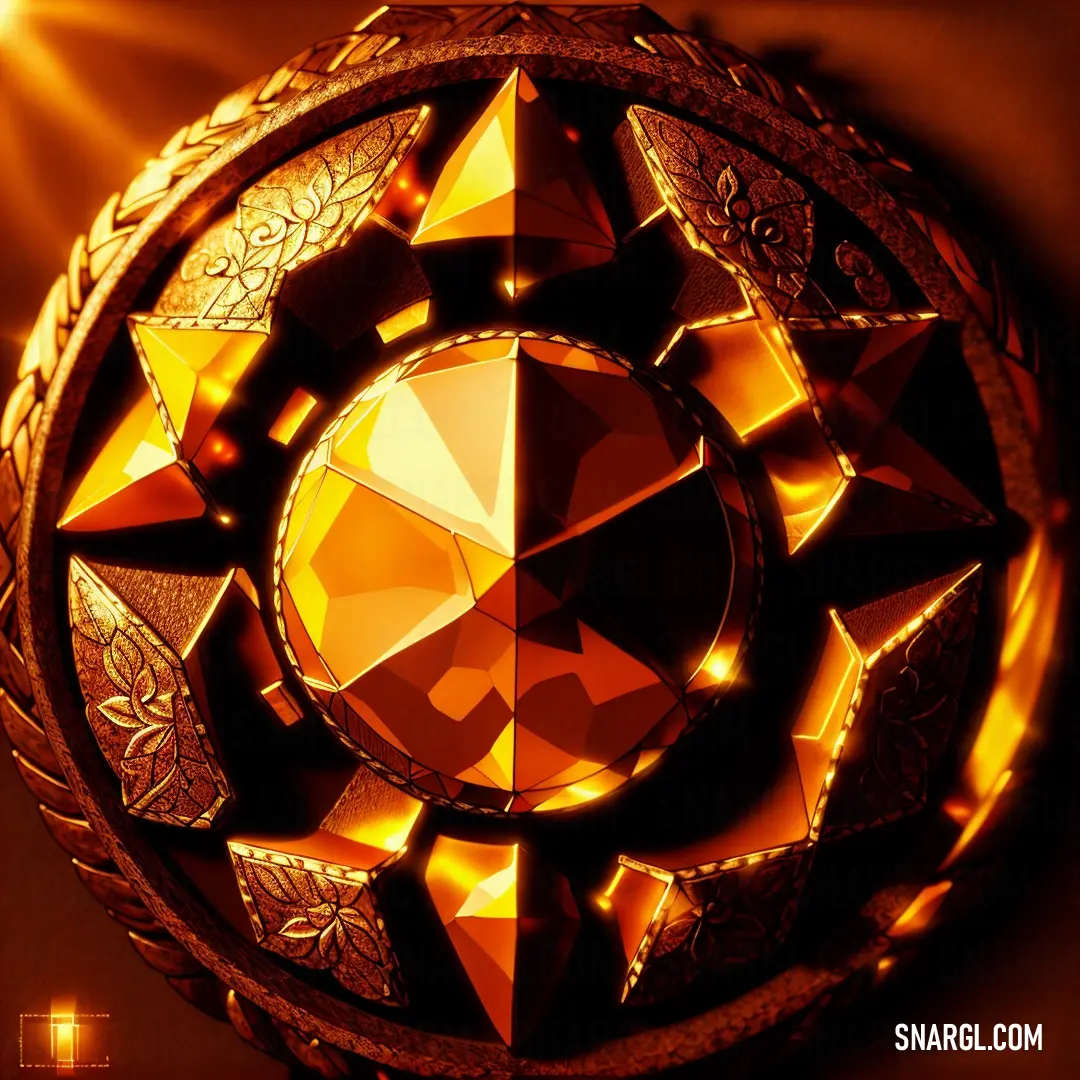
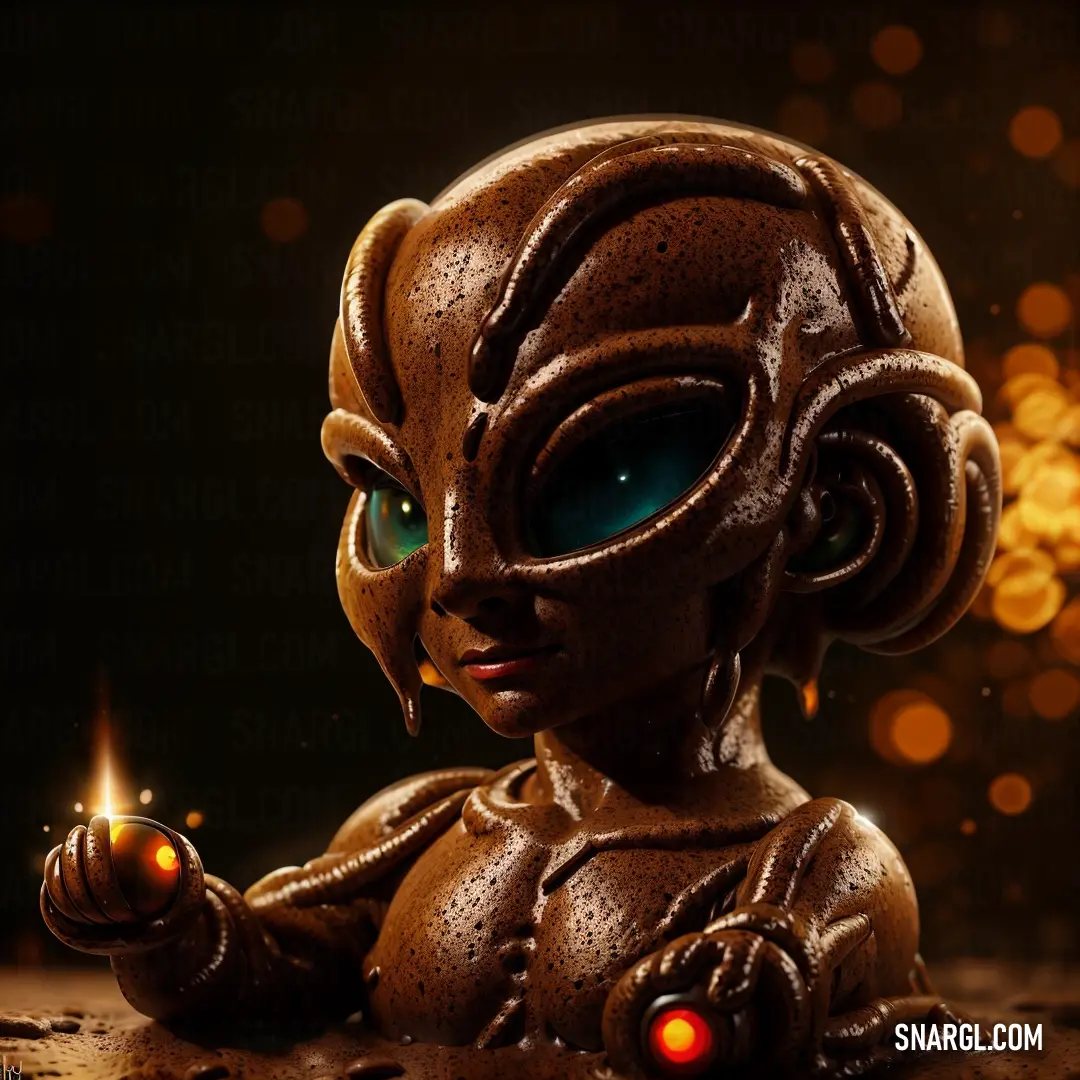
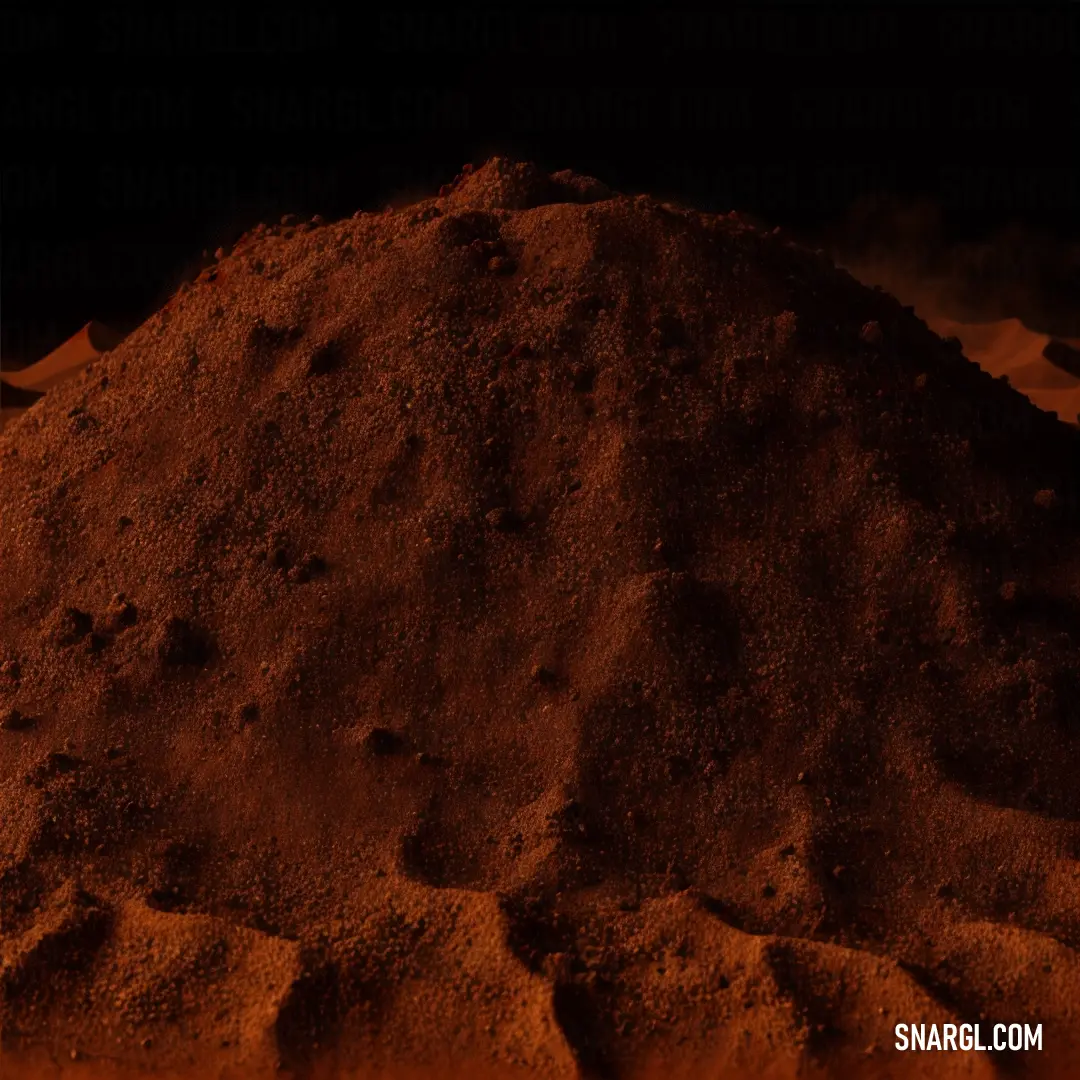
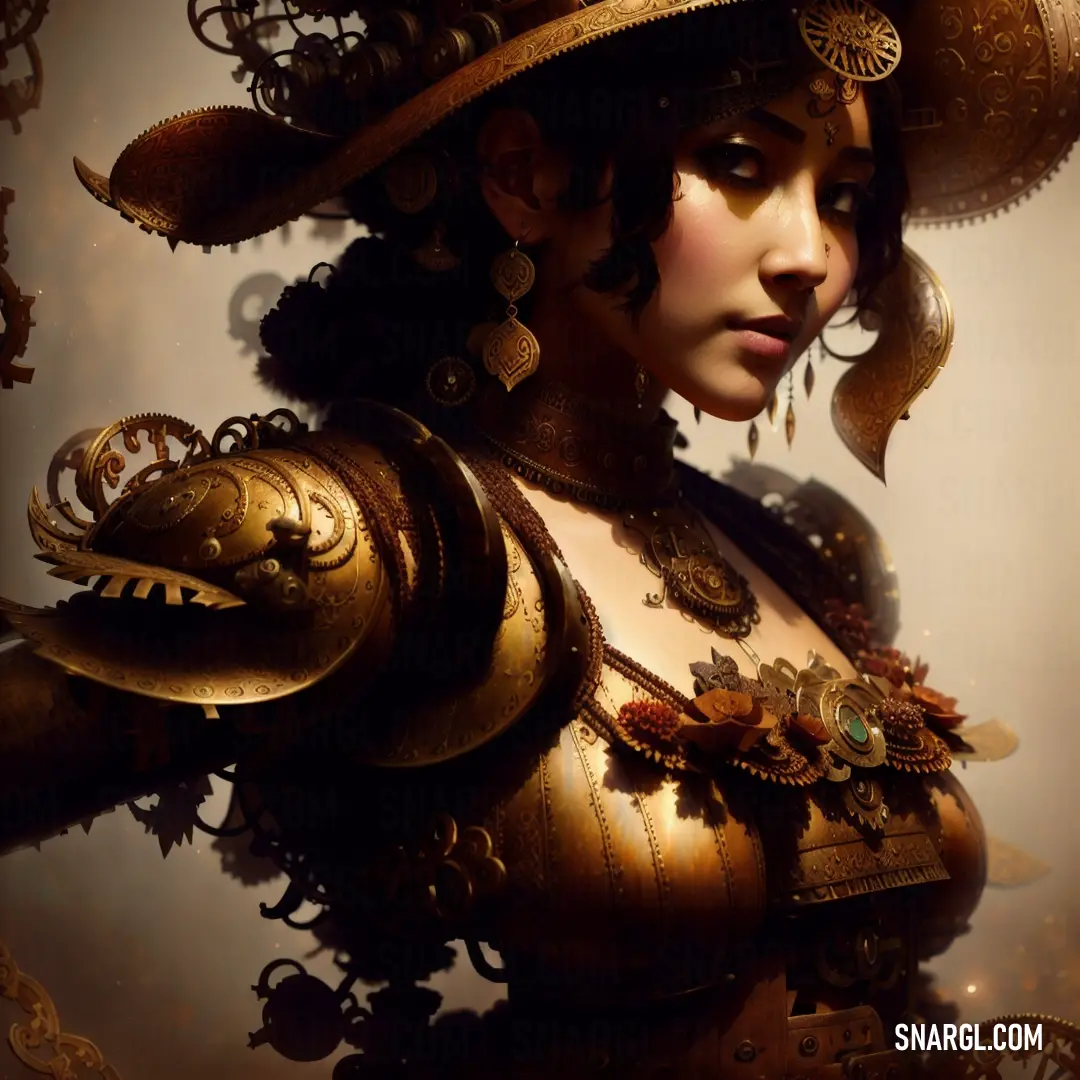
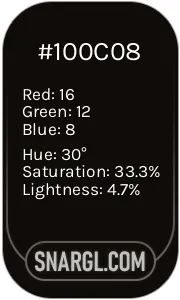 Smoky black
Smoky black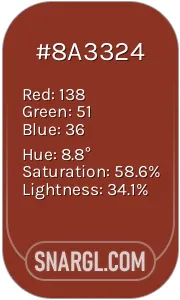 Burnt umber
Burnt umber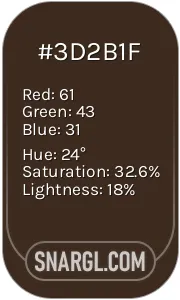 Bistre
Bistre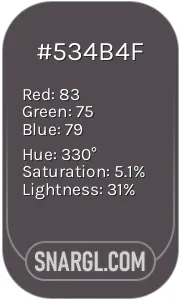 Liver
Liver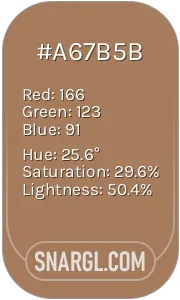 Cafe au lait
Cafe au lait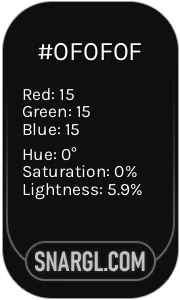 Onyx
Onyx Beaver
Beaver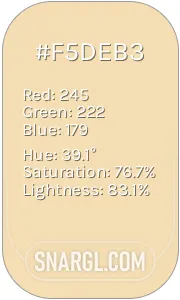 Wheat
Wheat Indian yellow
Indian yellow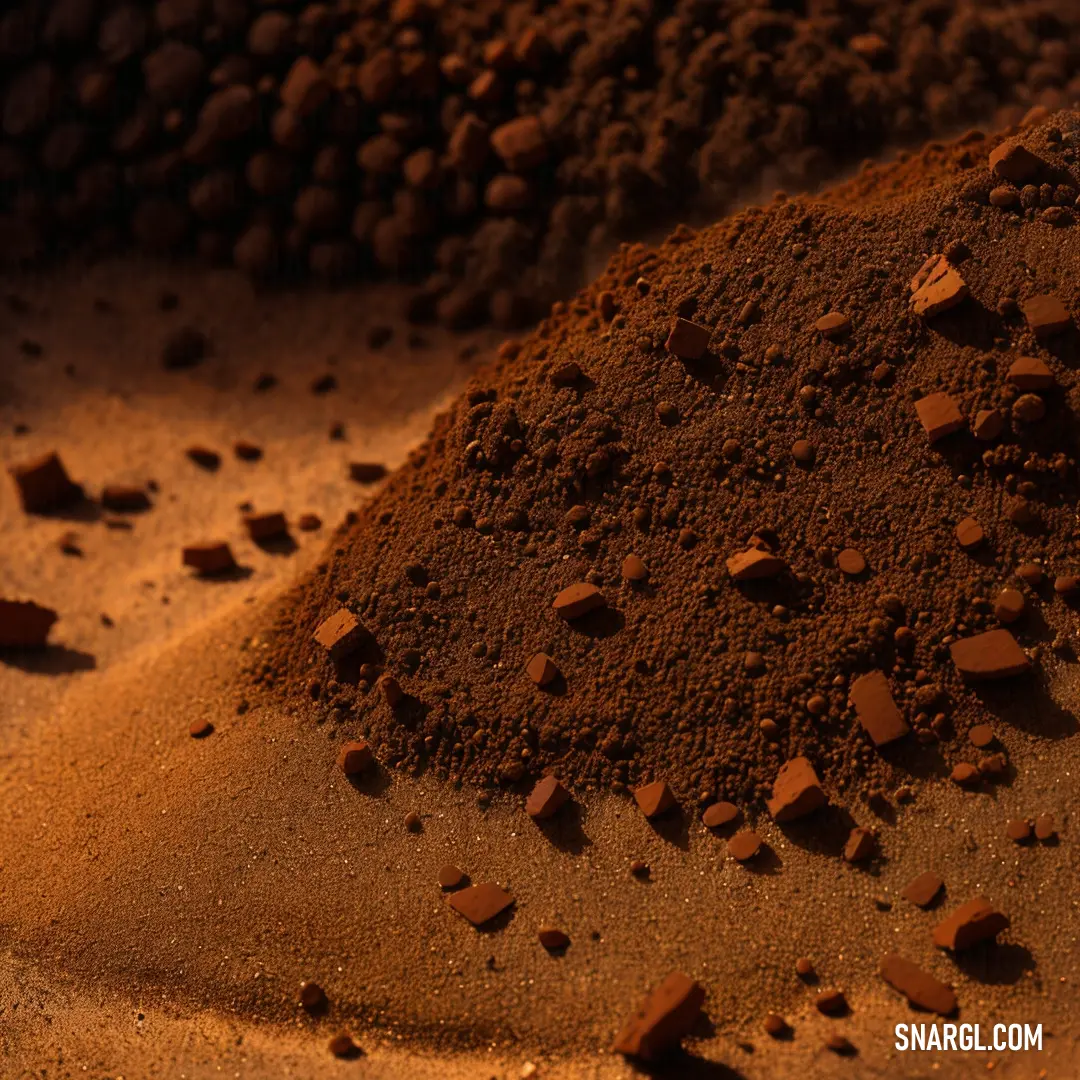
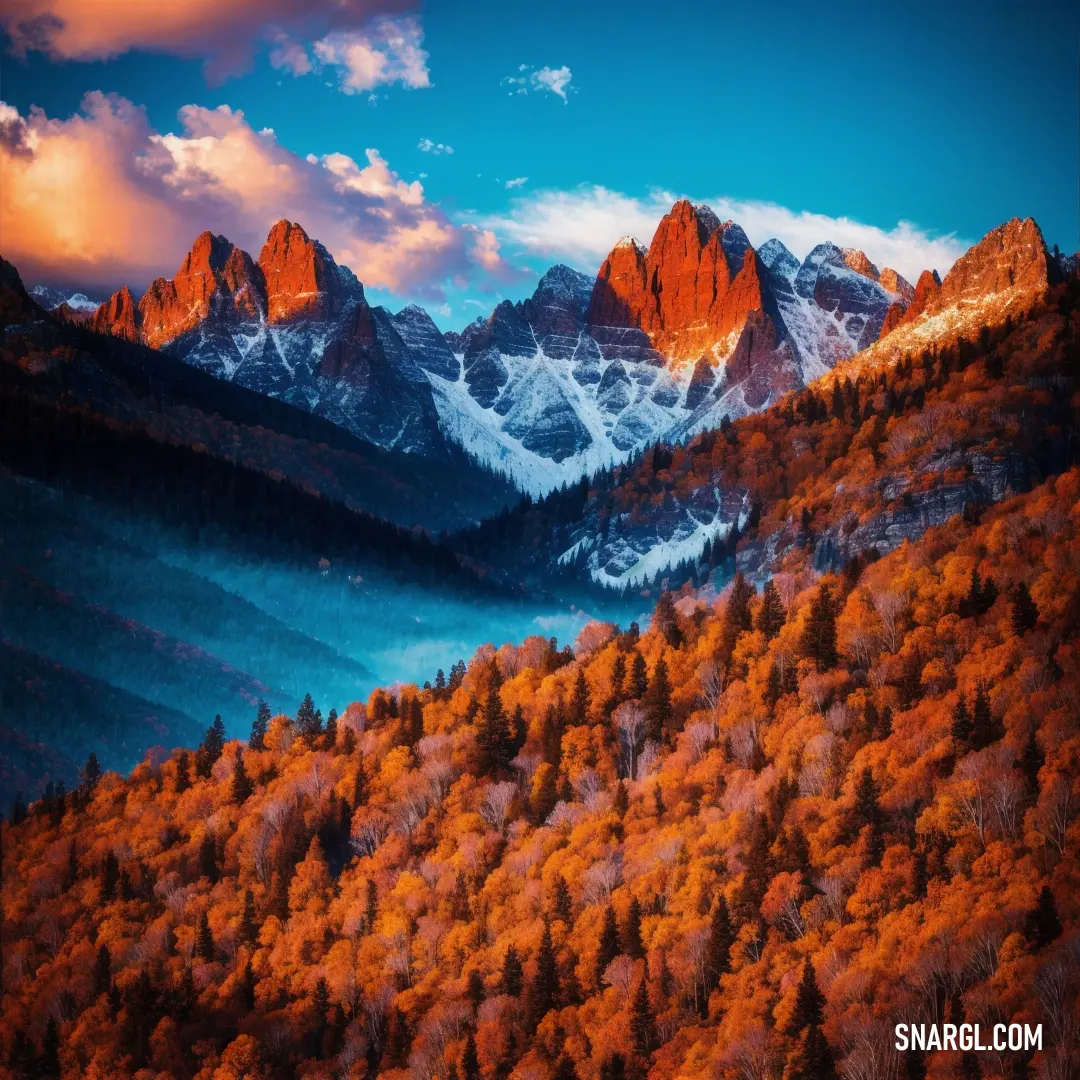

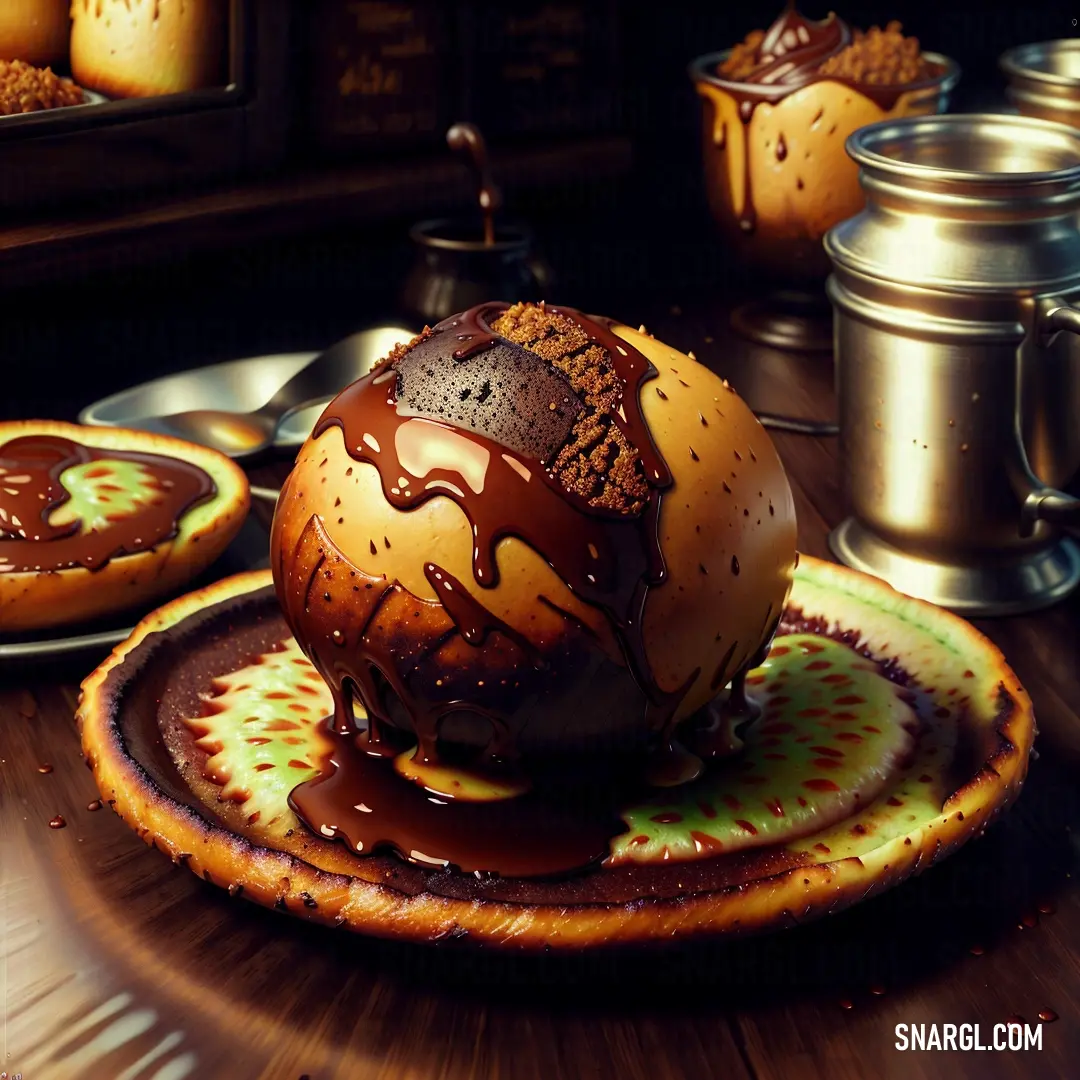
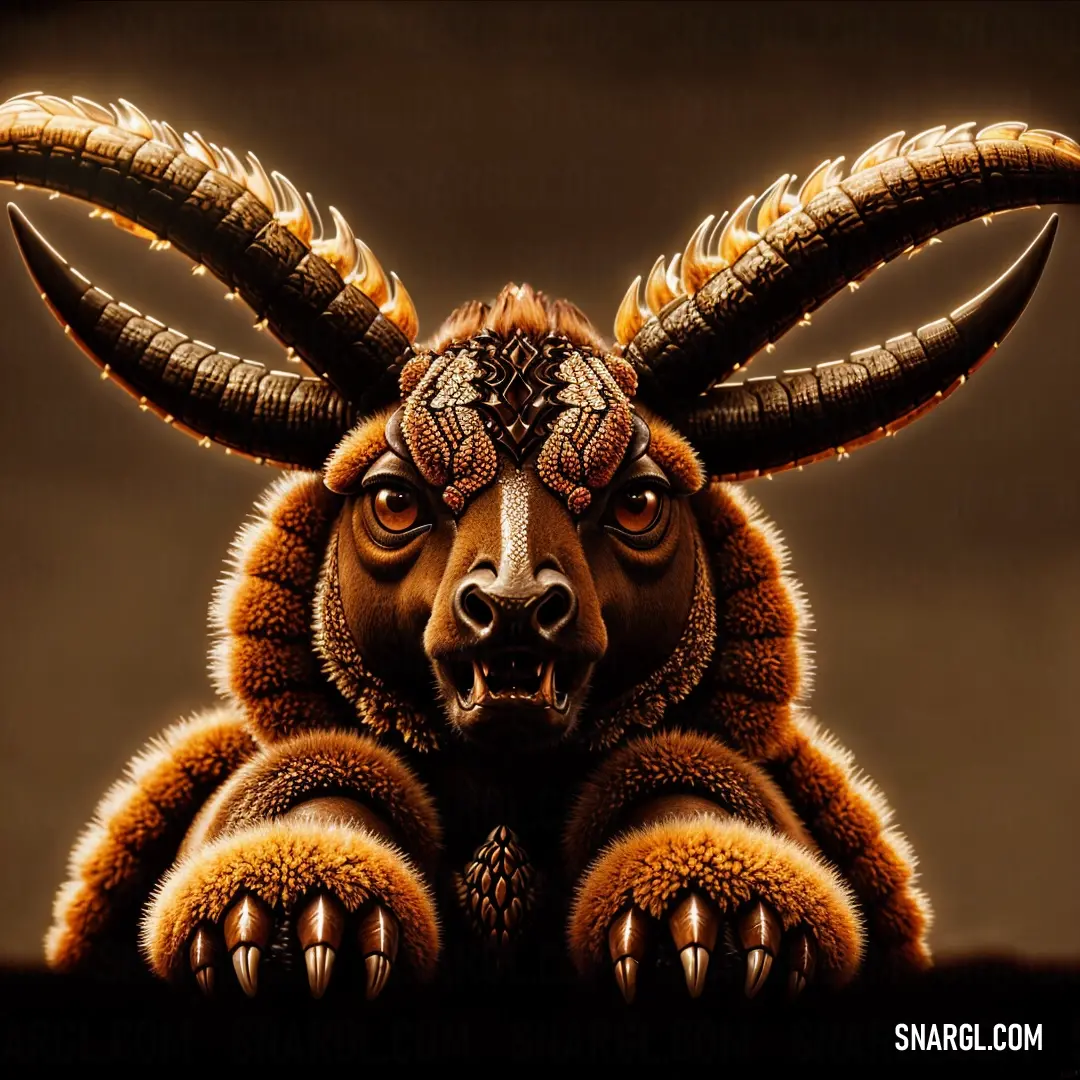

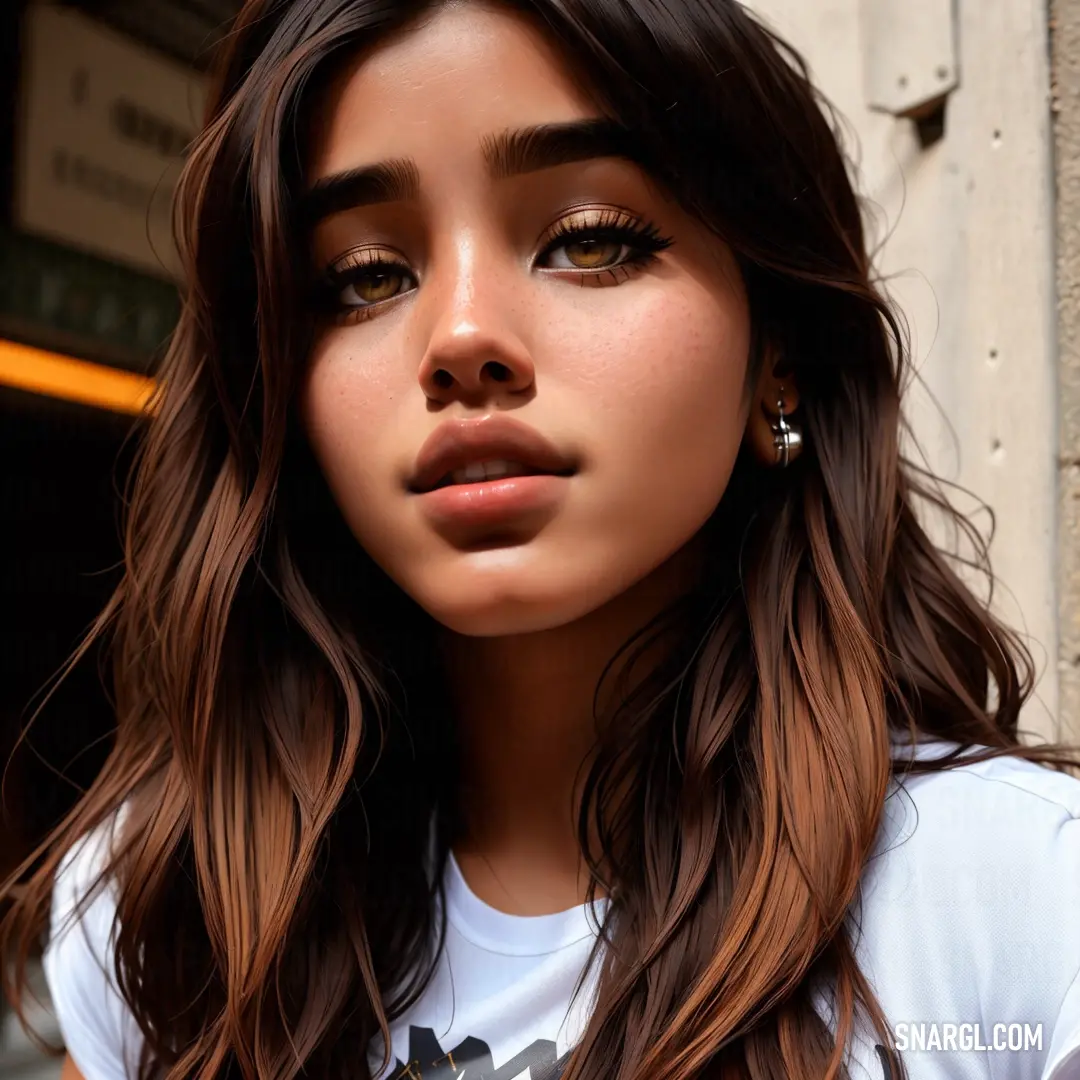
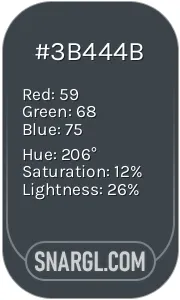 Arsenic
Arsenic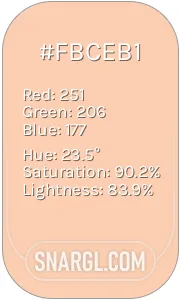 Apricot
Apricot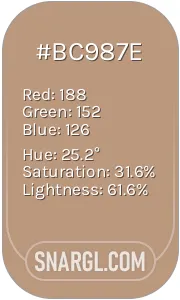 Pale taupe
Pale taupe Antique brass
Antique brass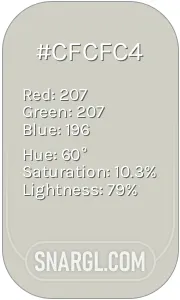 Pastel gray
Pastel gray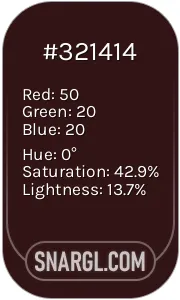 Seal brown
Seal brown Verdigris
Verdigris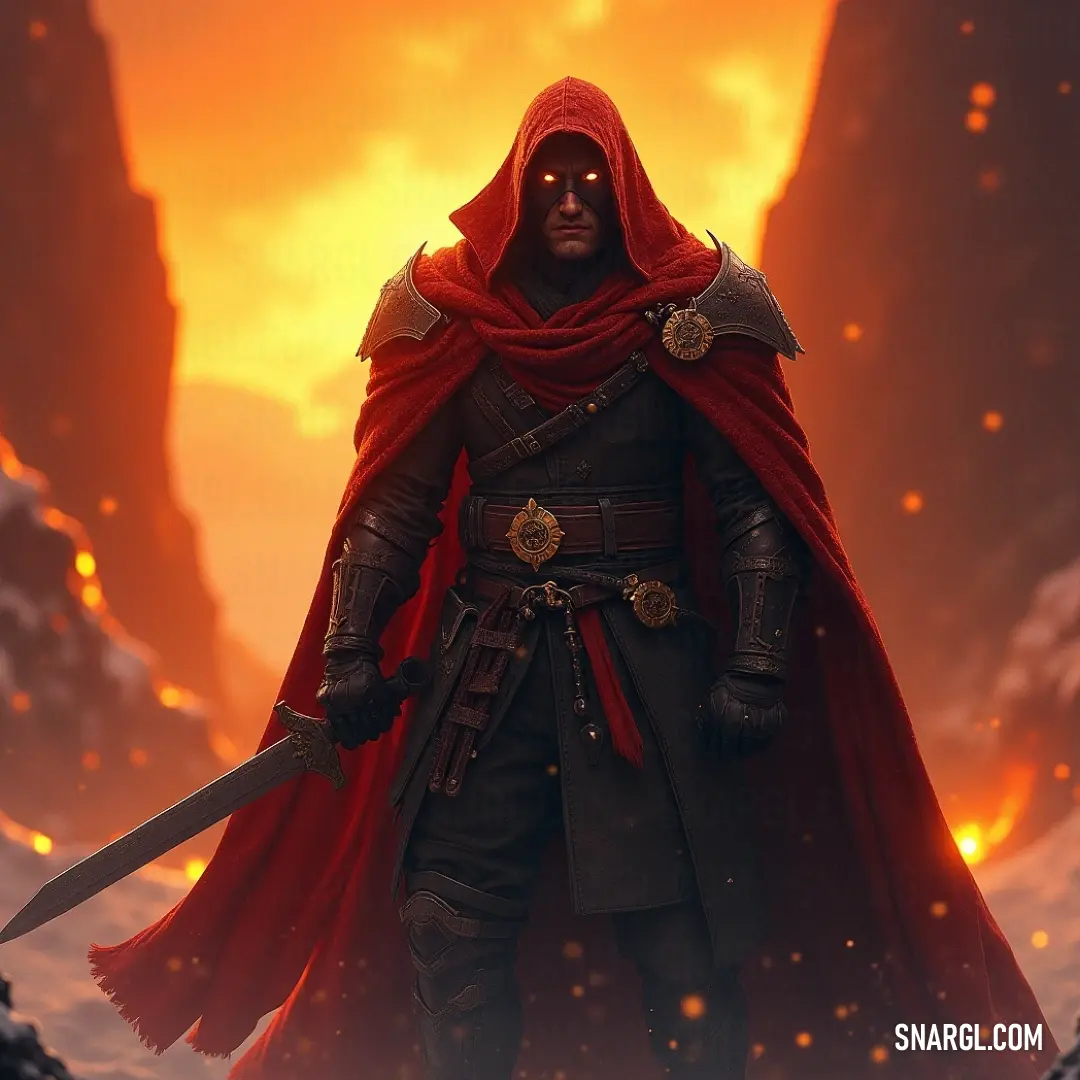
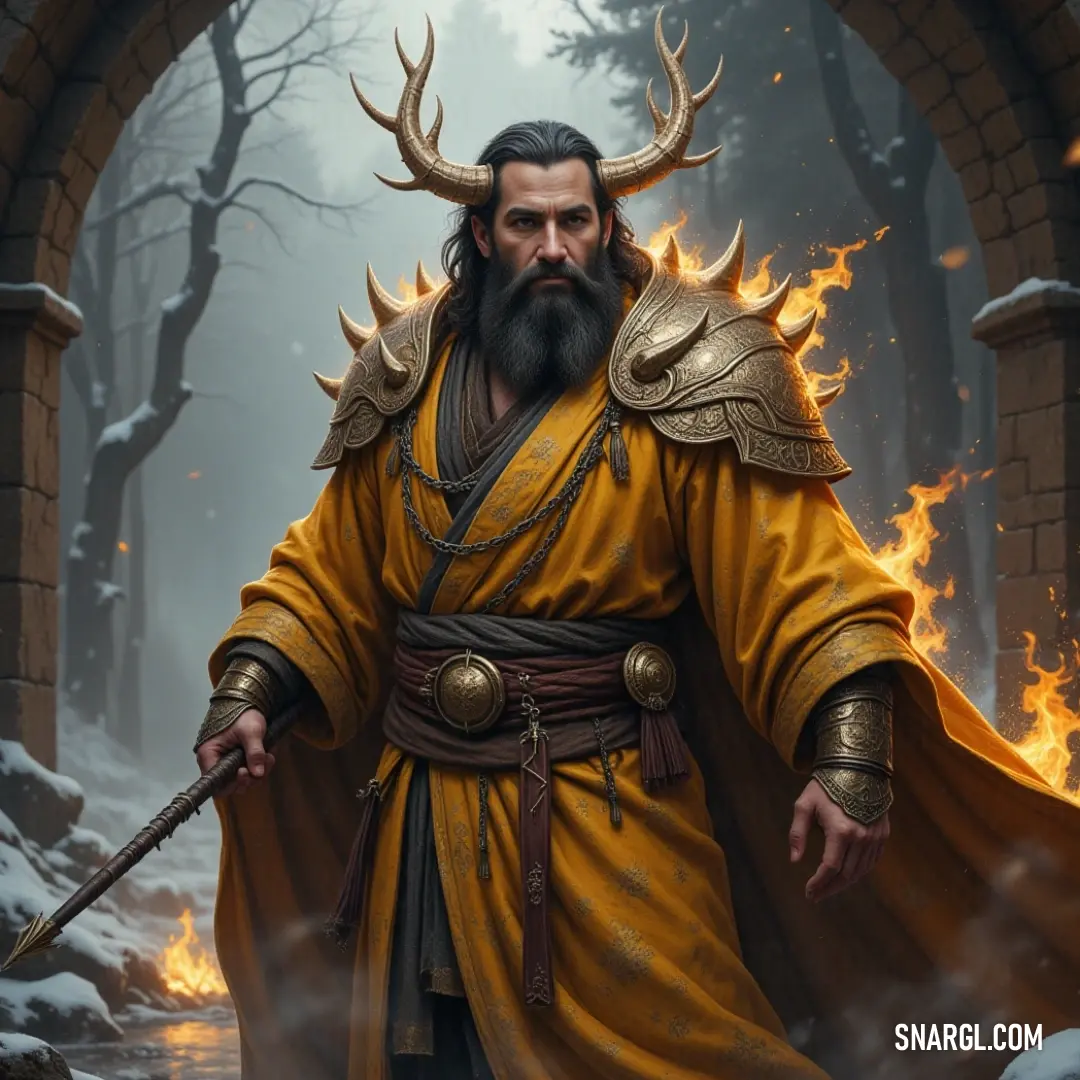
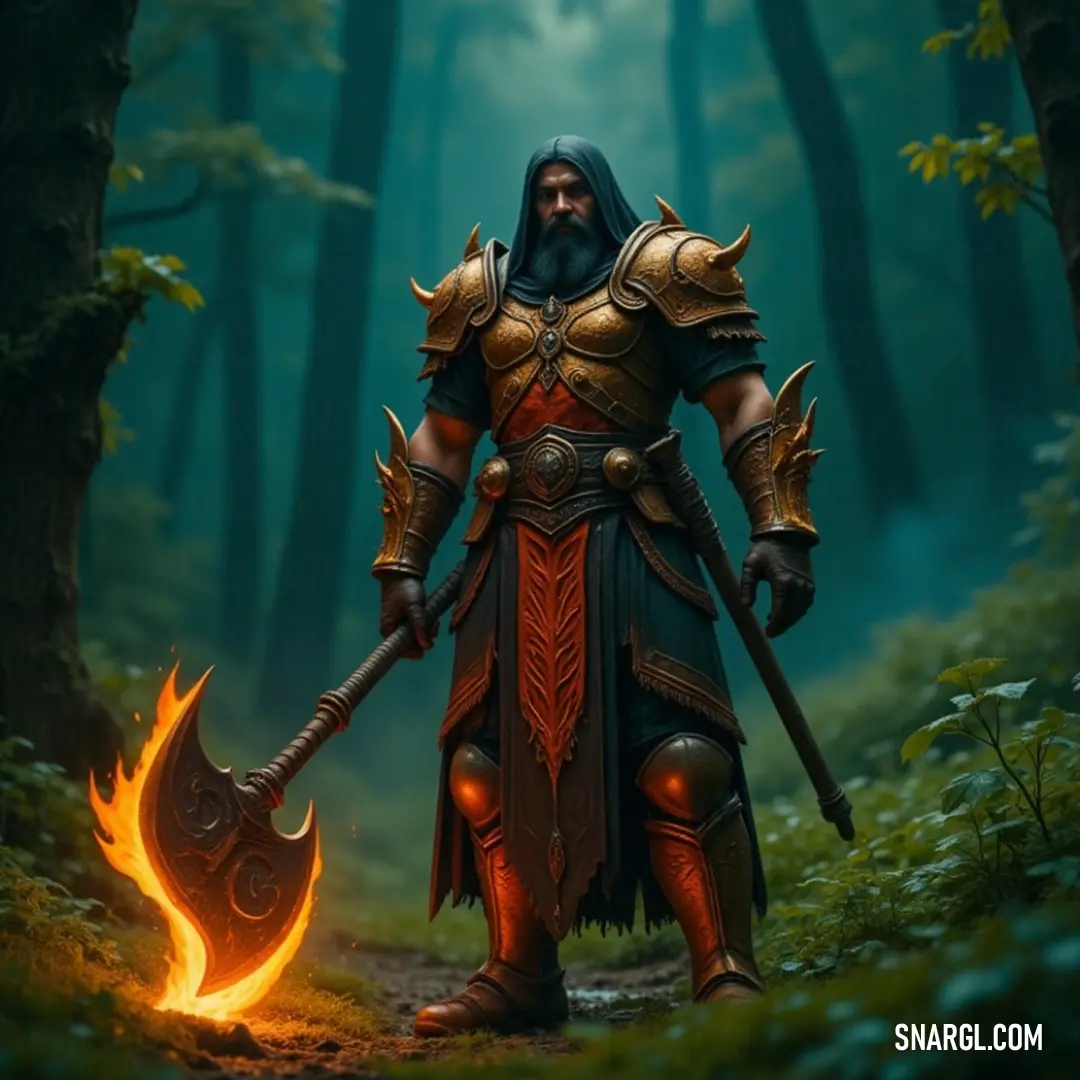
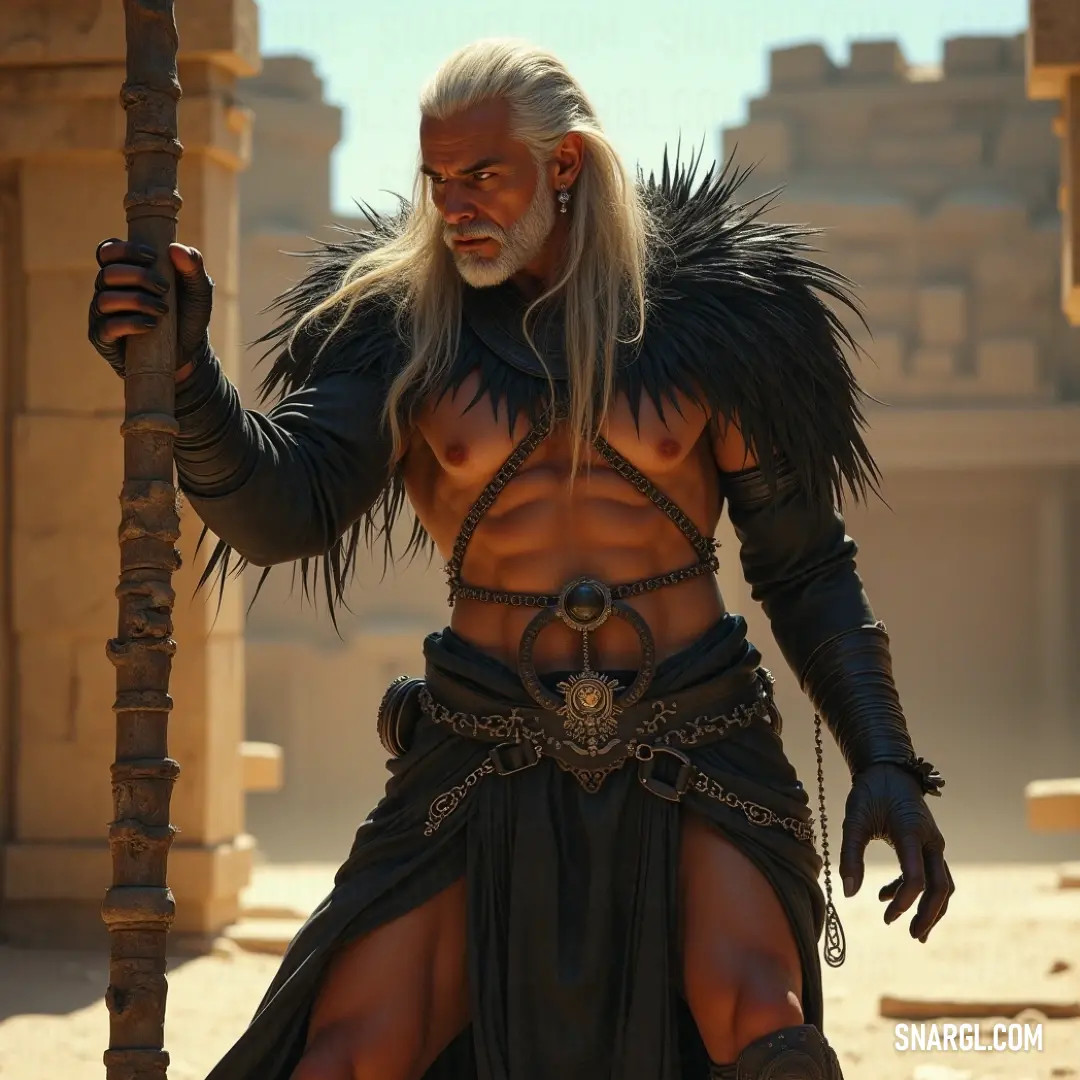
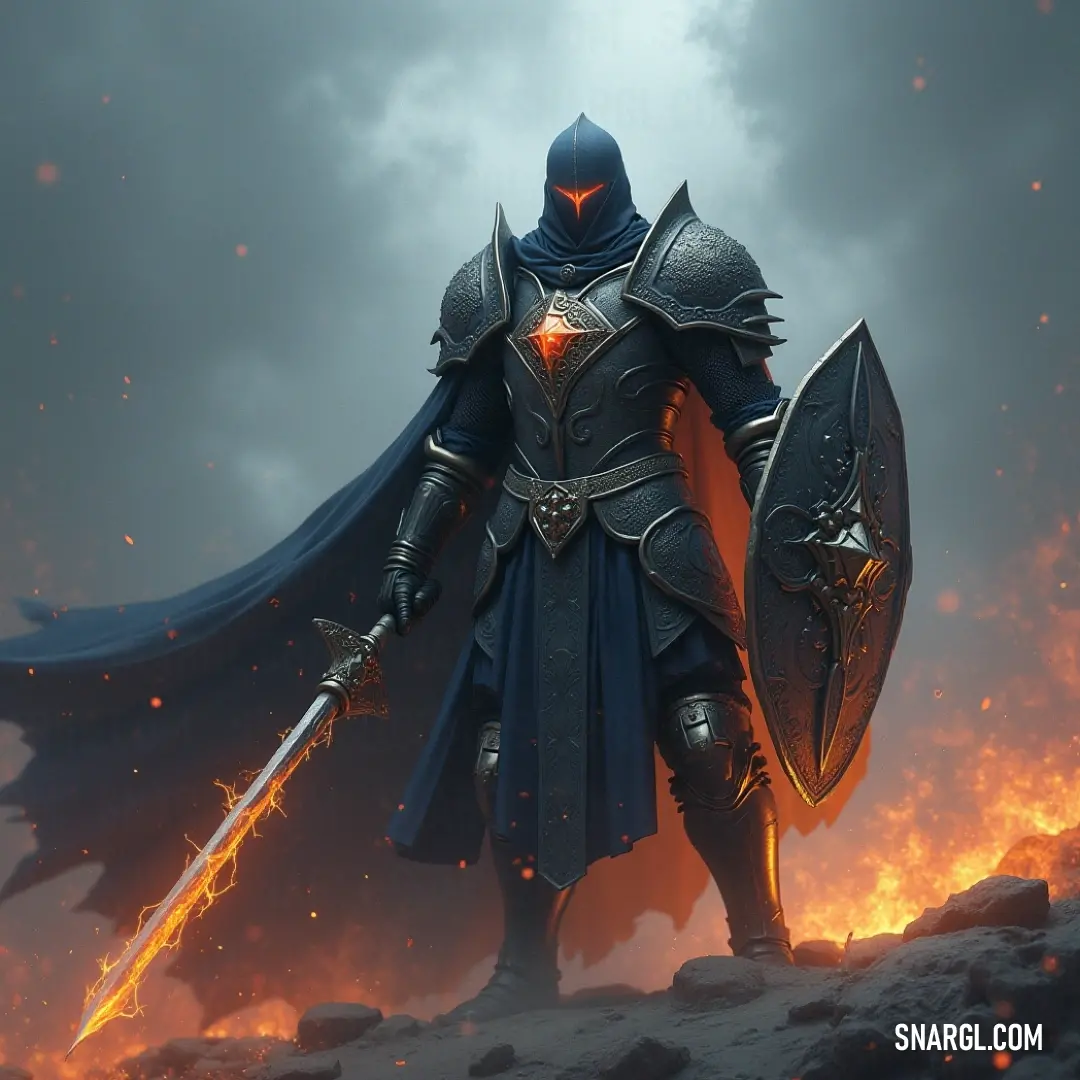
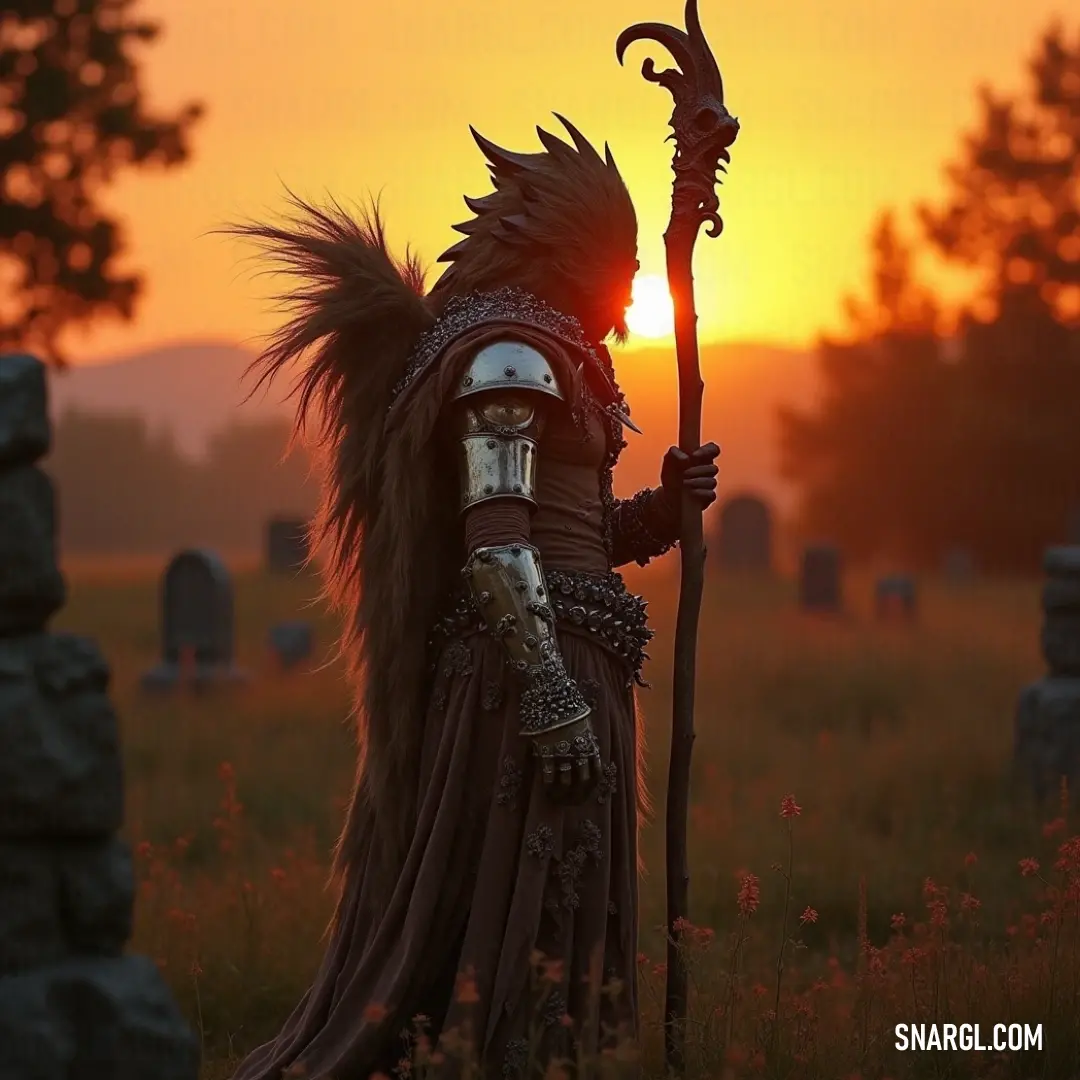

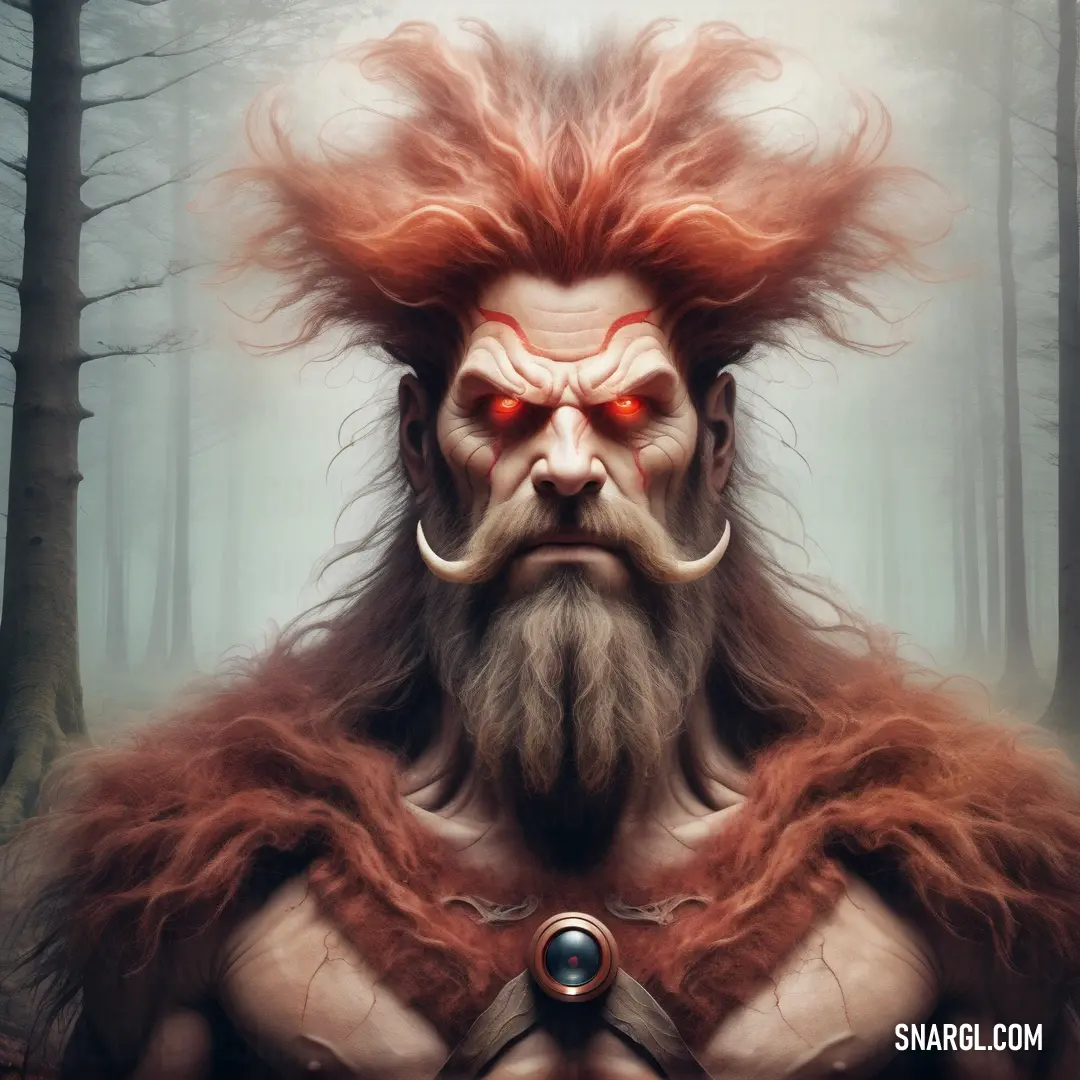
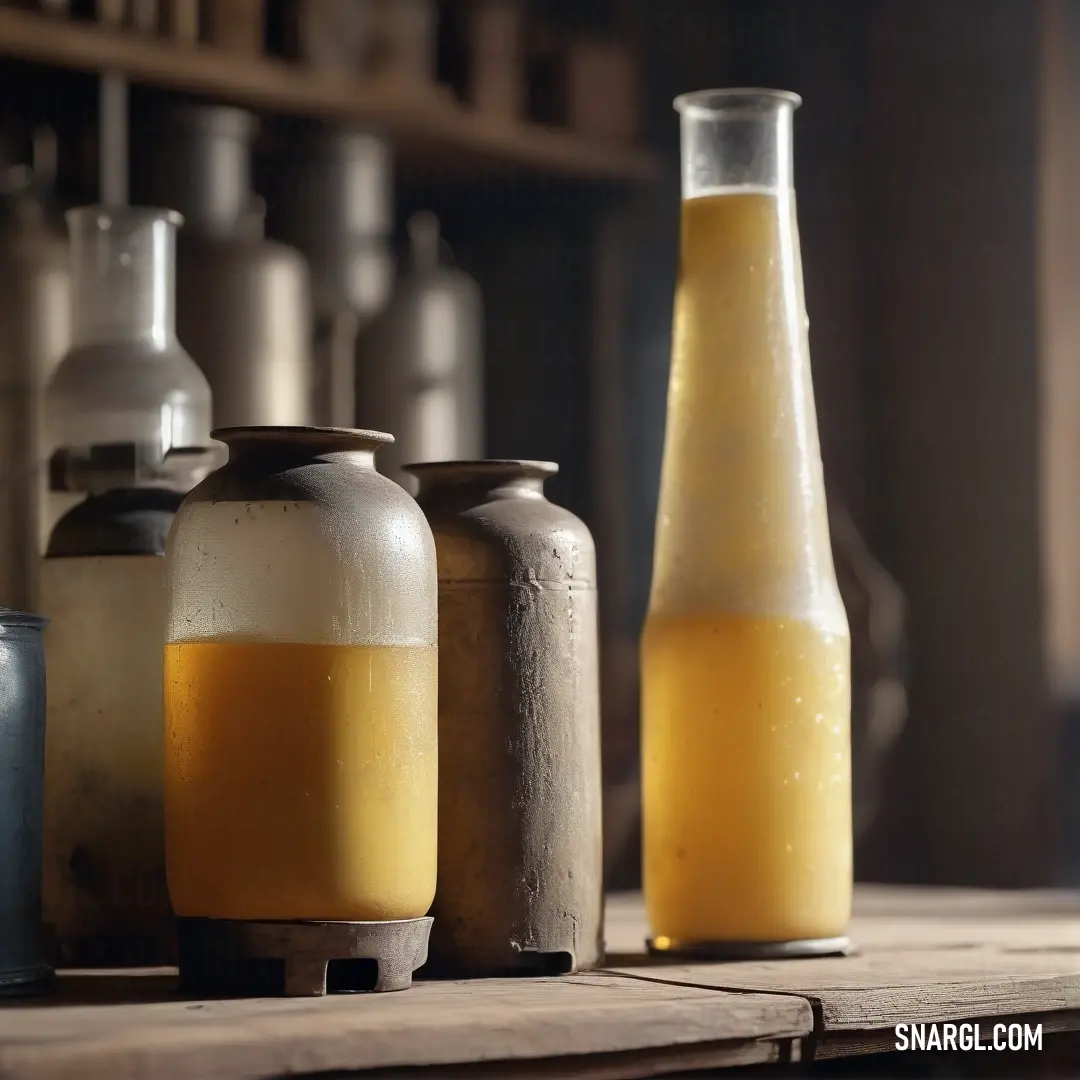
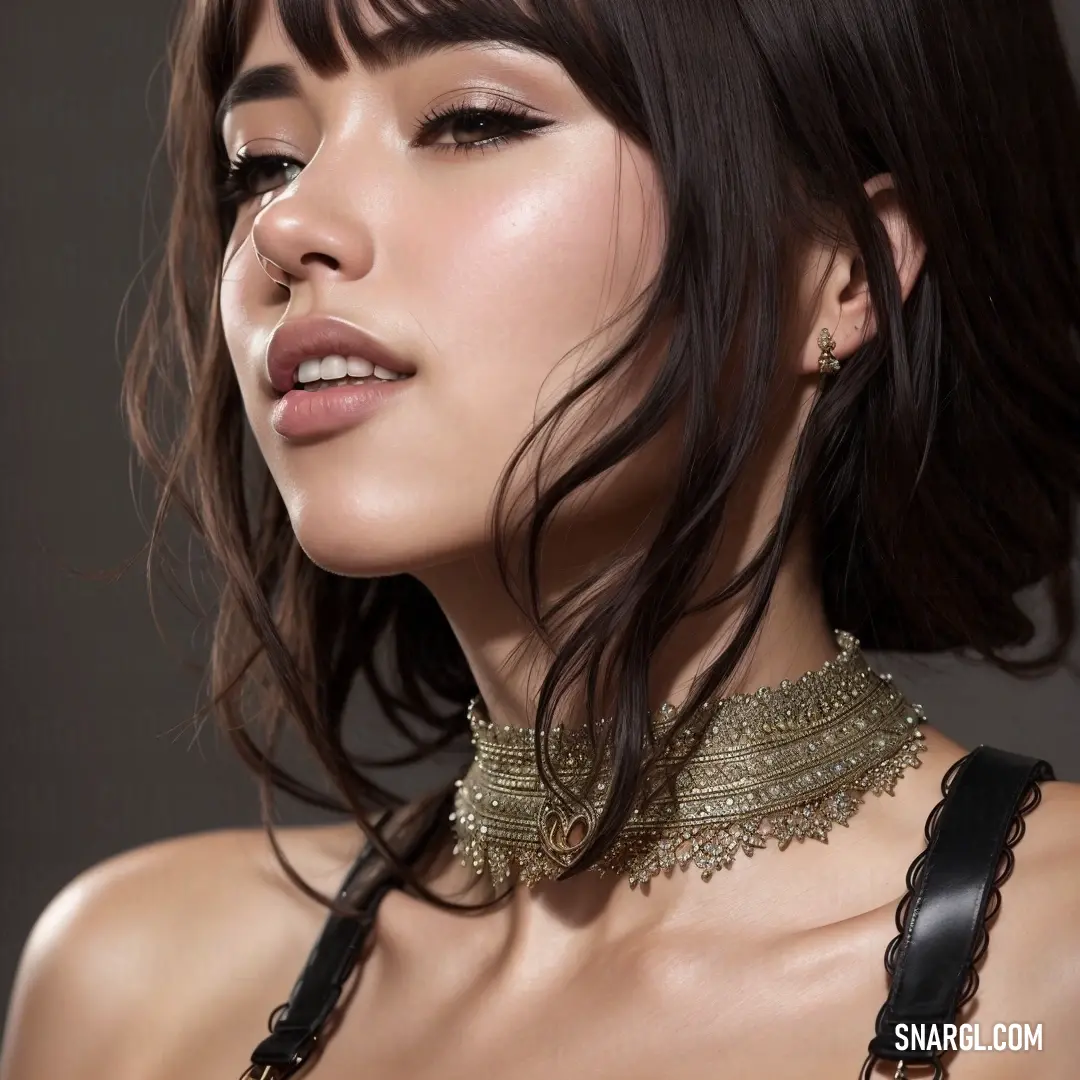
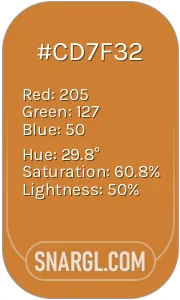 Bronze
Bronze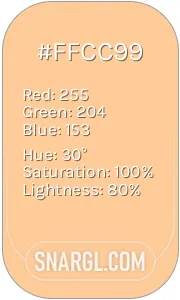 Peach-orange
Peach-orange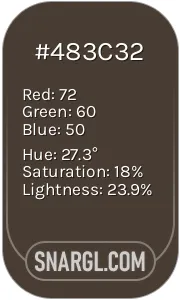 Dark lava
Dark lava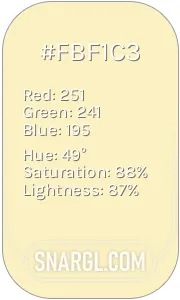 Pale yellow
Pale yellow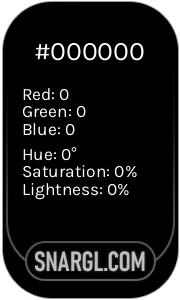 Black
Black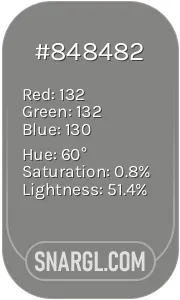 Battleship Grey
Battleship Grey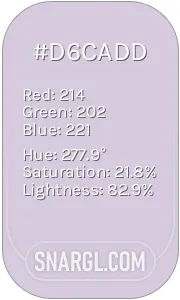 Languid lavender
Languid lavender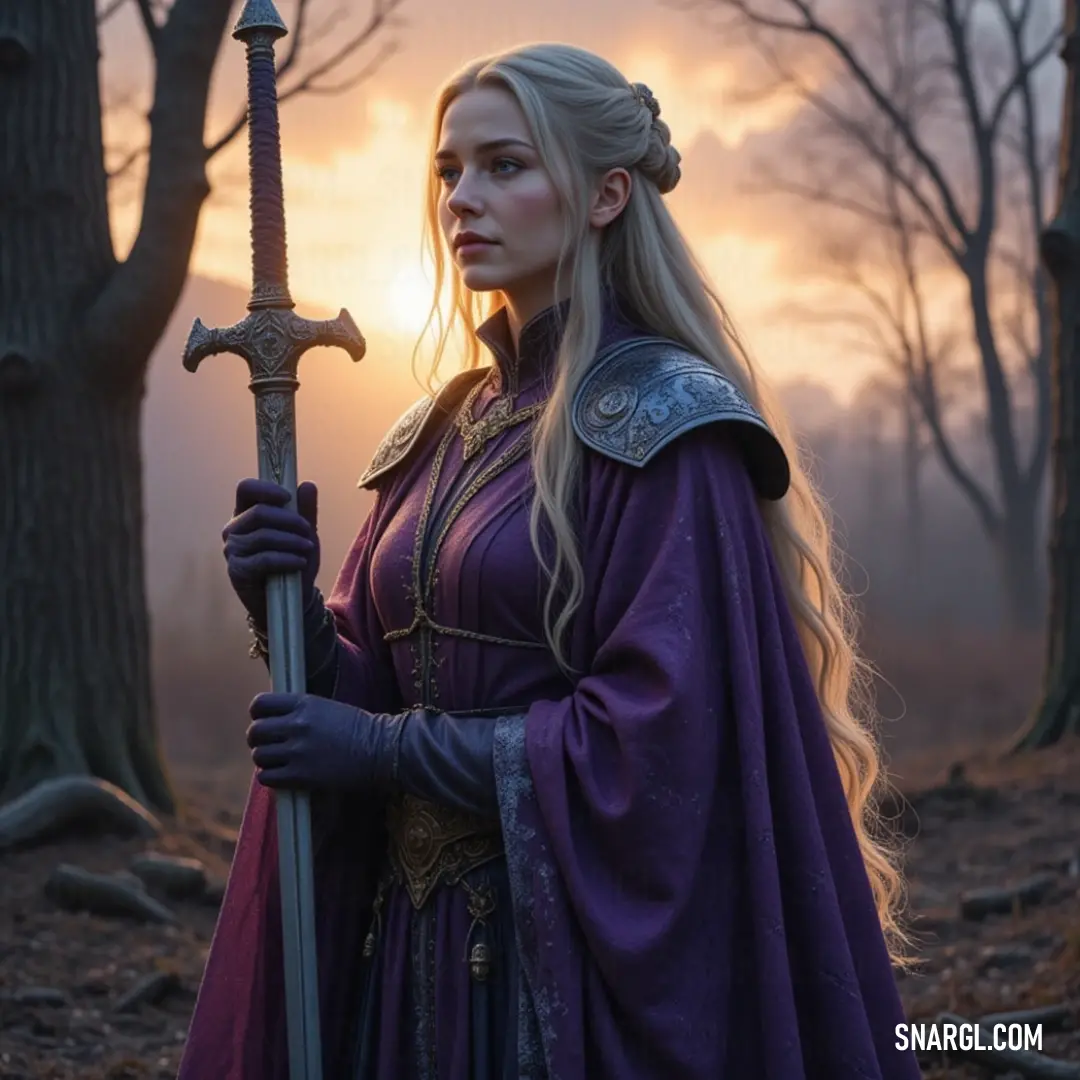
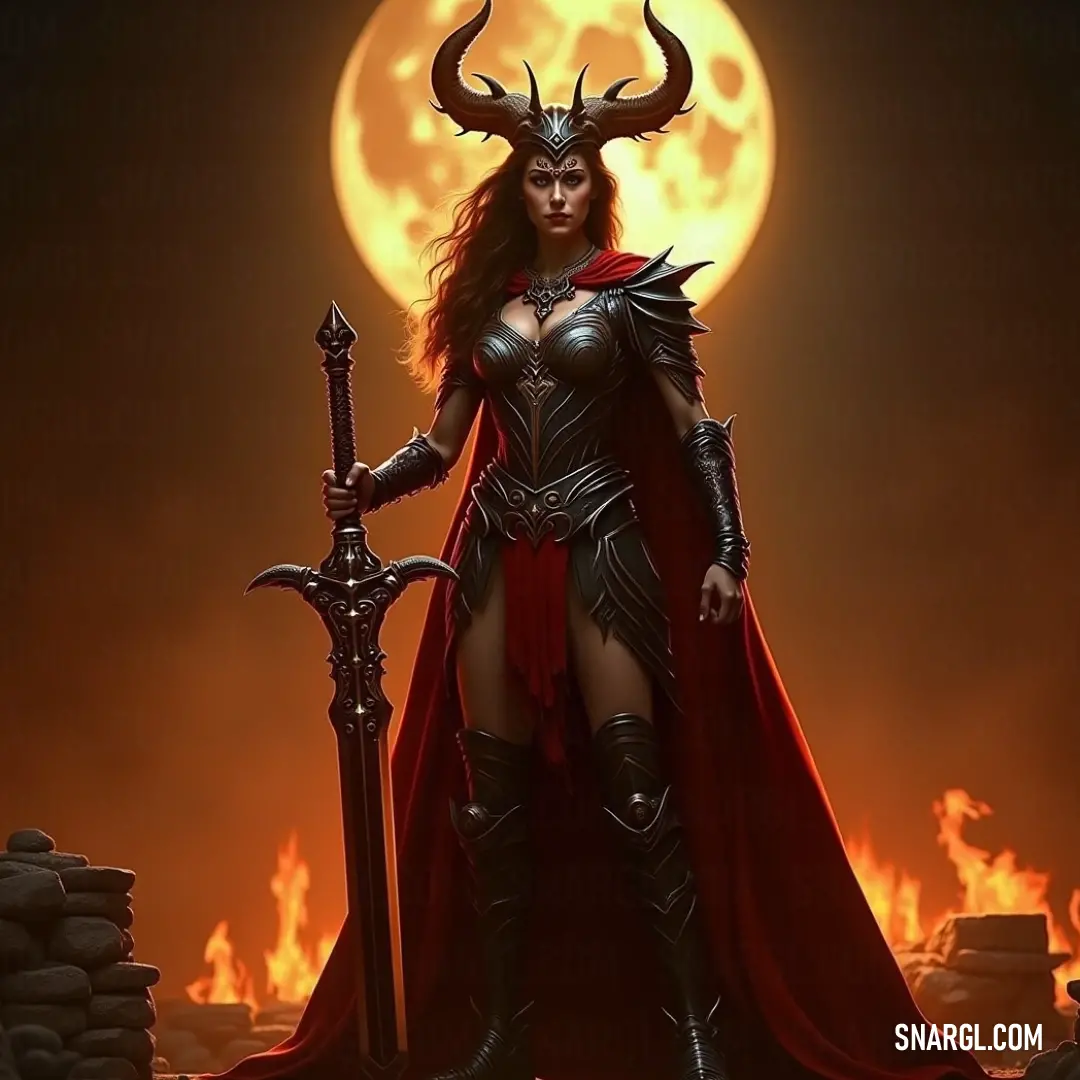
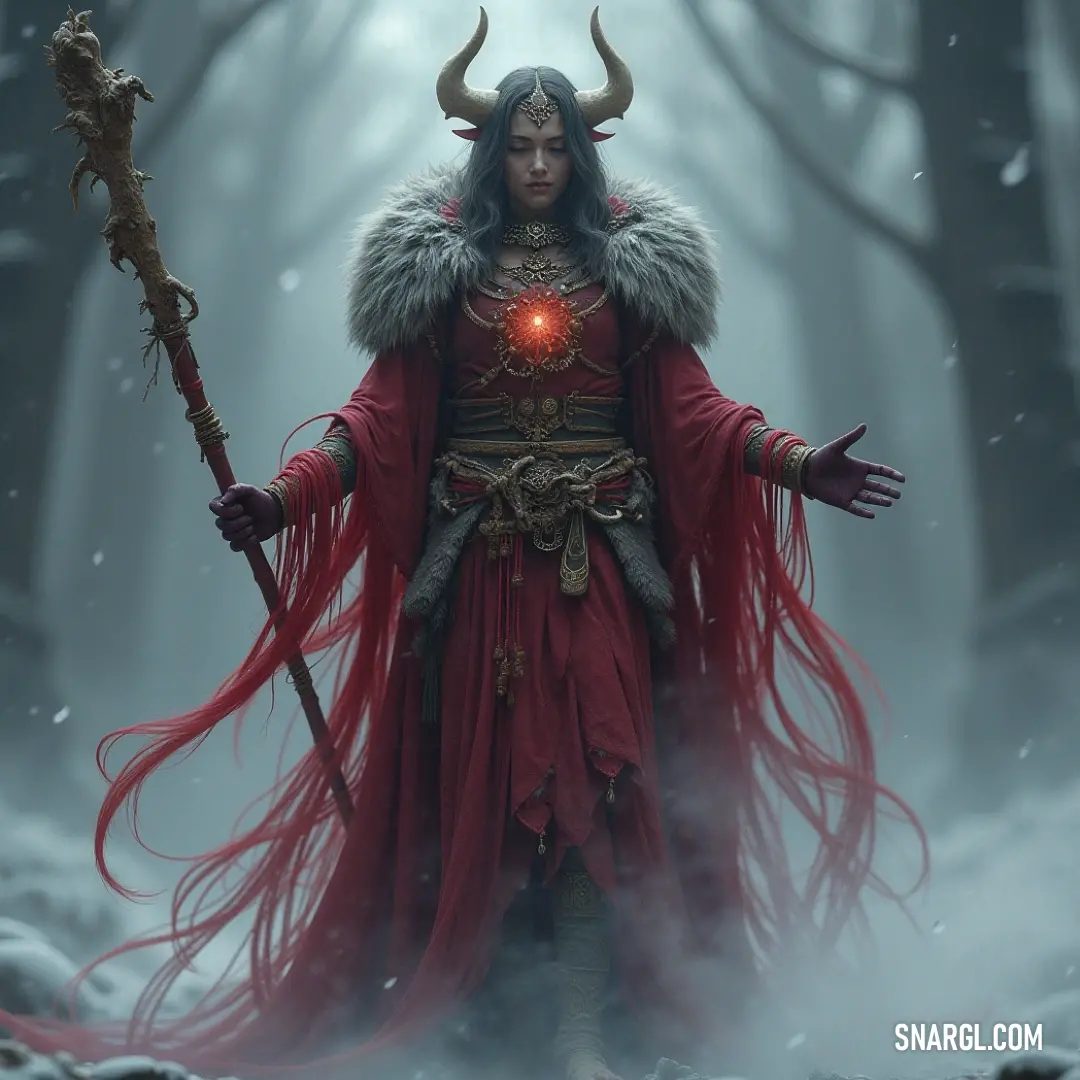


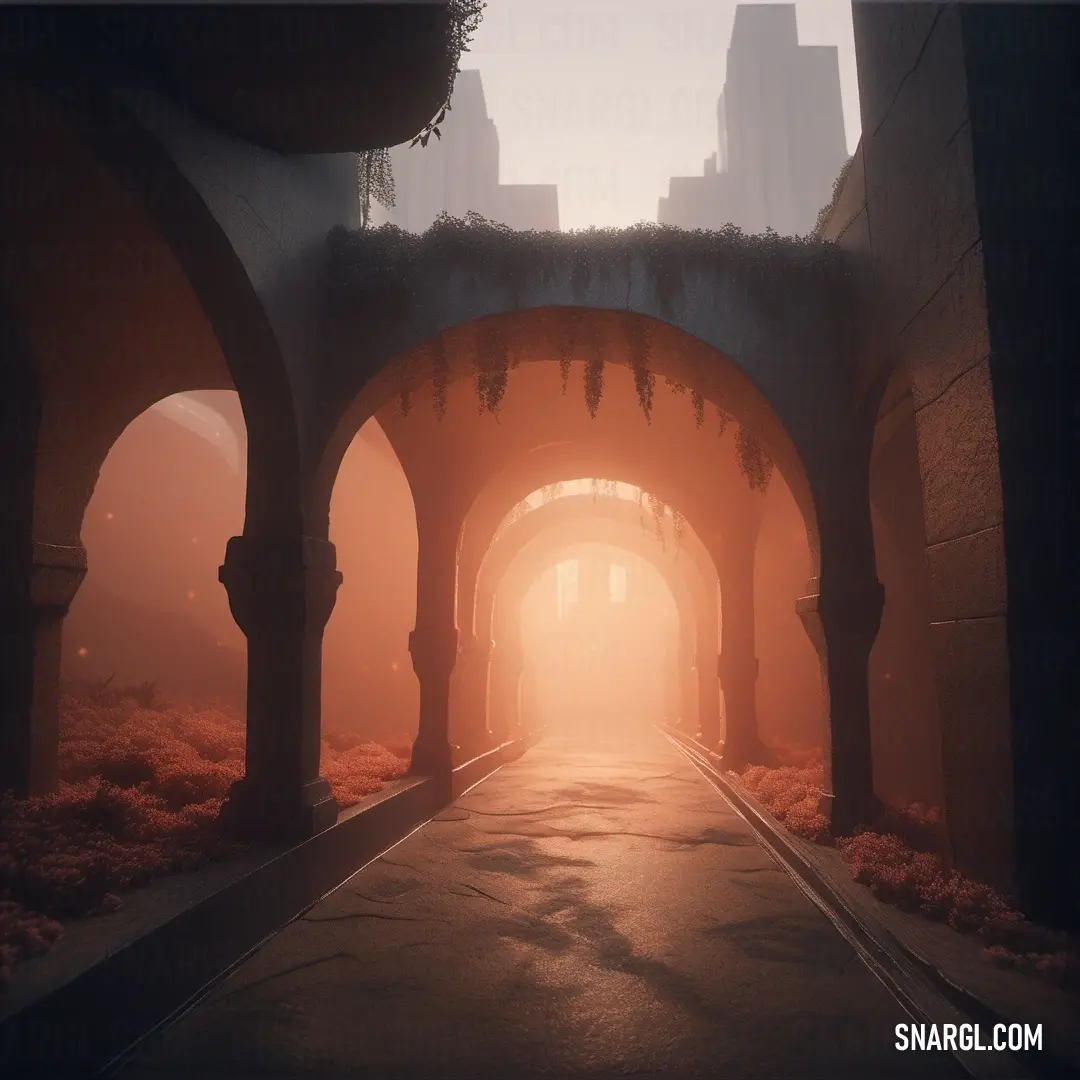
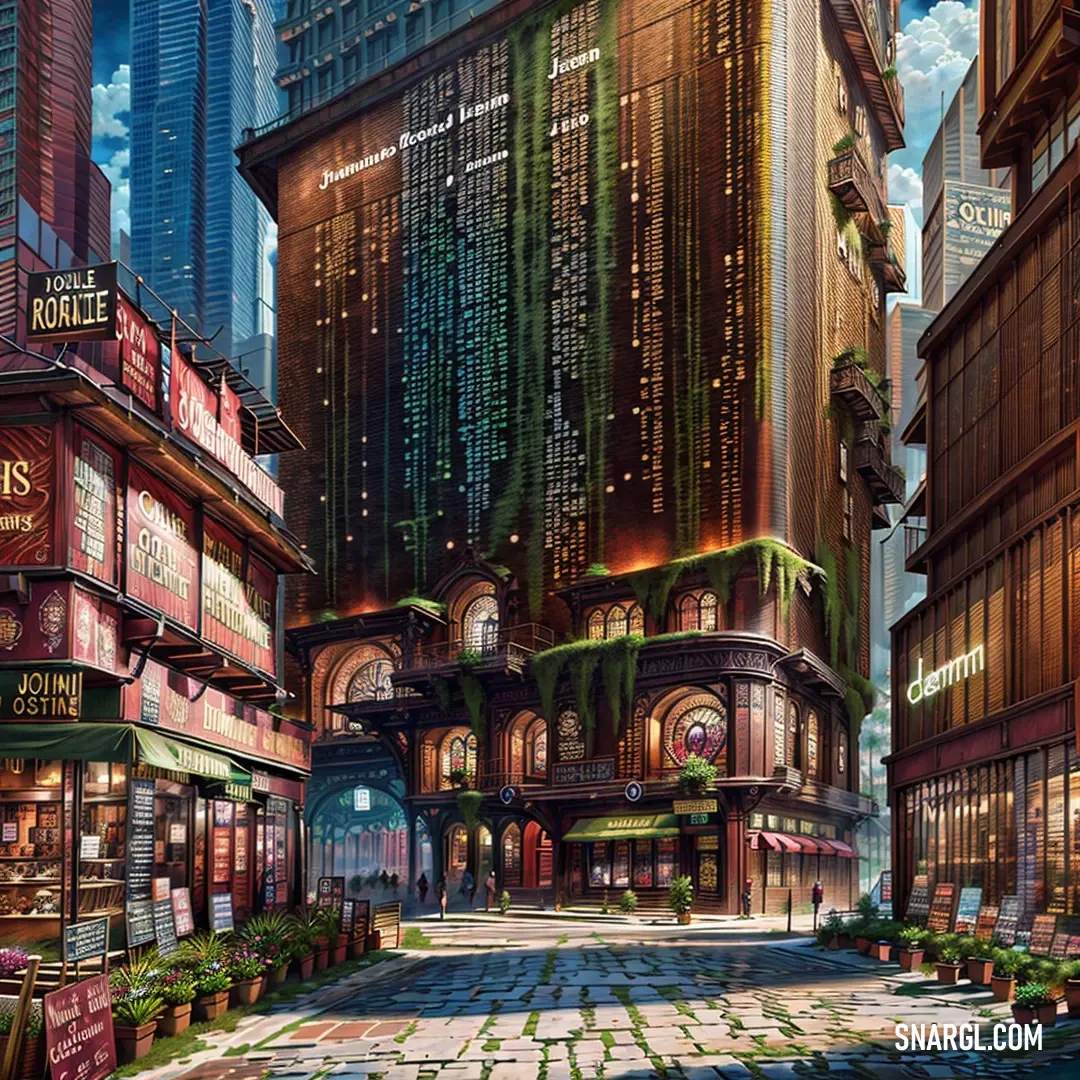
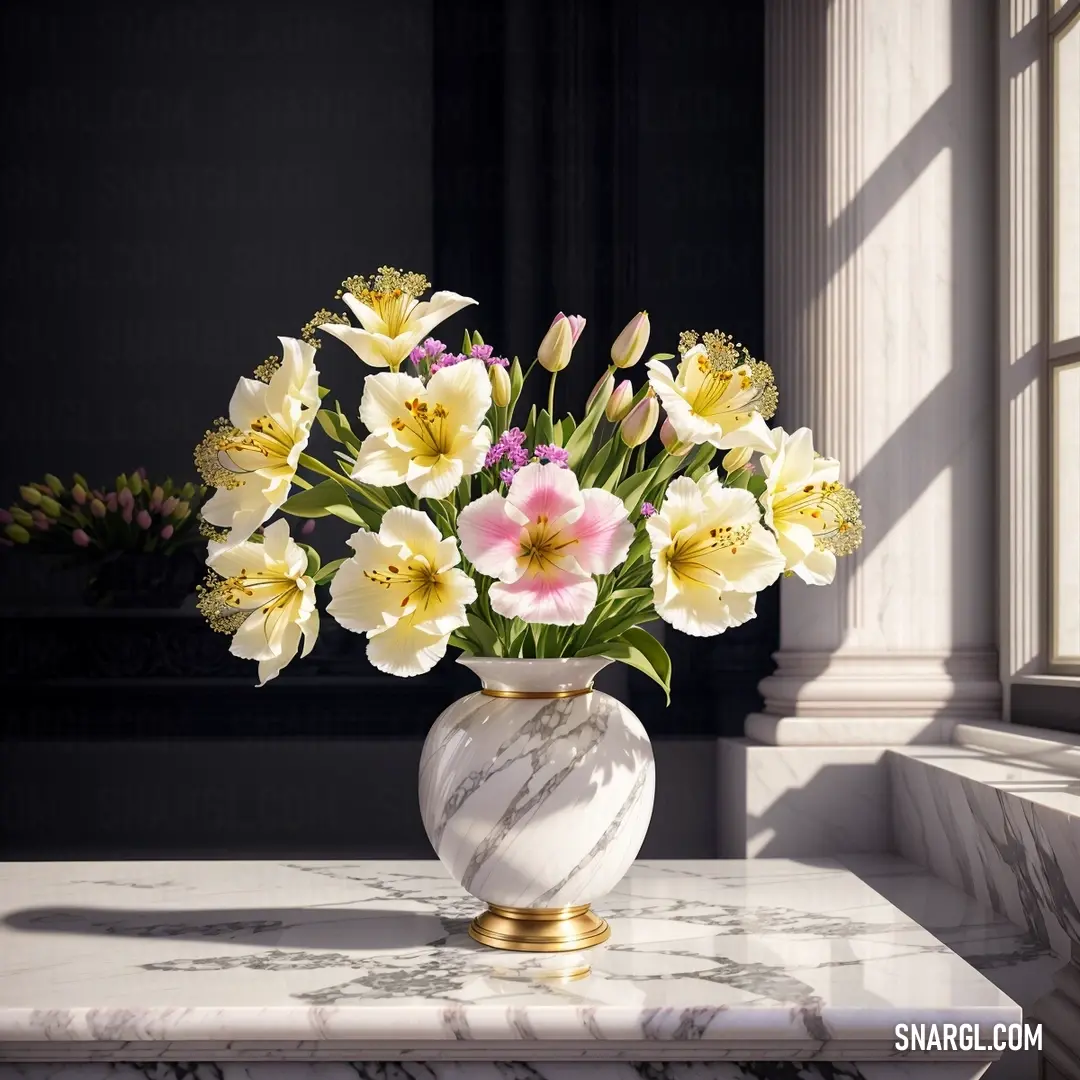
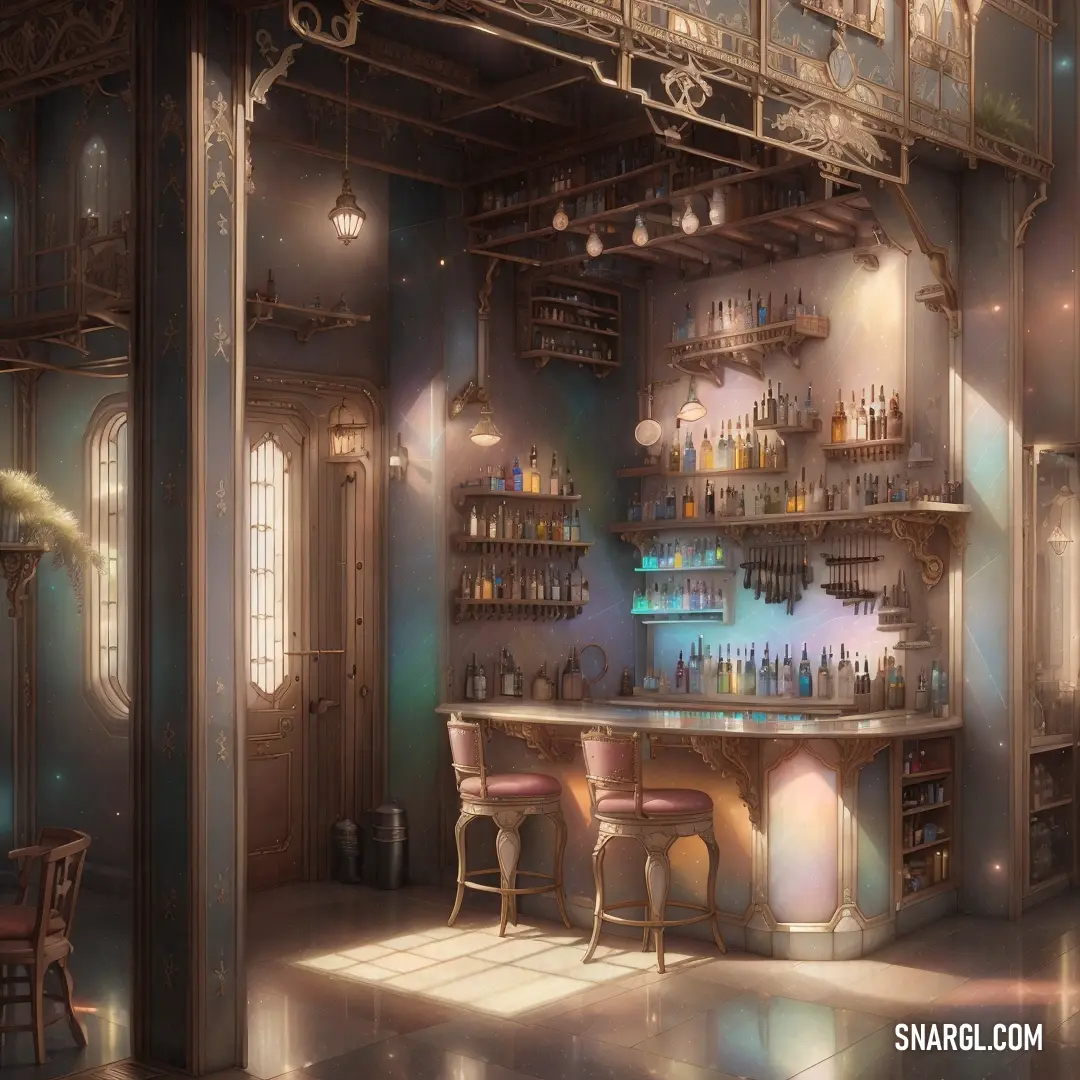

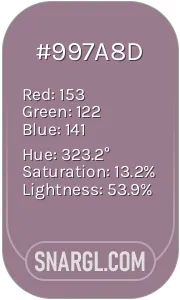 Mountbatten pink
Mountbatten pink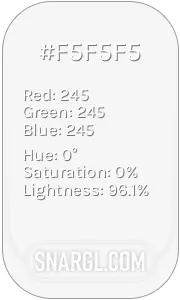 White smoke
White smoke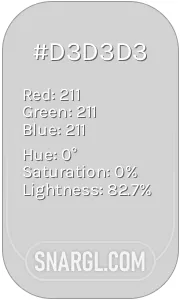 Light gray
Light gray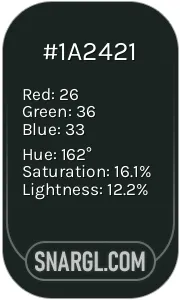 Dark jungle green
Dark jungle green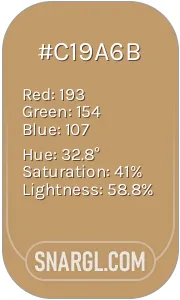 Camel
Camel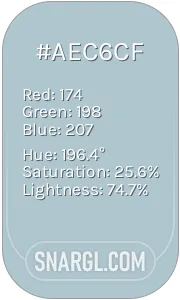 Pastel blue
Pastel blue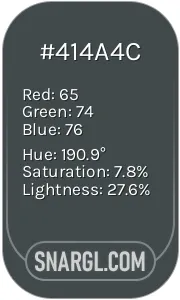 Outer Space
Outer Space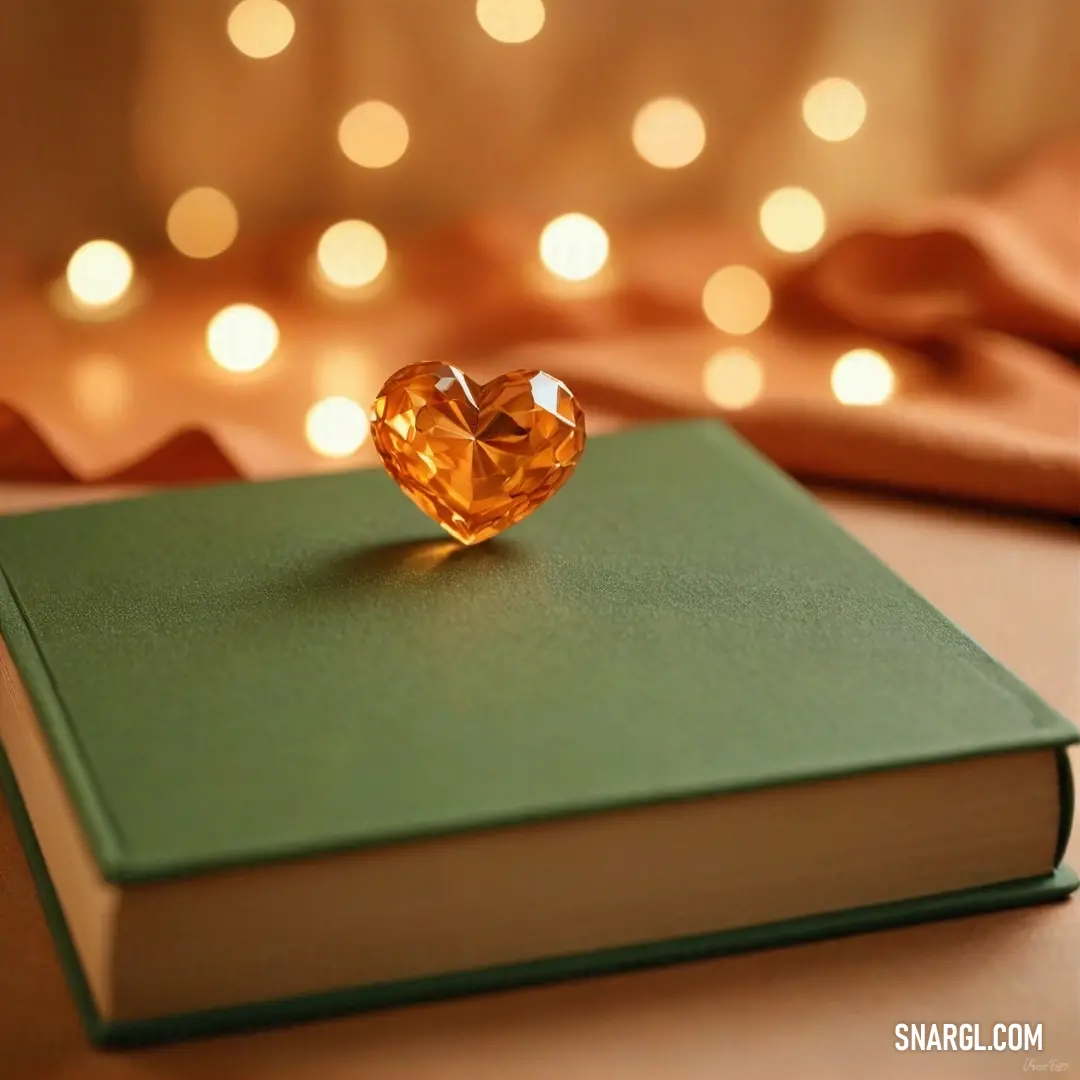
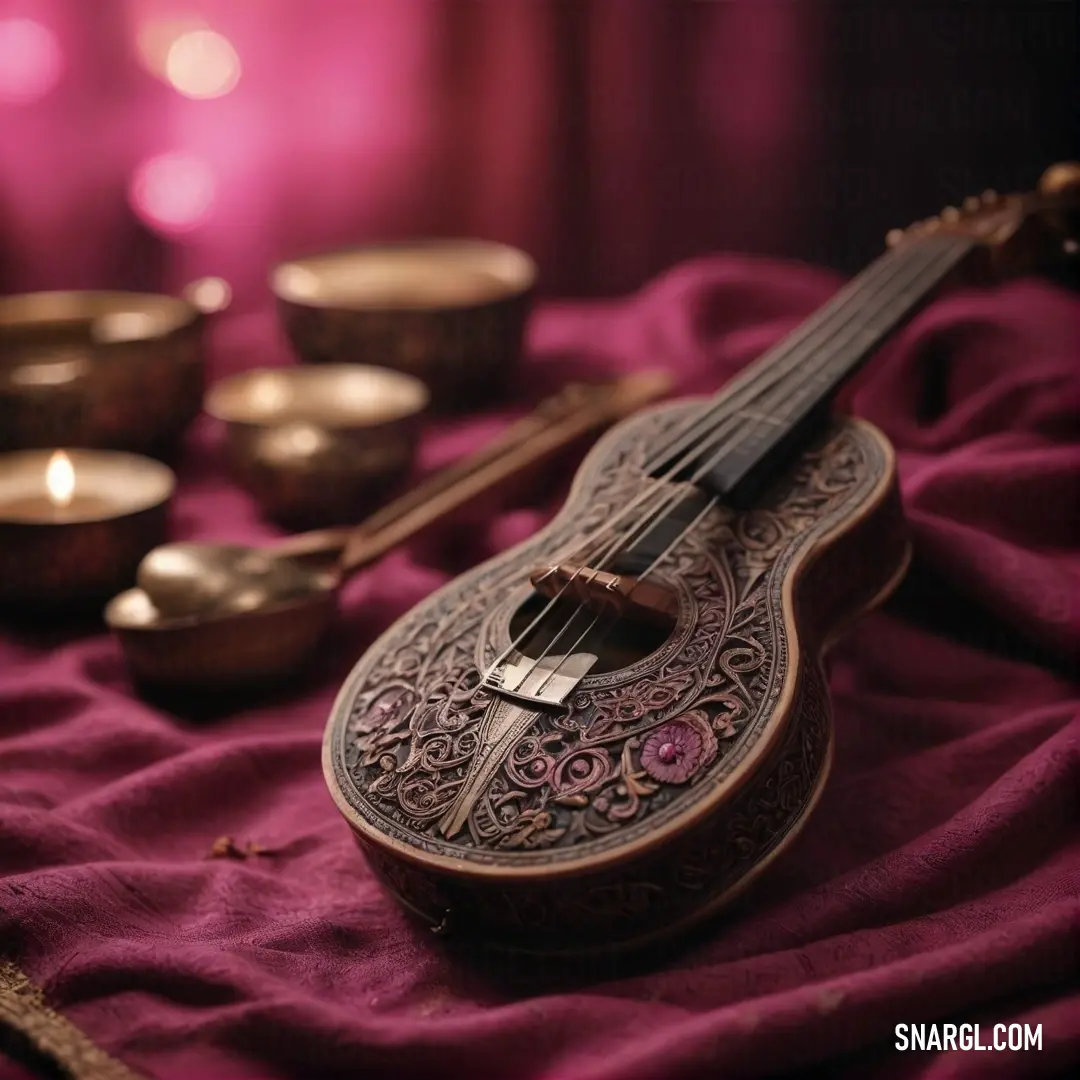
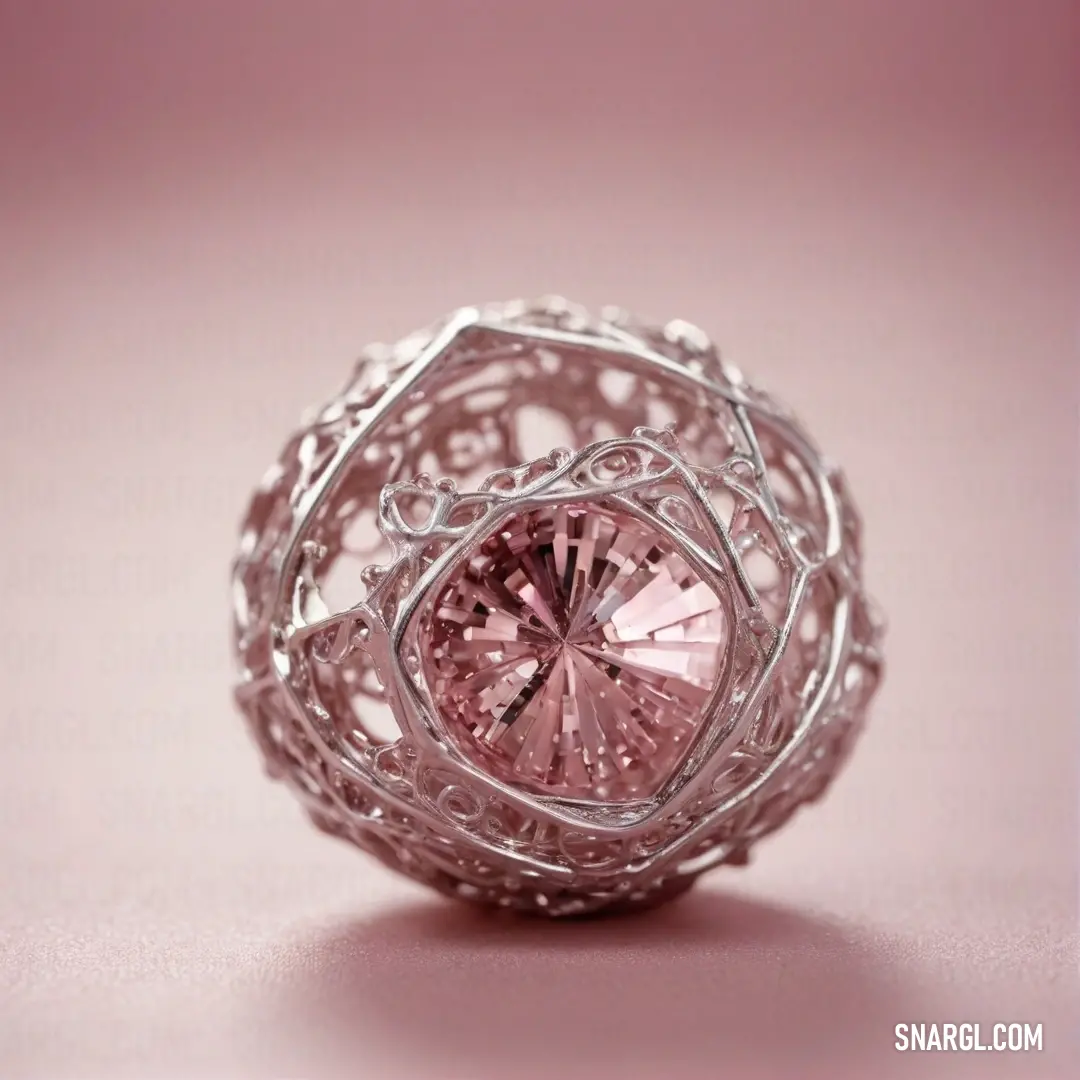
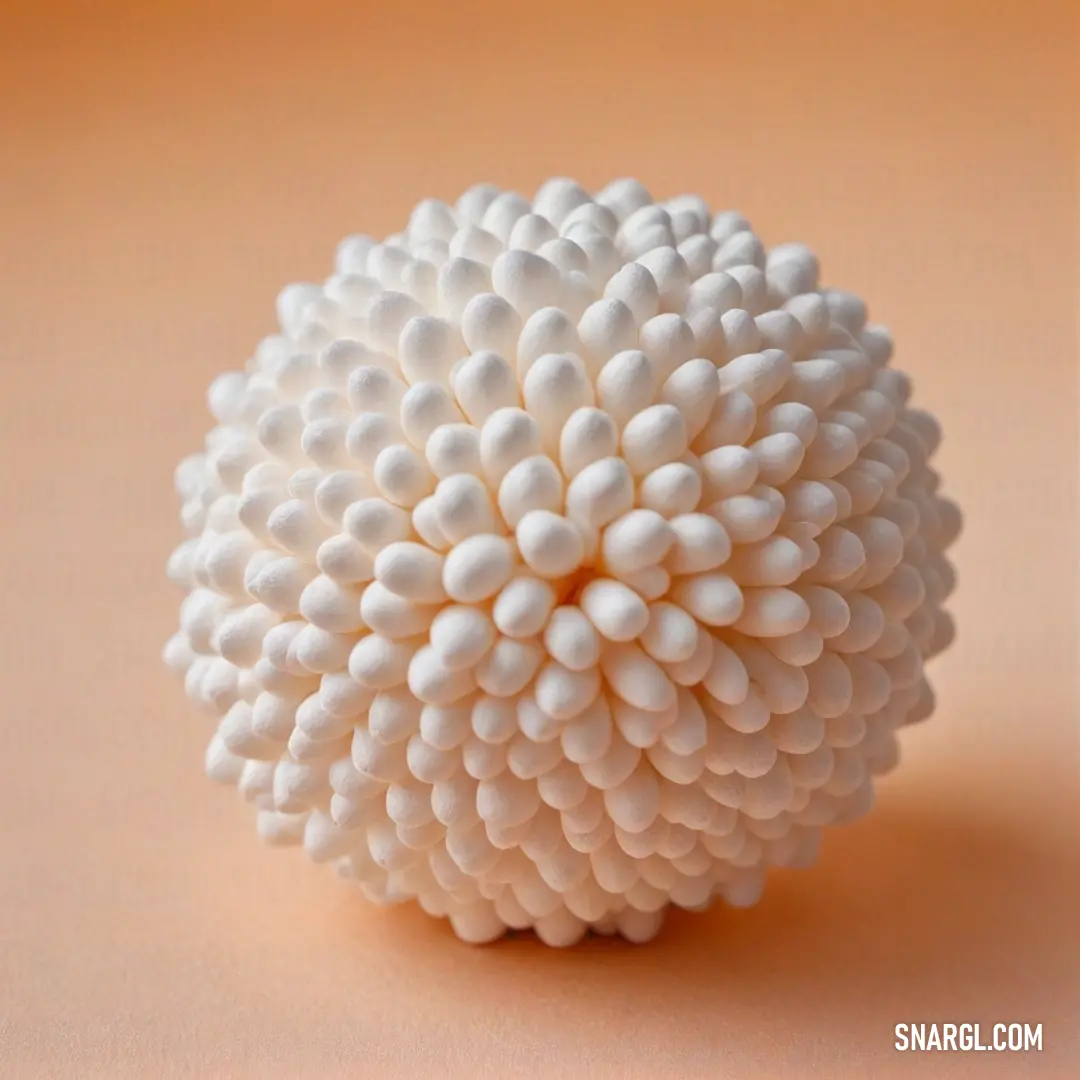
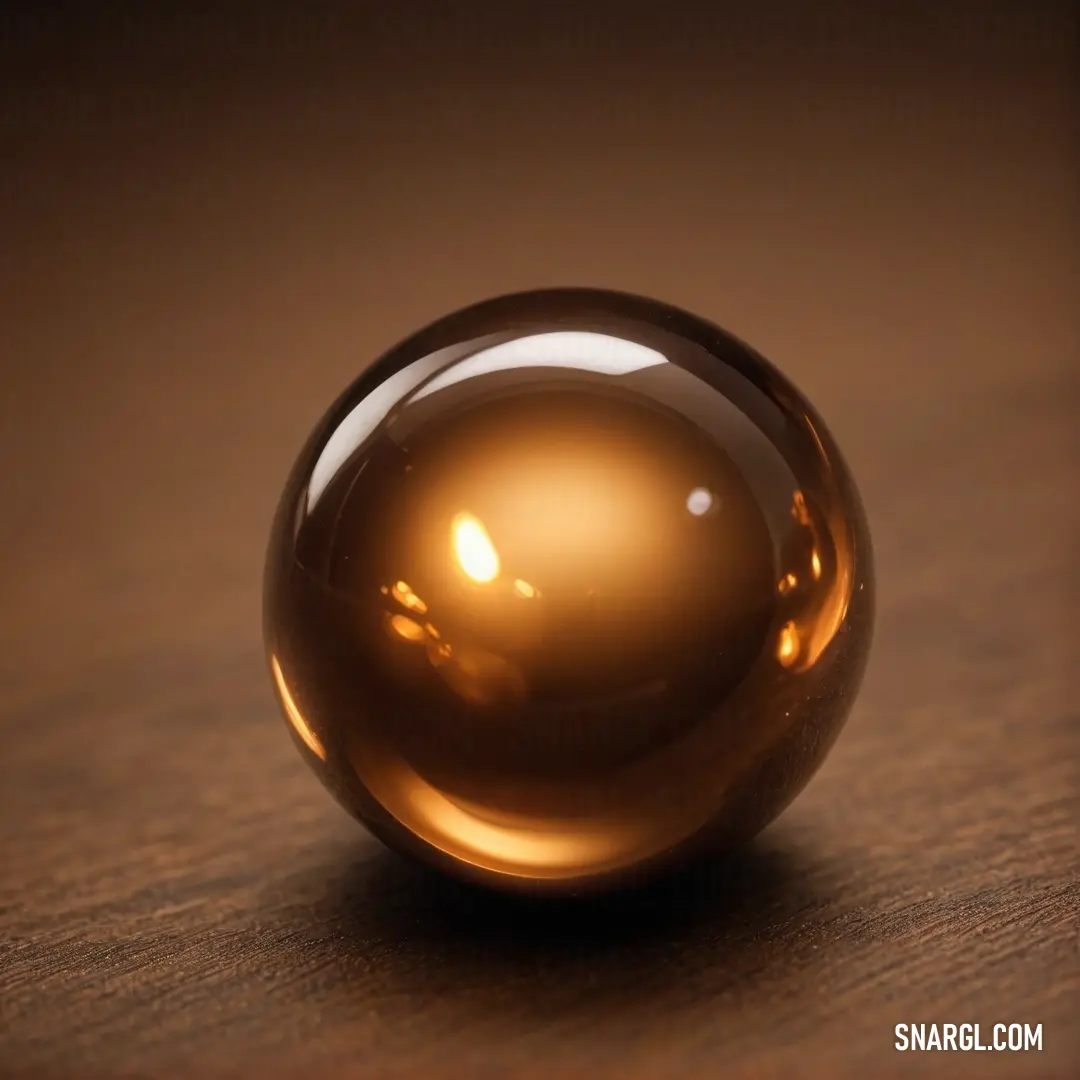
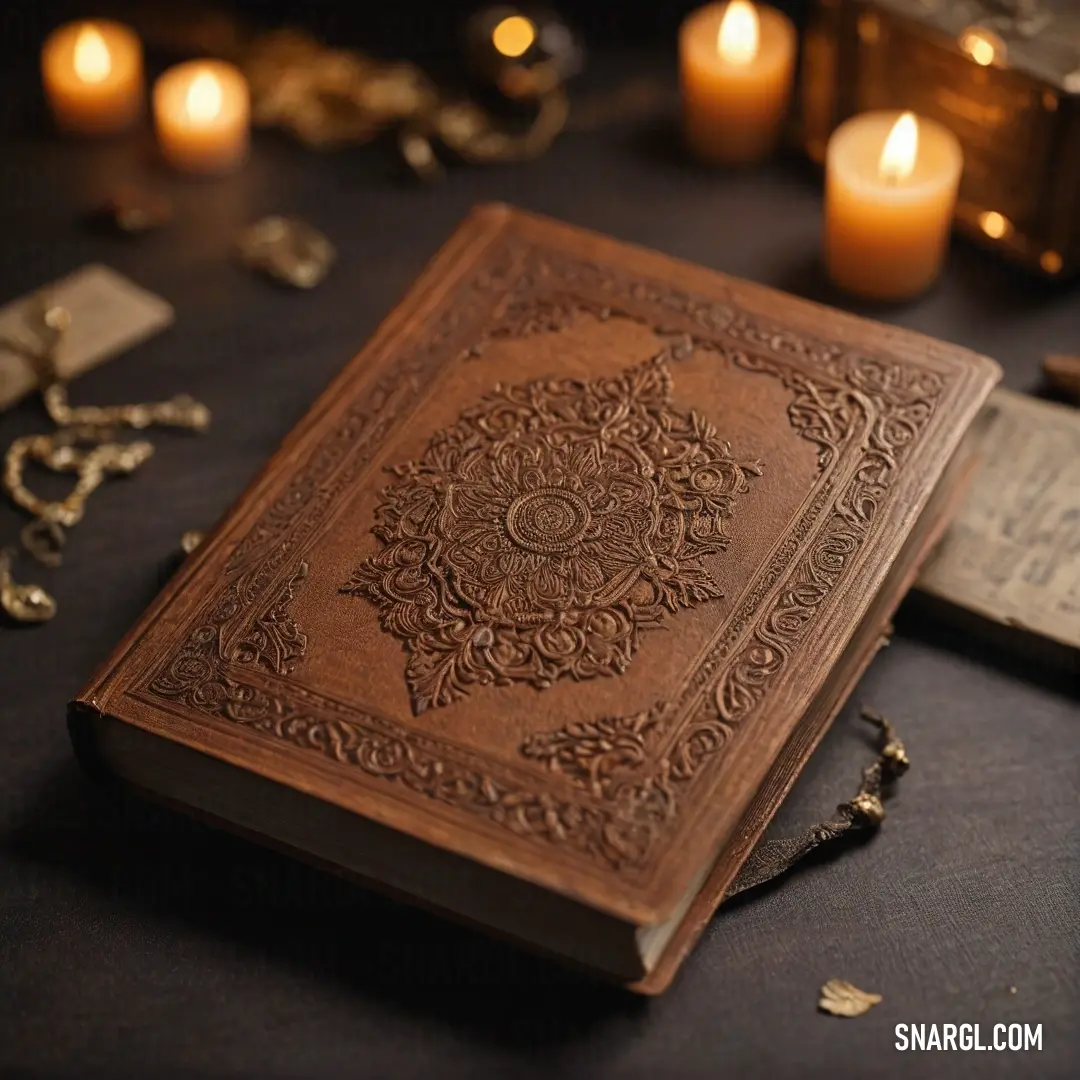
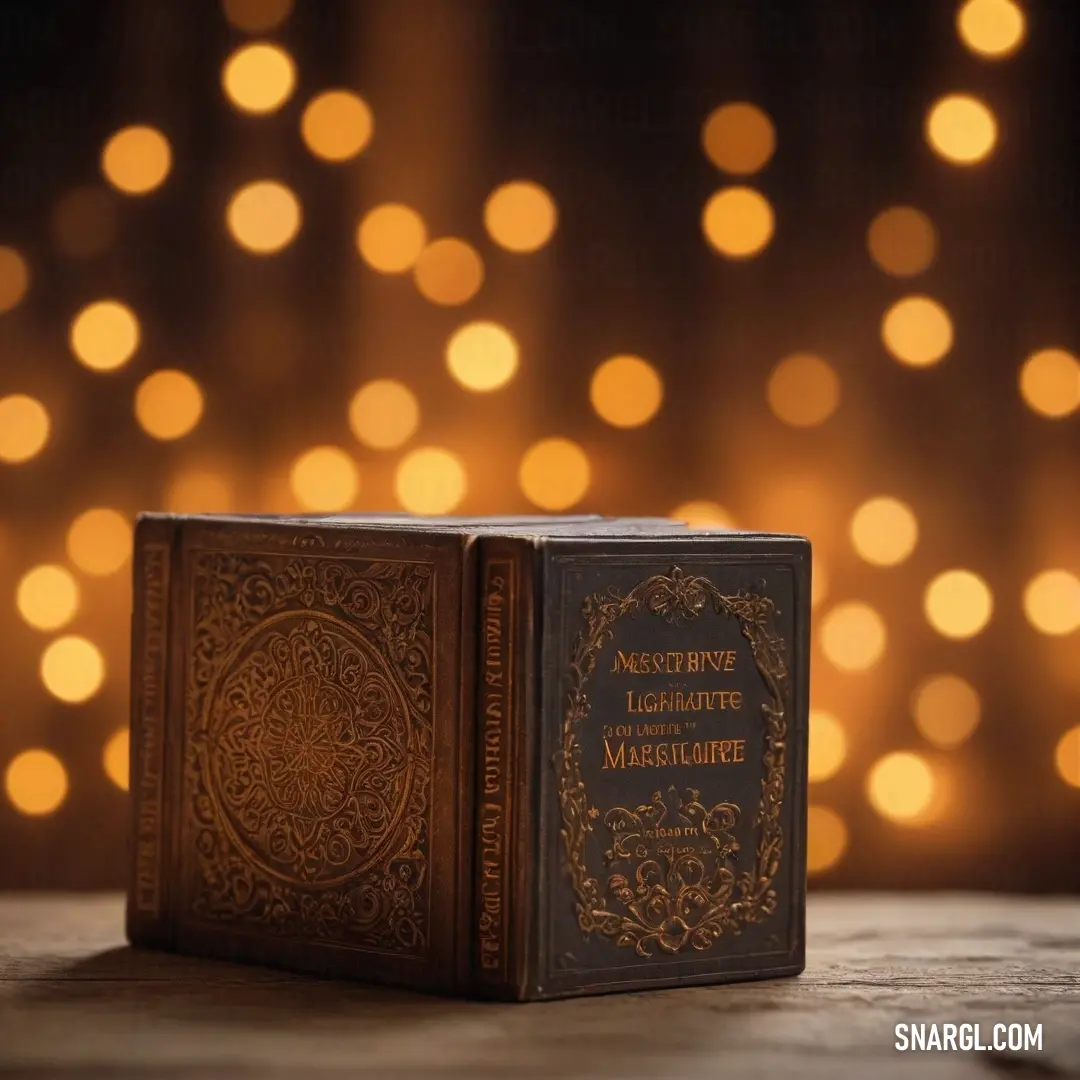
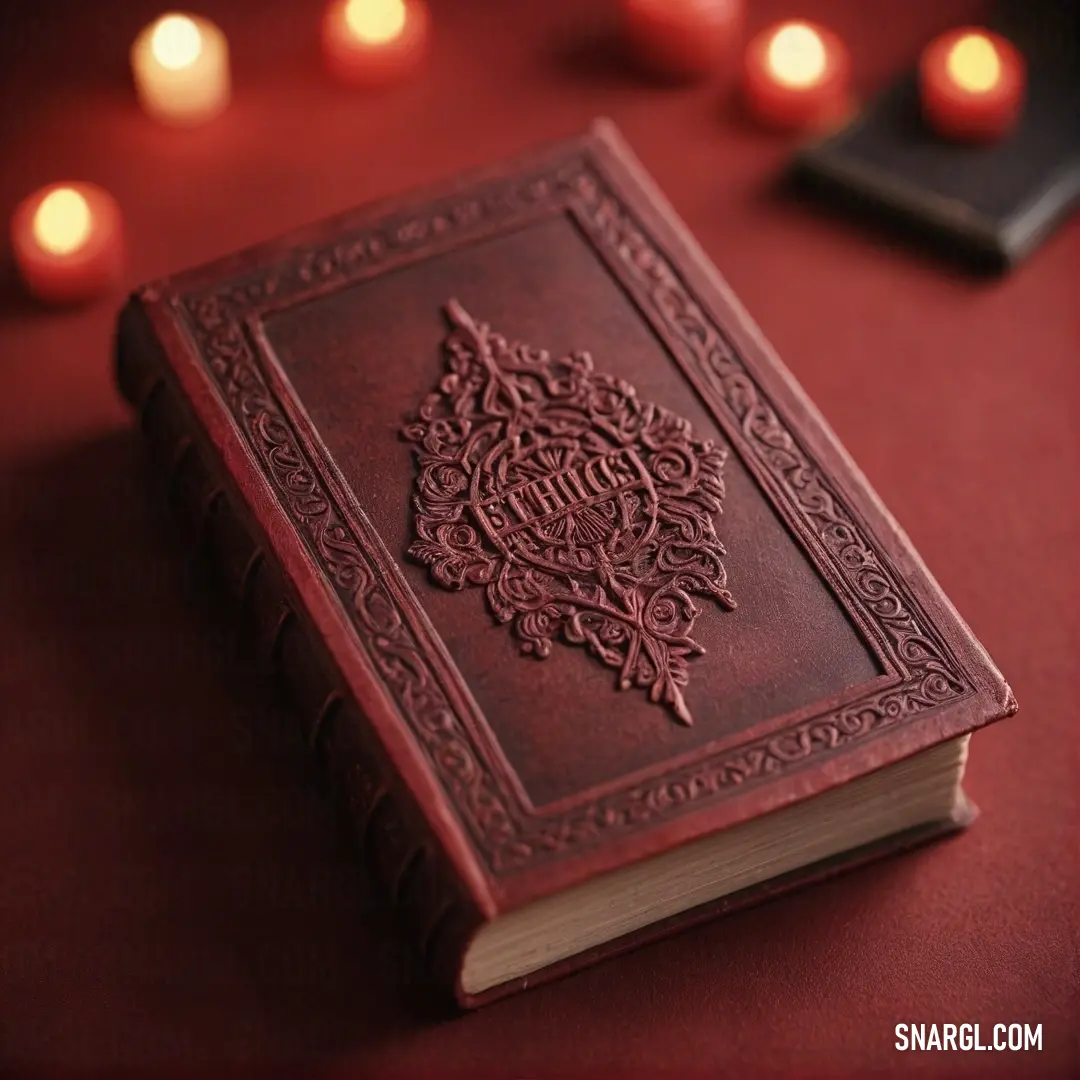
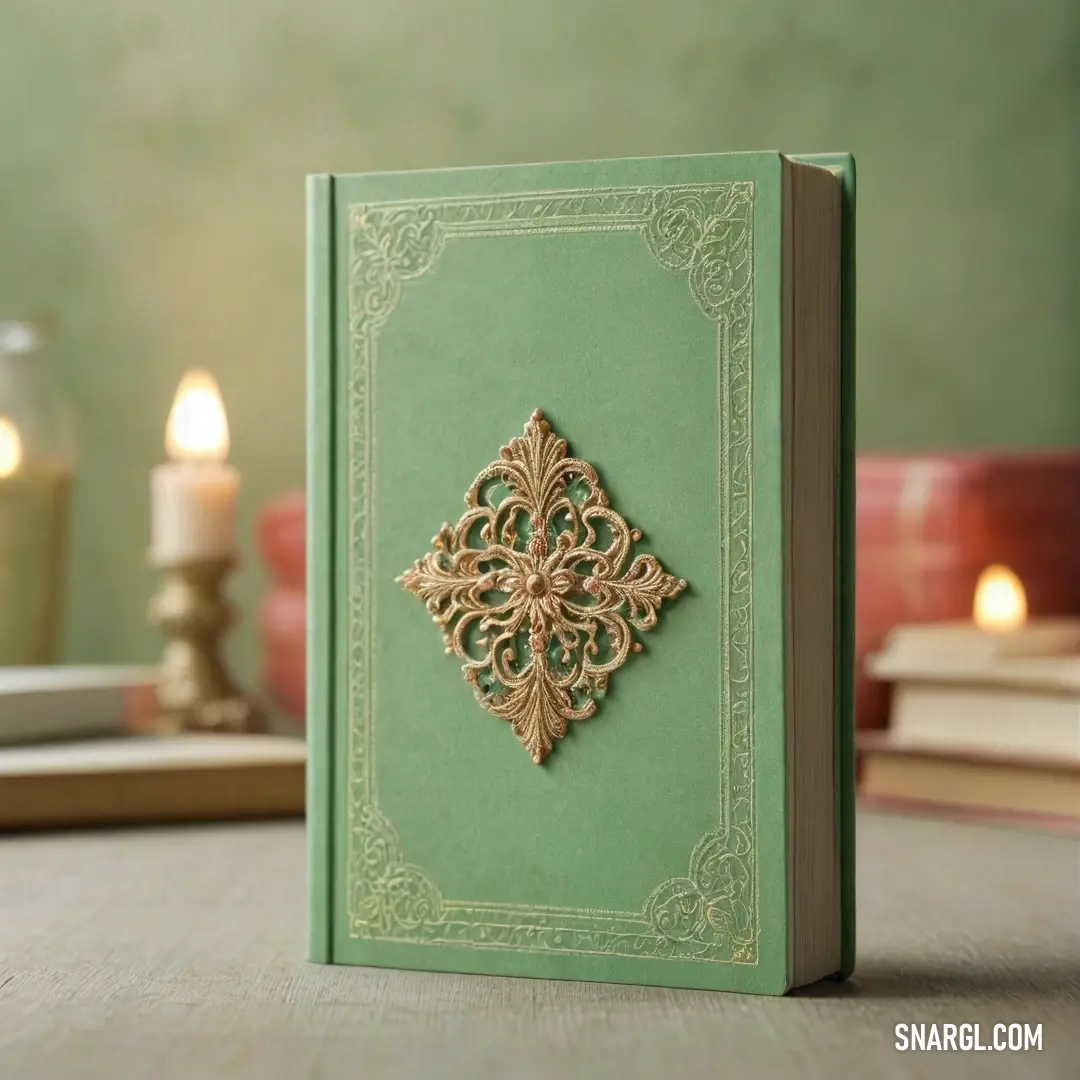
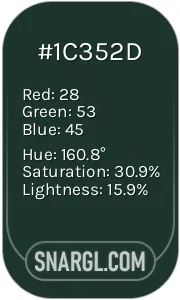 Medium jungle green
Medium jungle green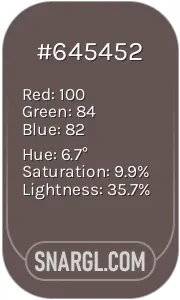 Wenge
Wenge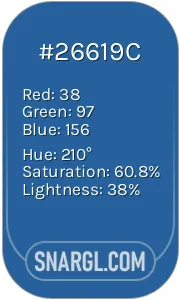 Lapis lazuli
Lapis lazuli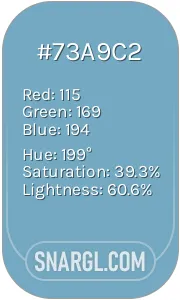 Moonstone blue
Moonstone blue
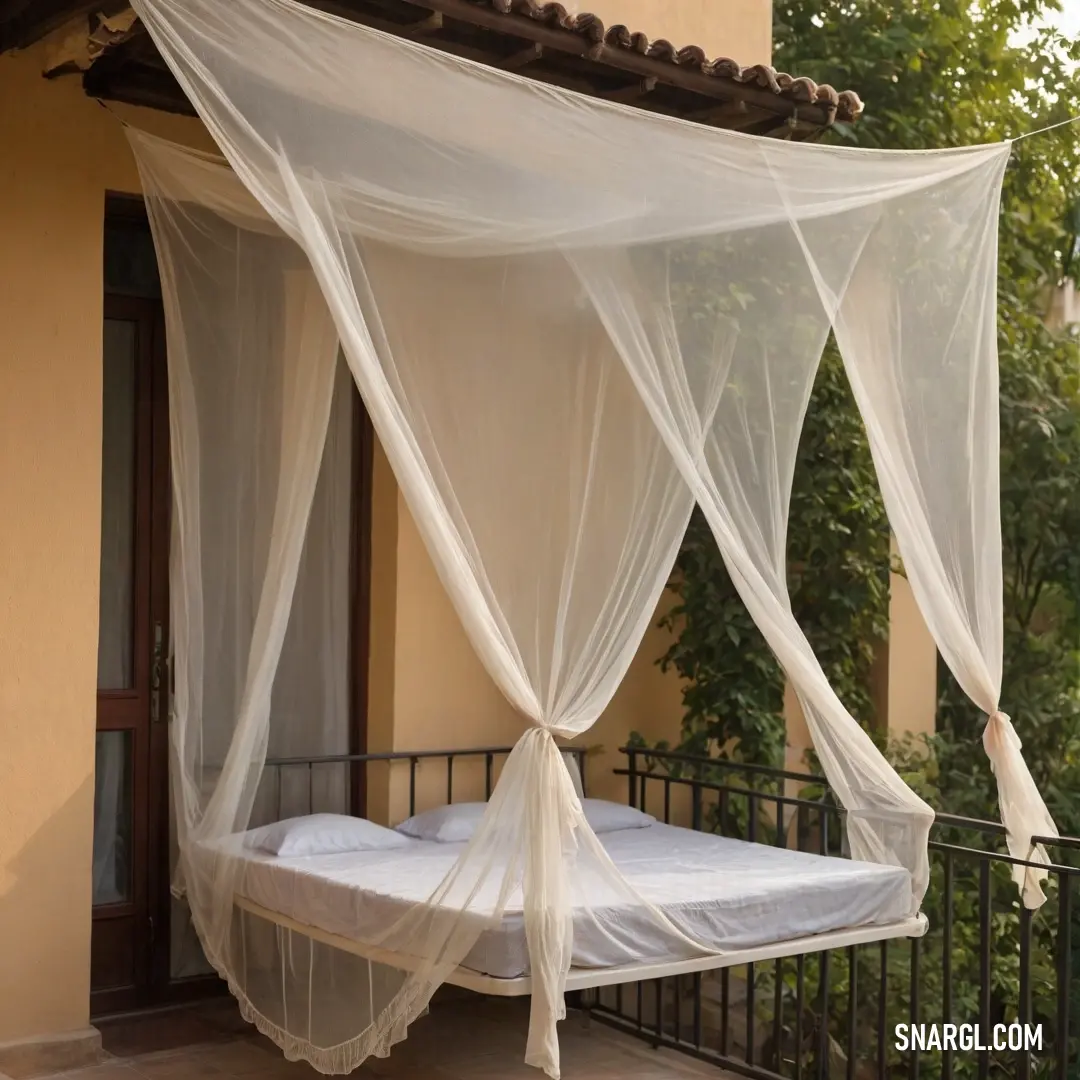


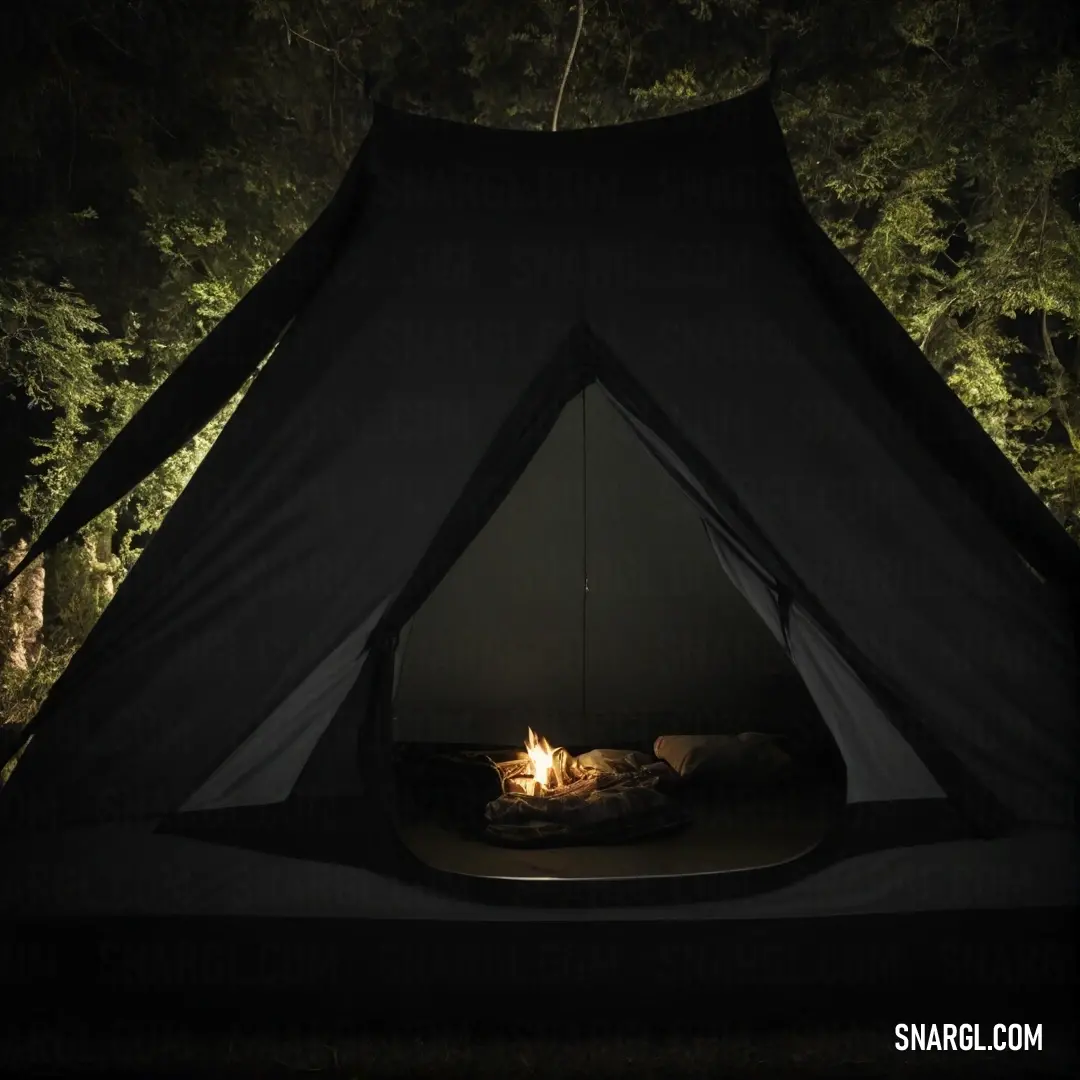

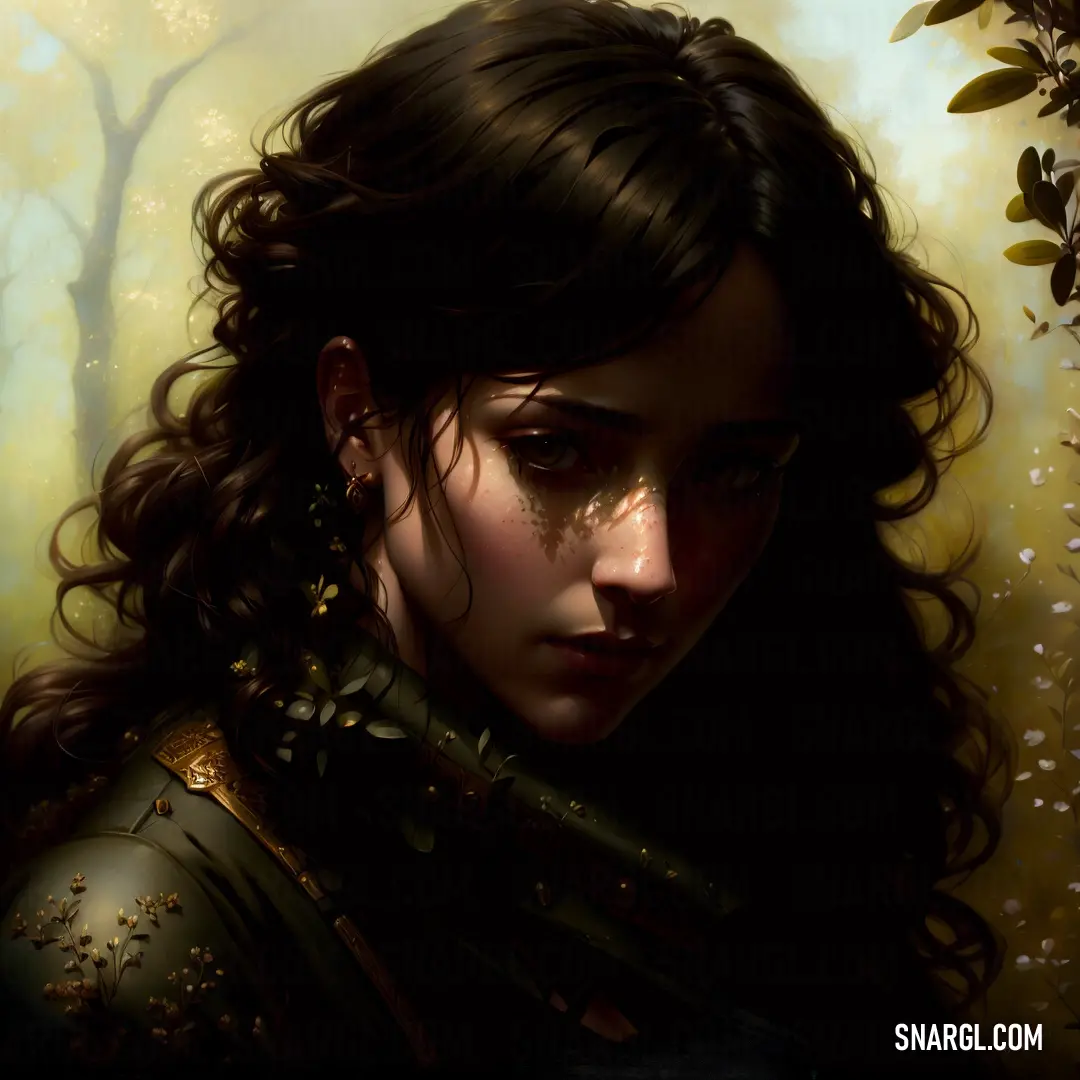

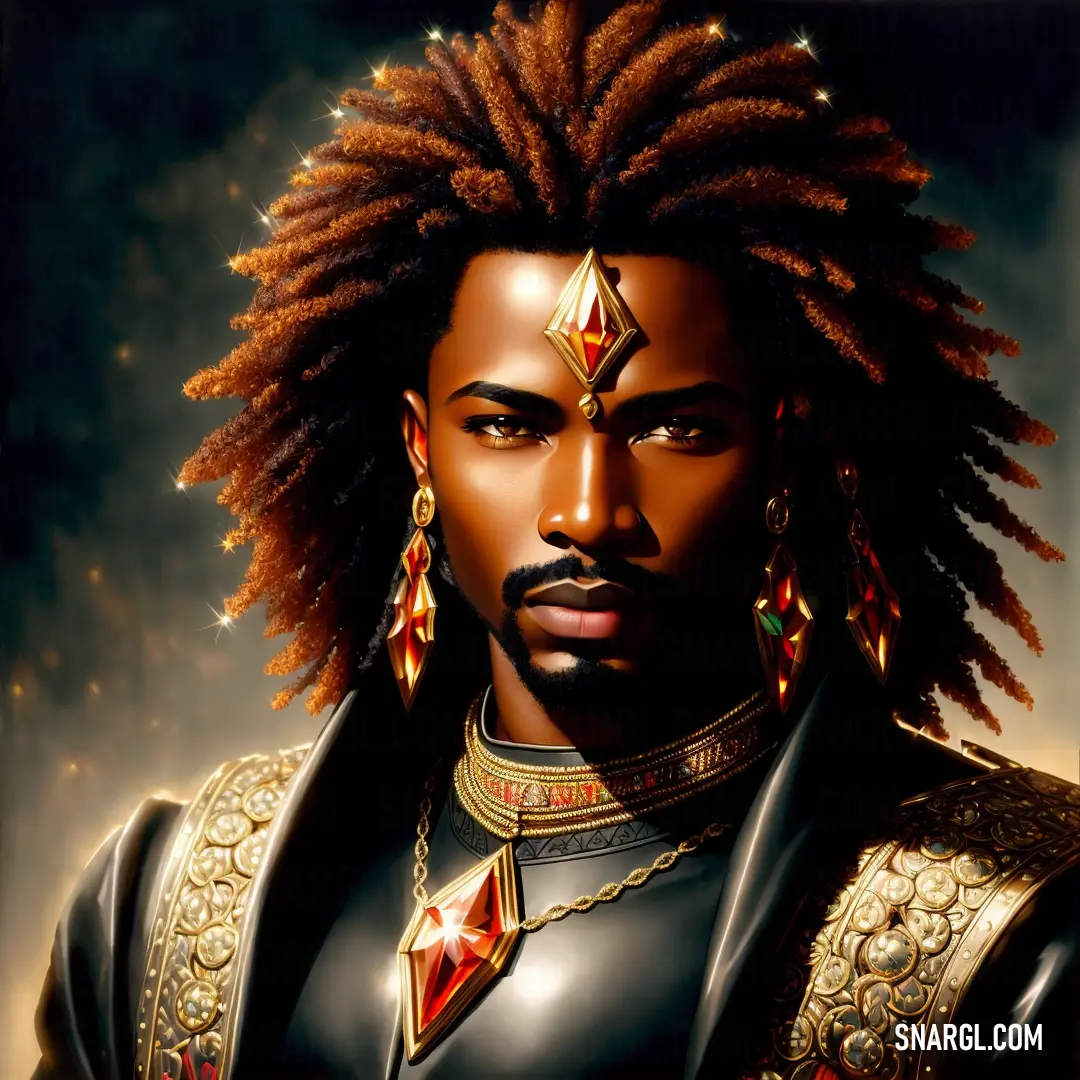
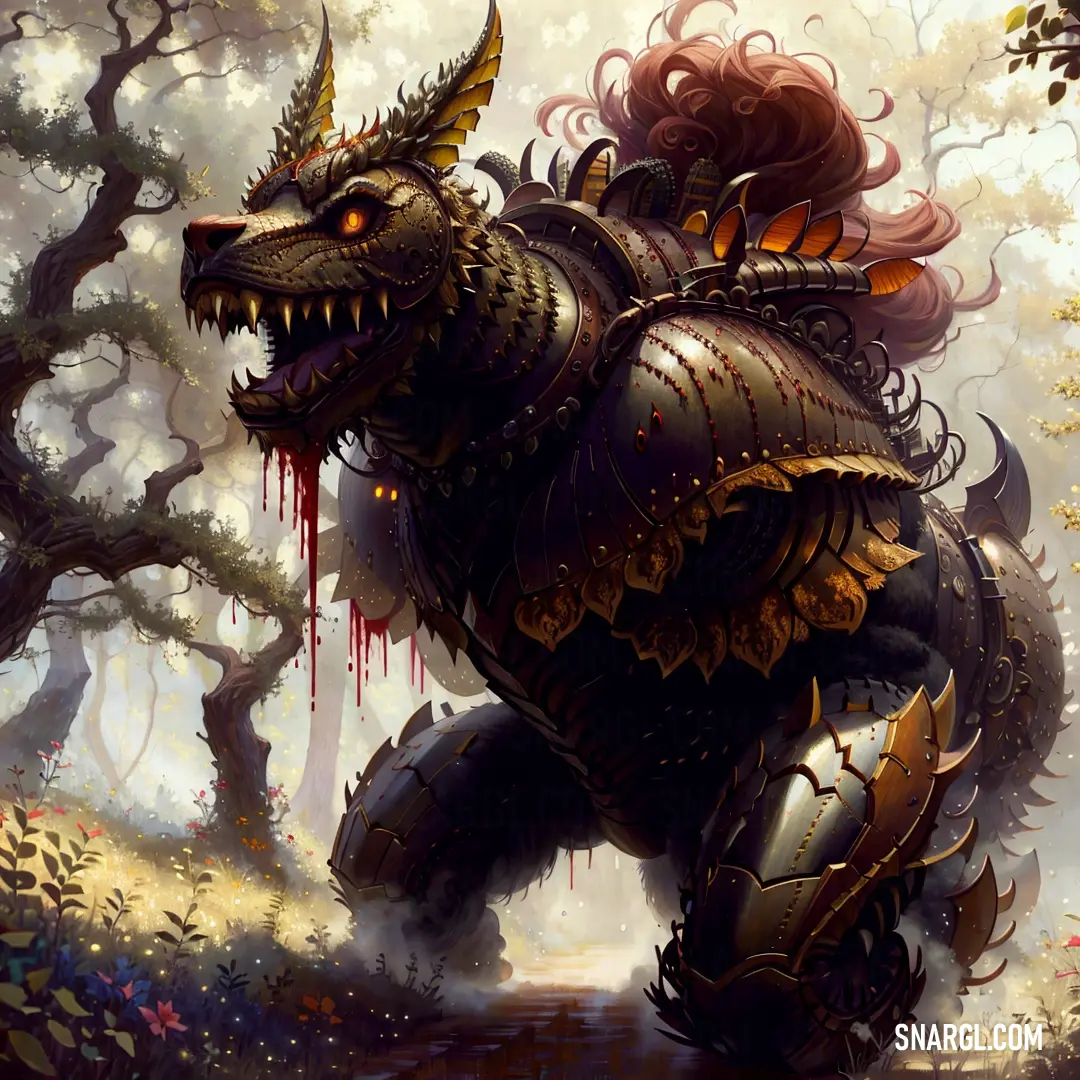
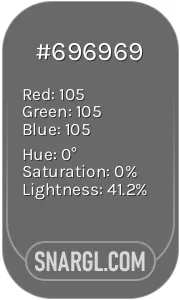 Dim gray
Dim gray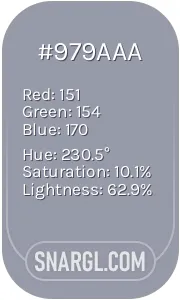 Manatee
Manatee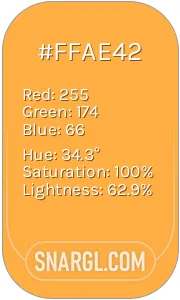 Yellow Orange
Yellow Orange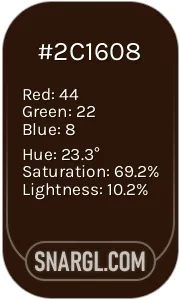 Zinnwaldite
Zinnwaldite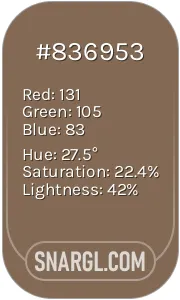 Pastel brown
Pastel brown



























